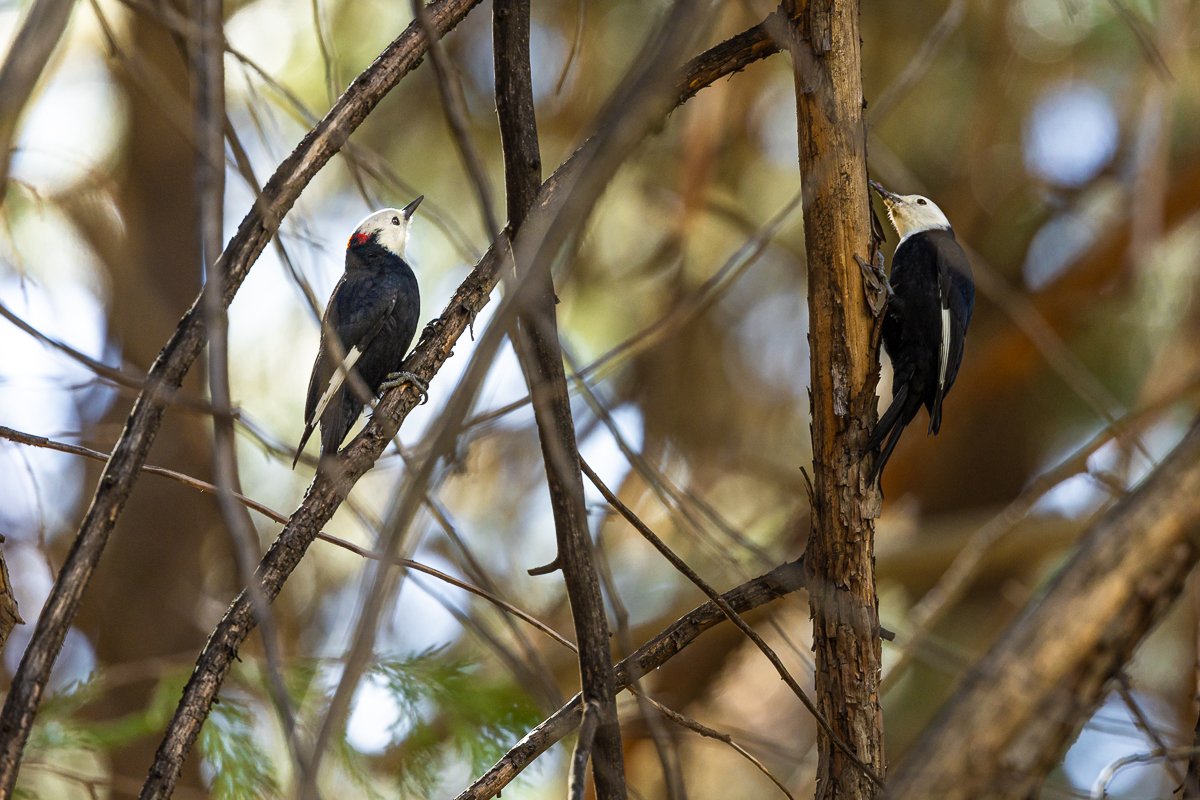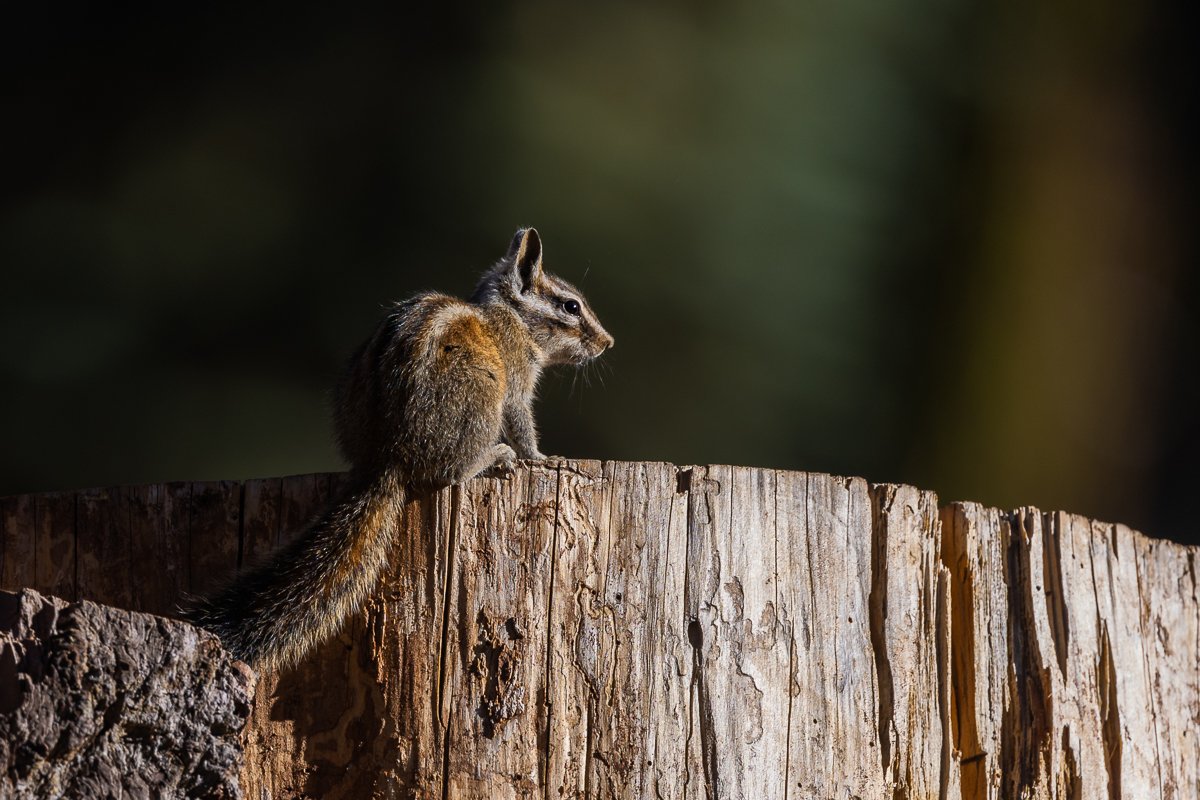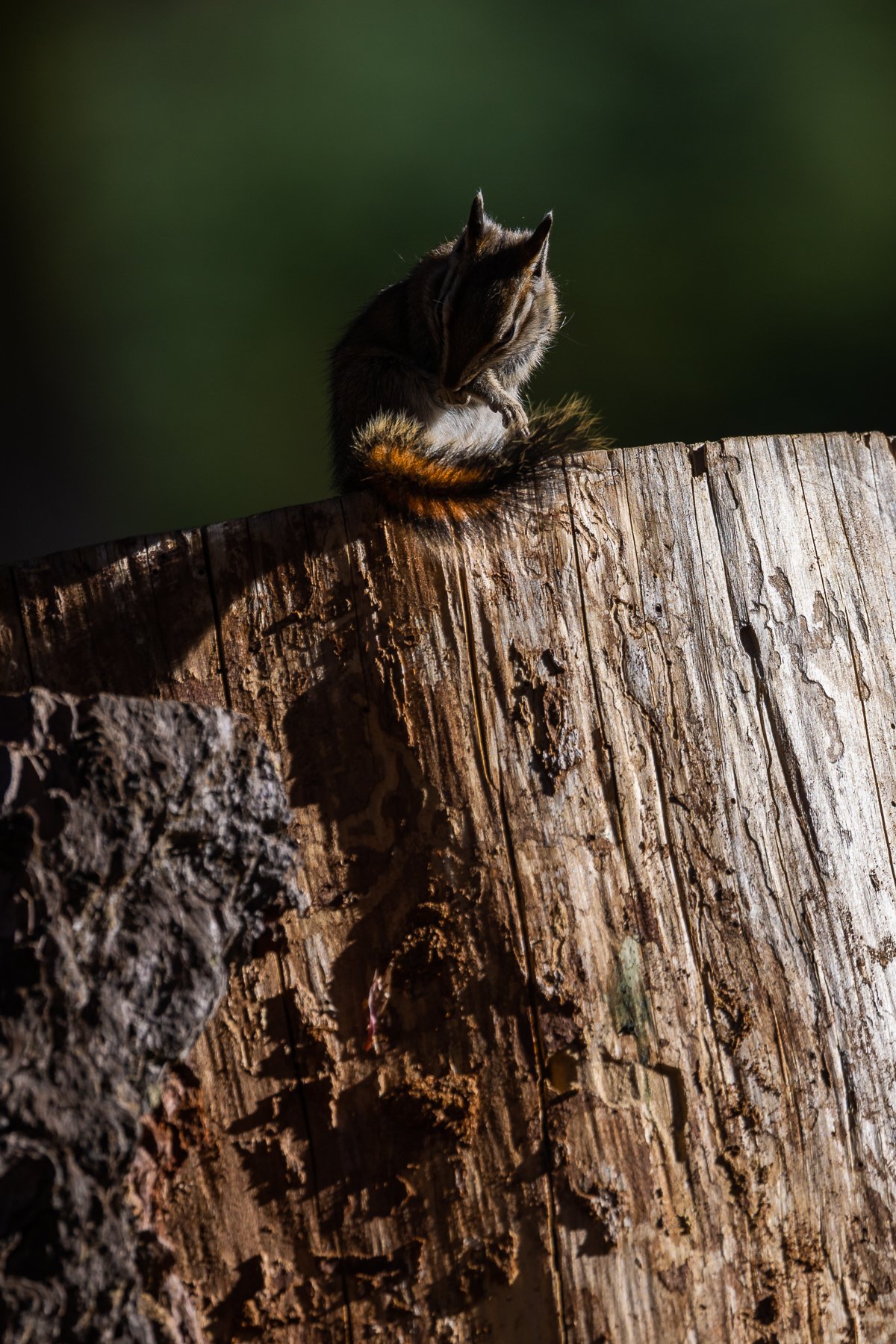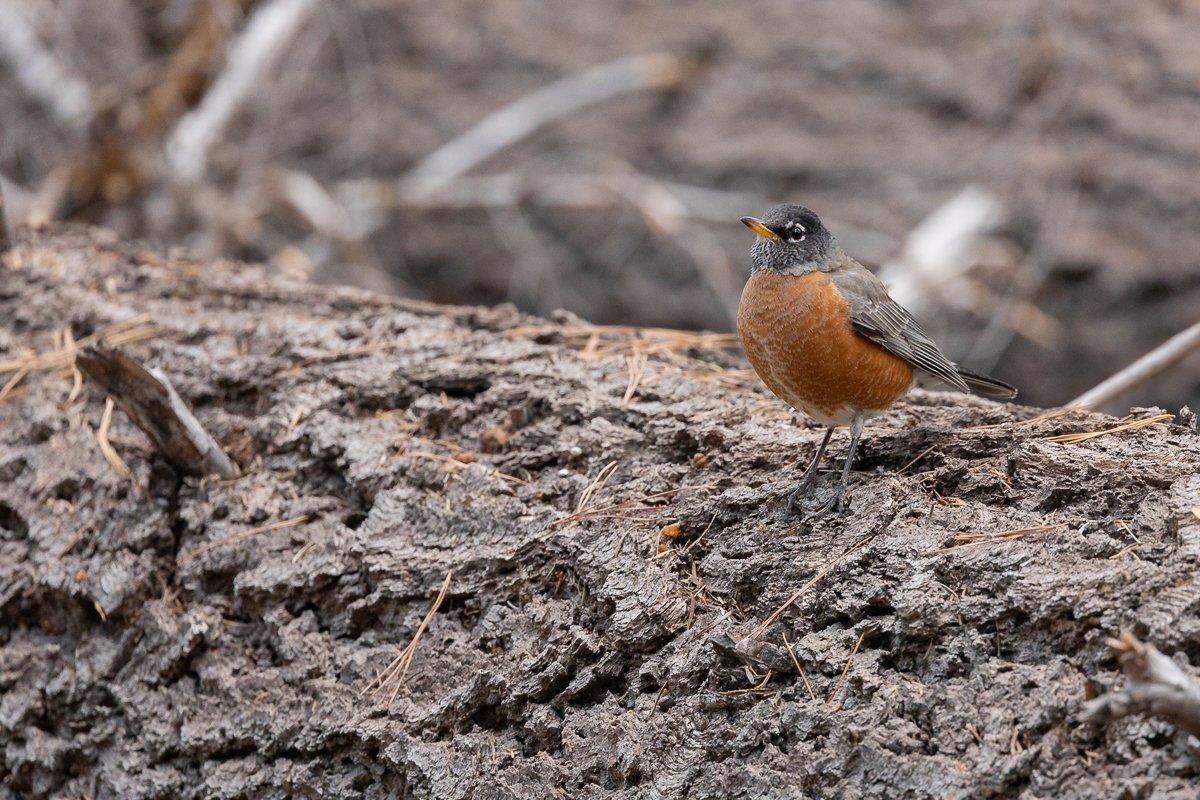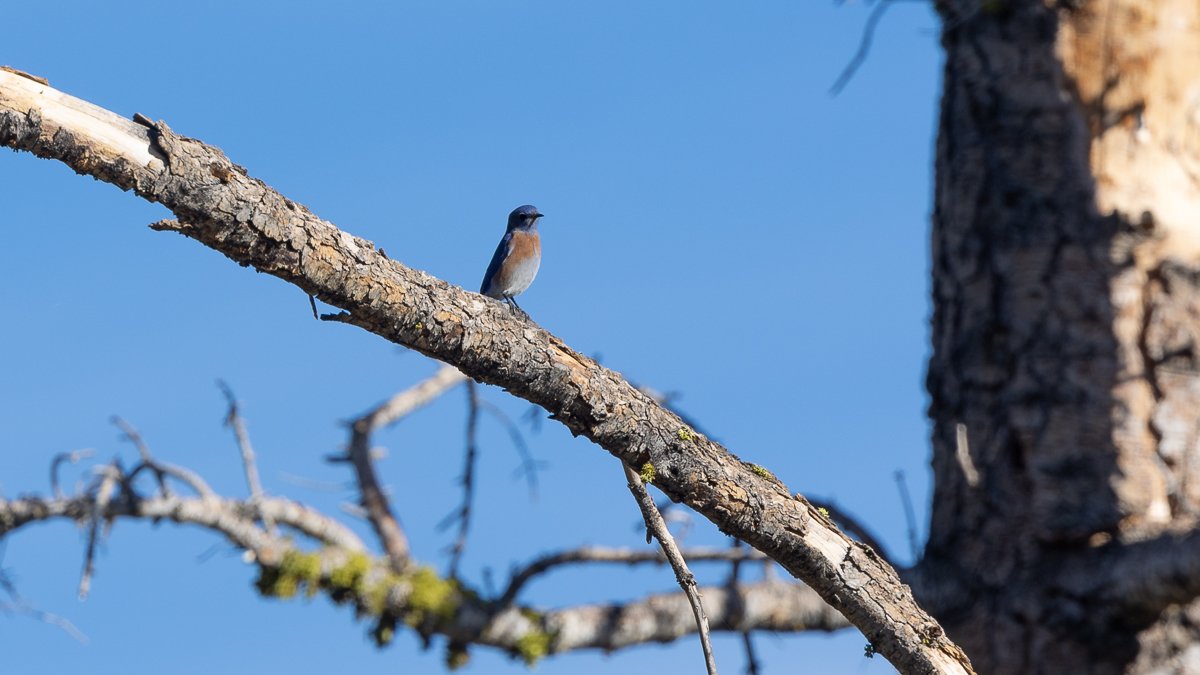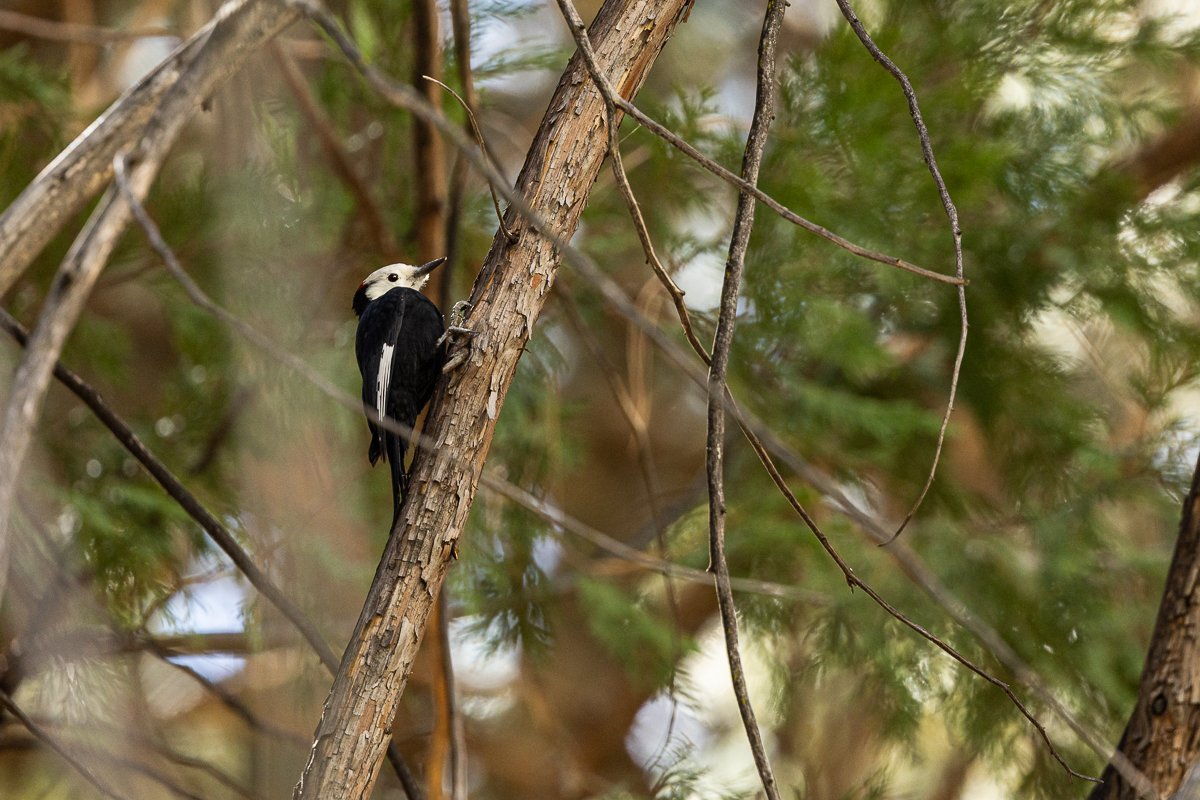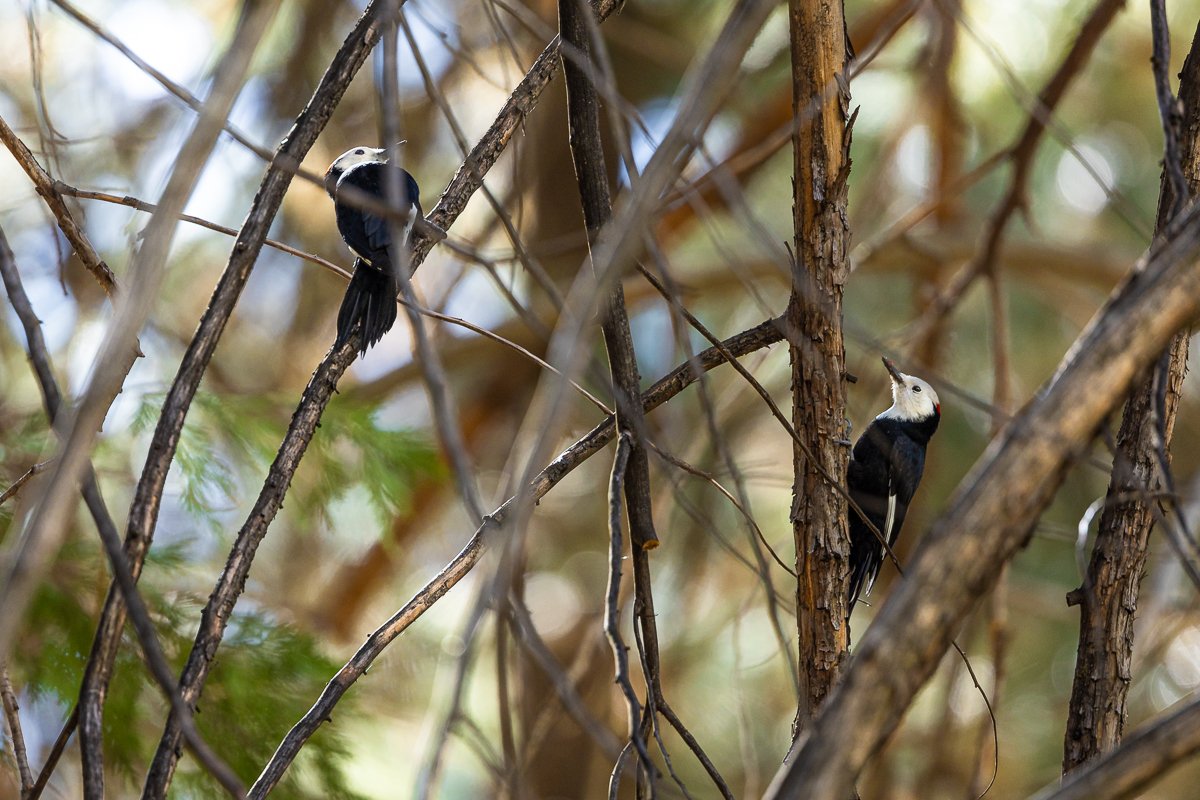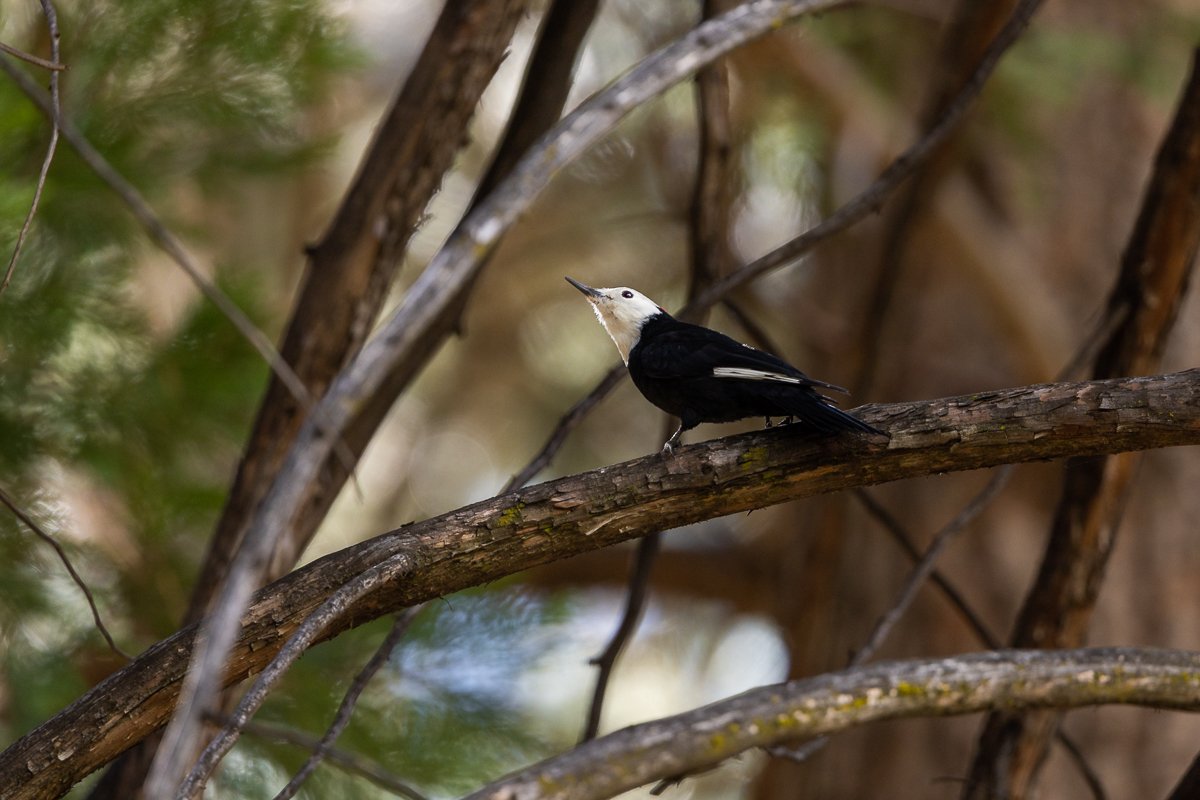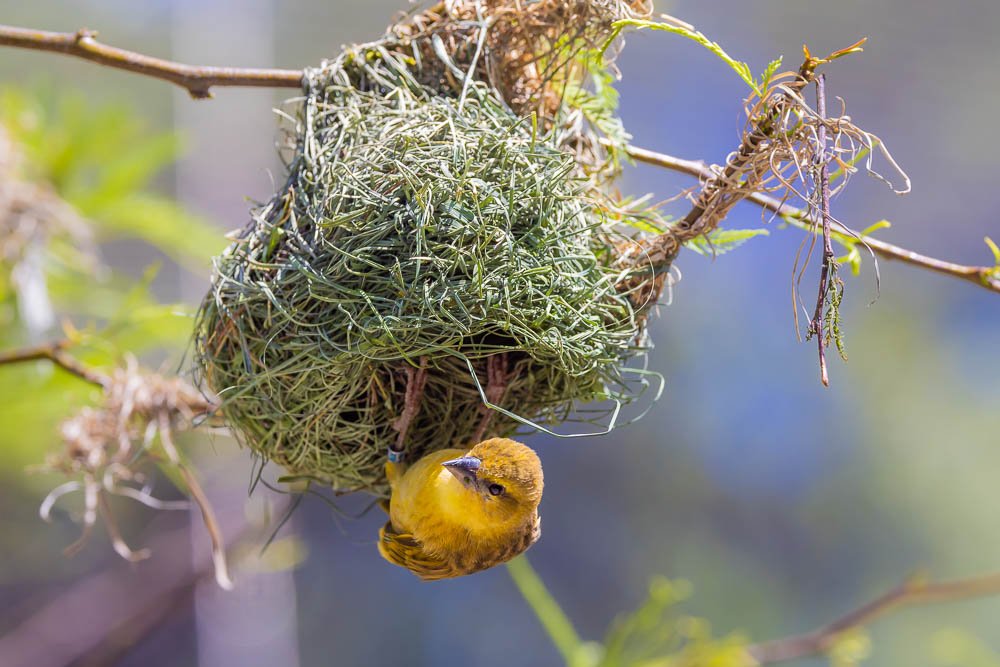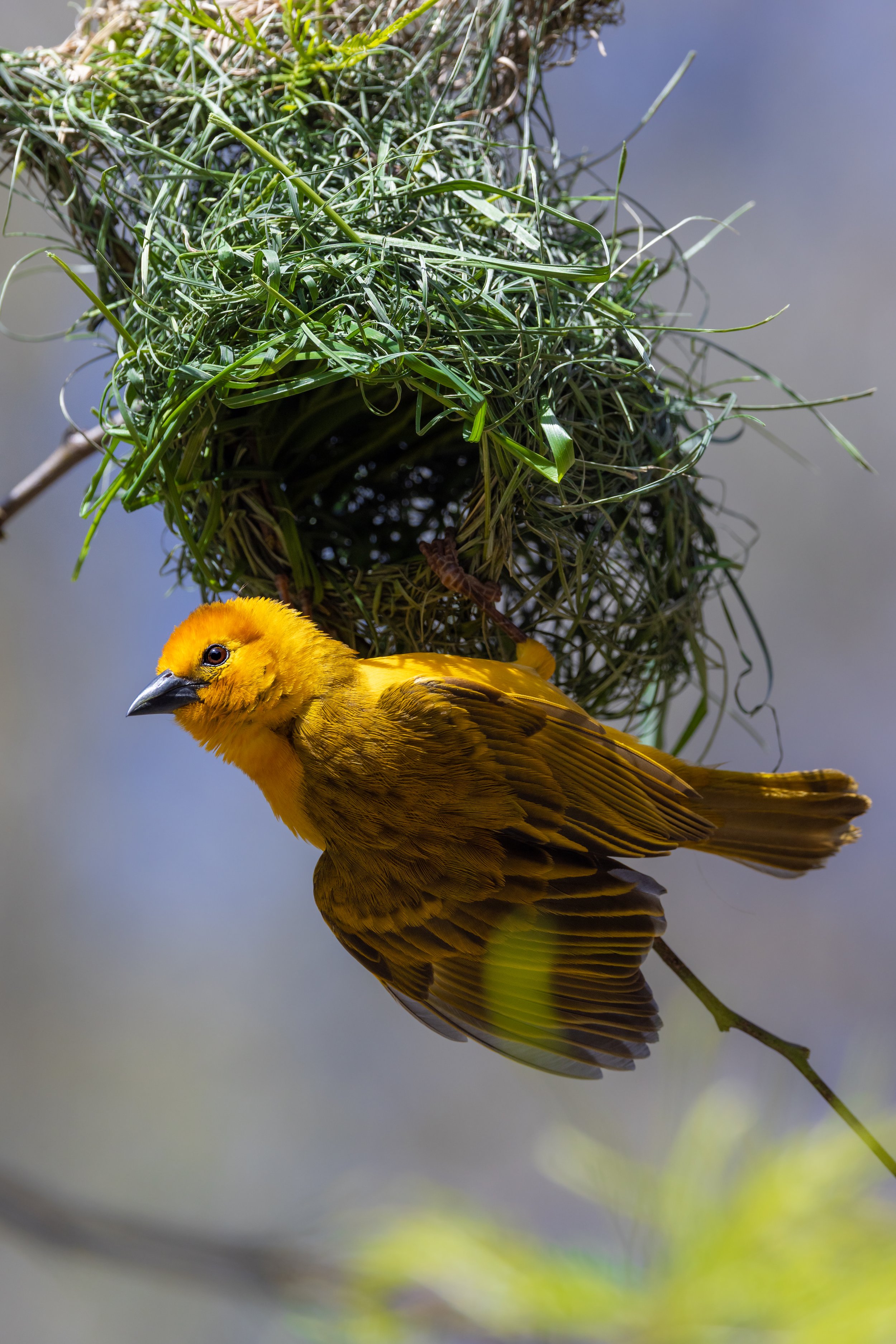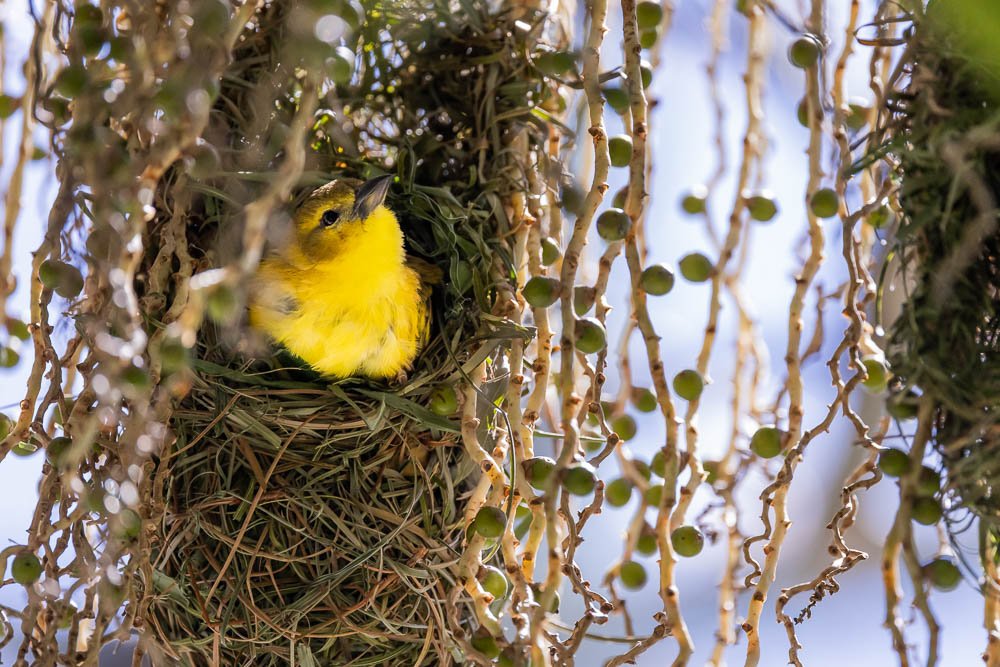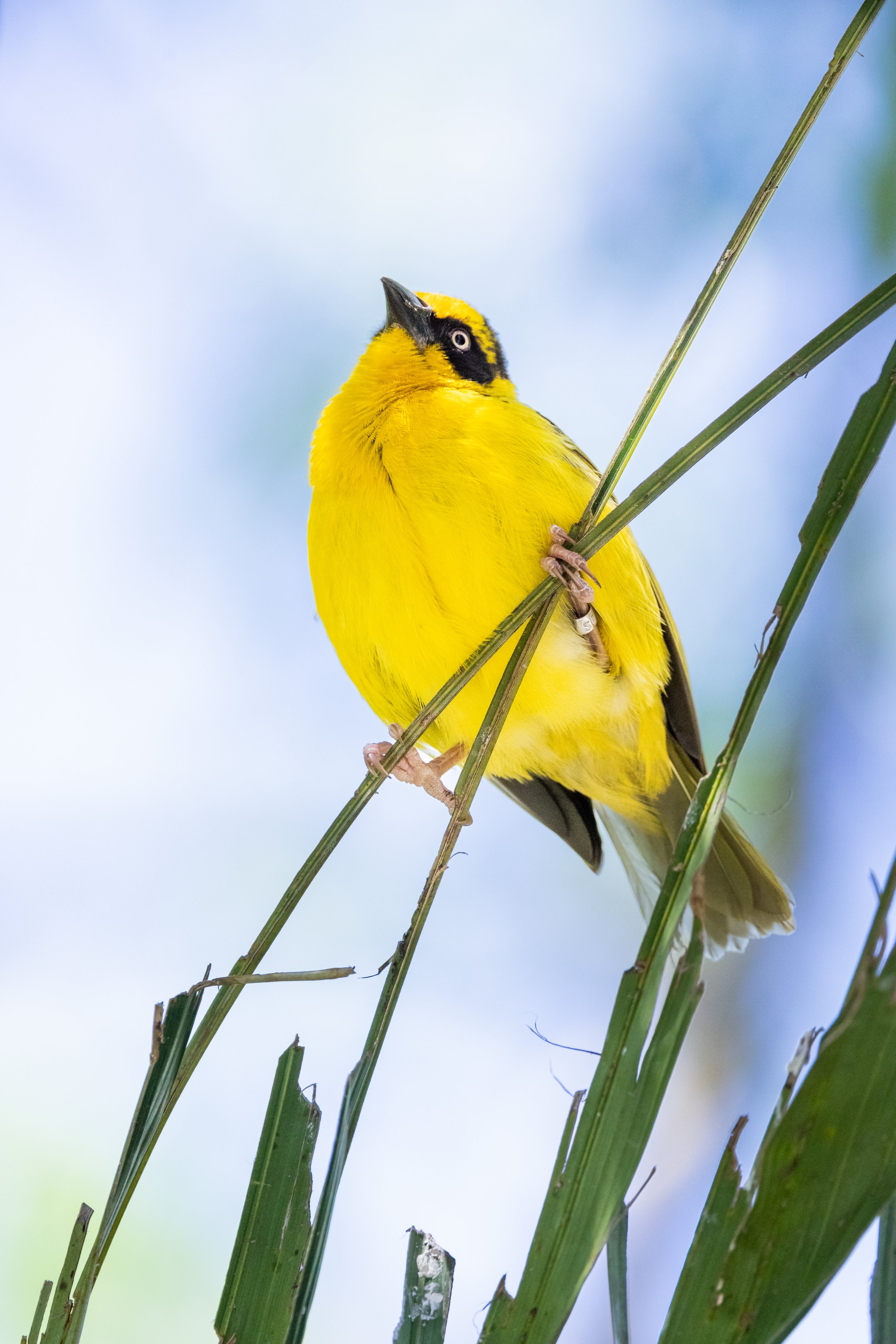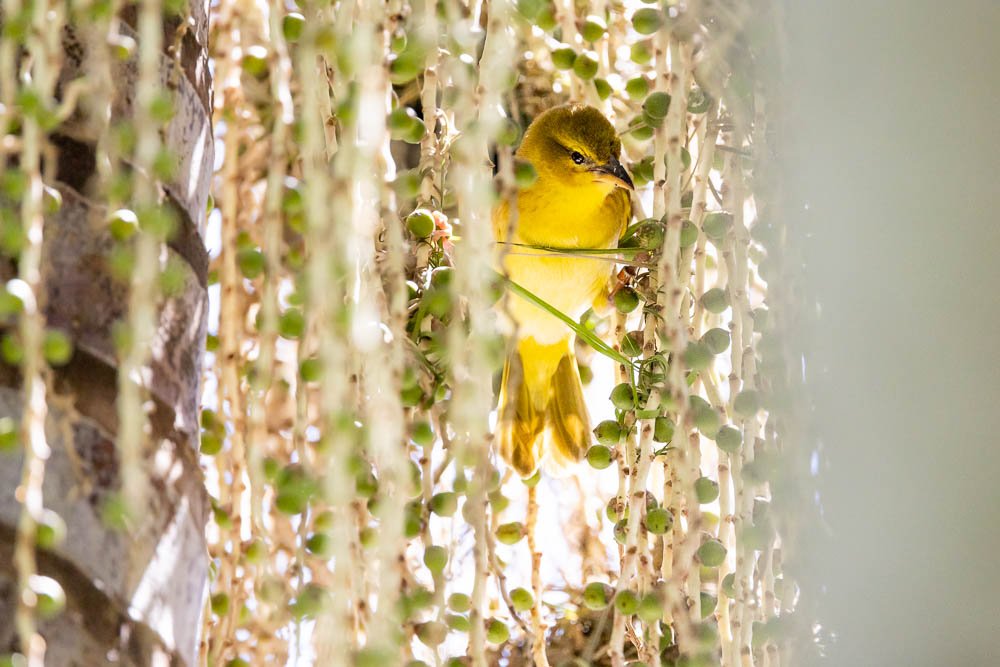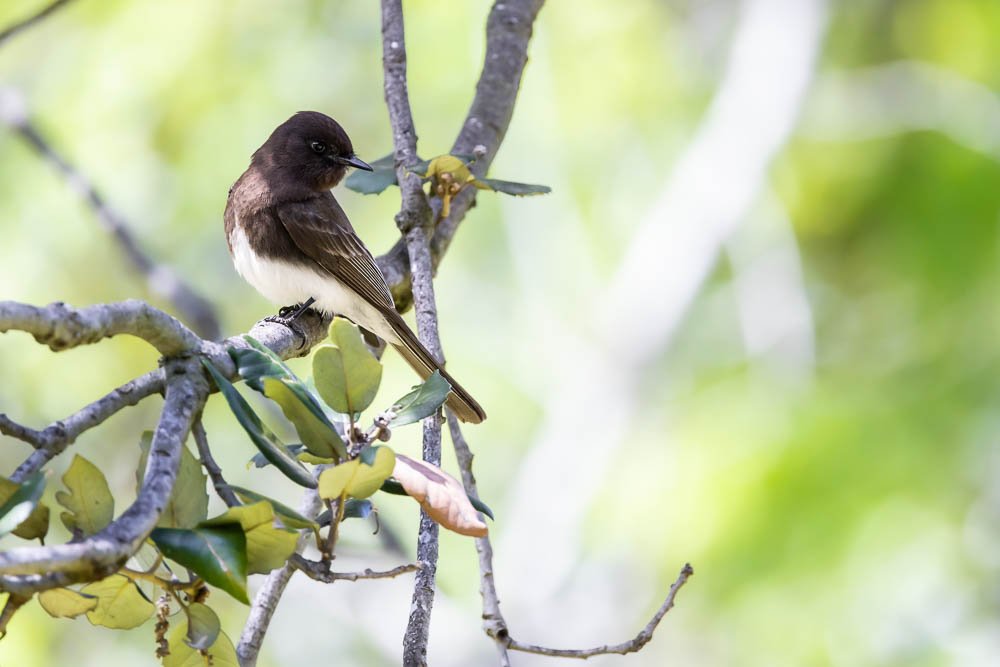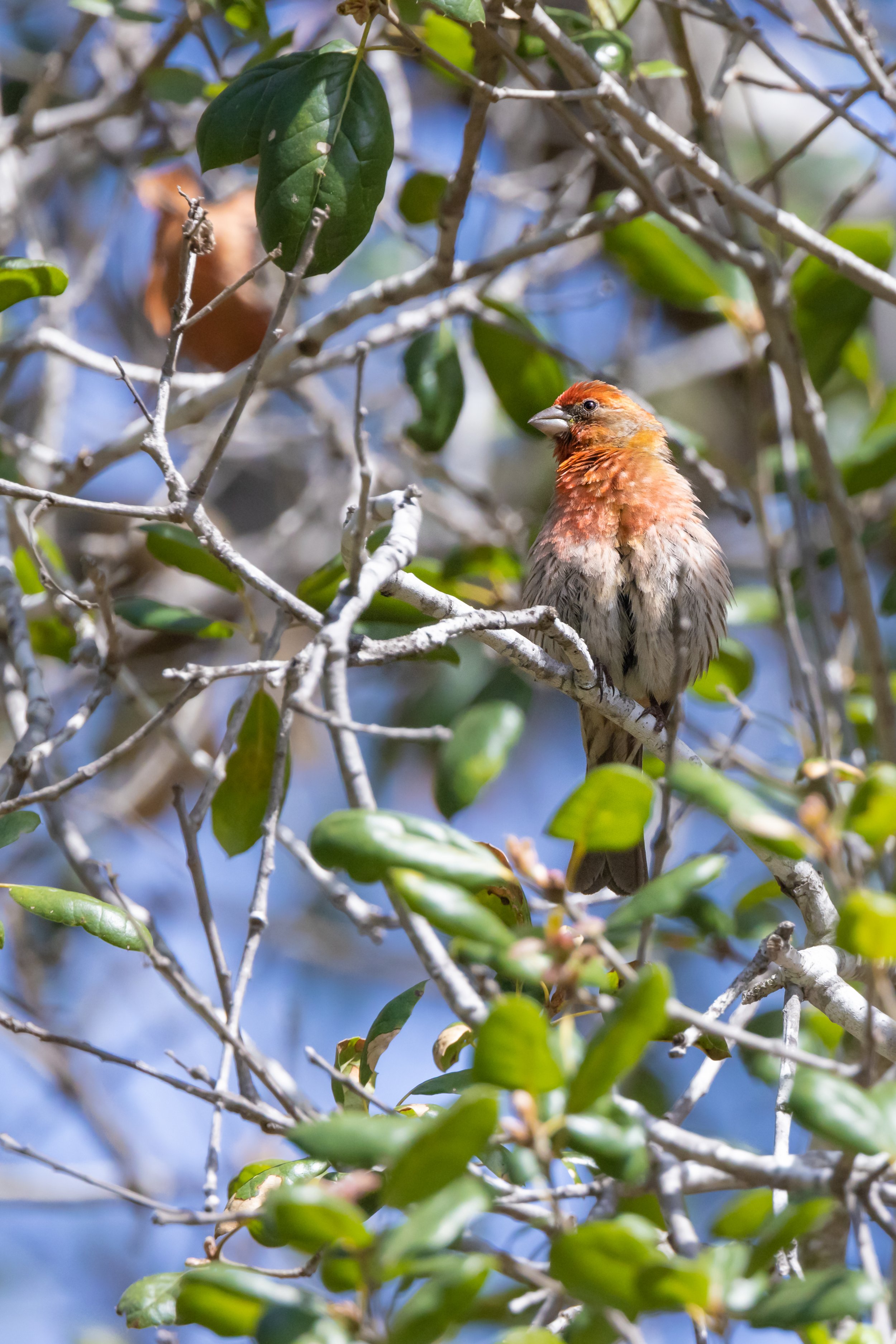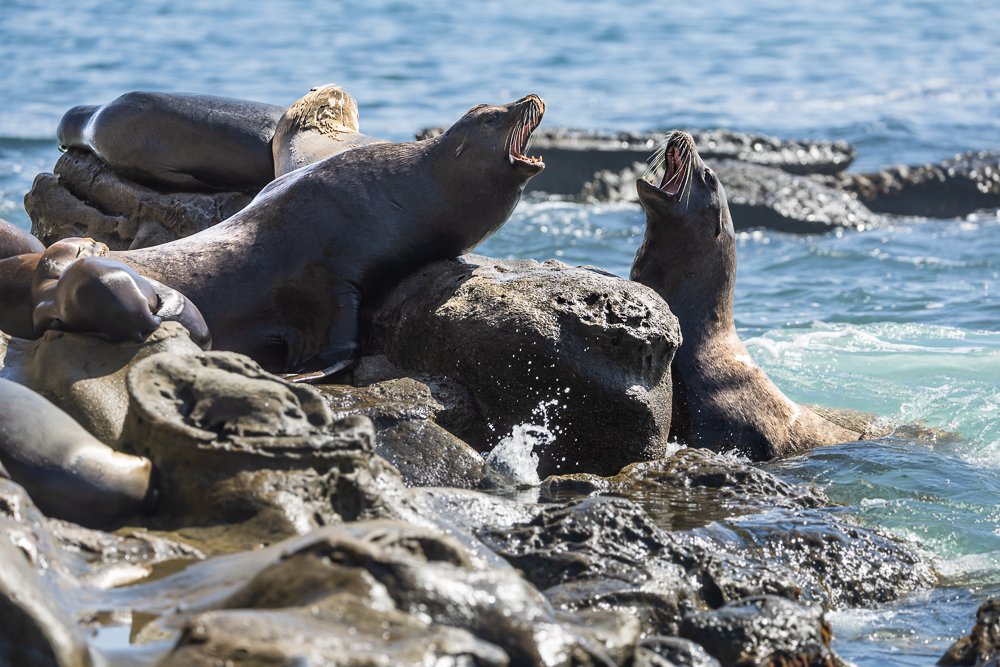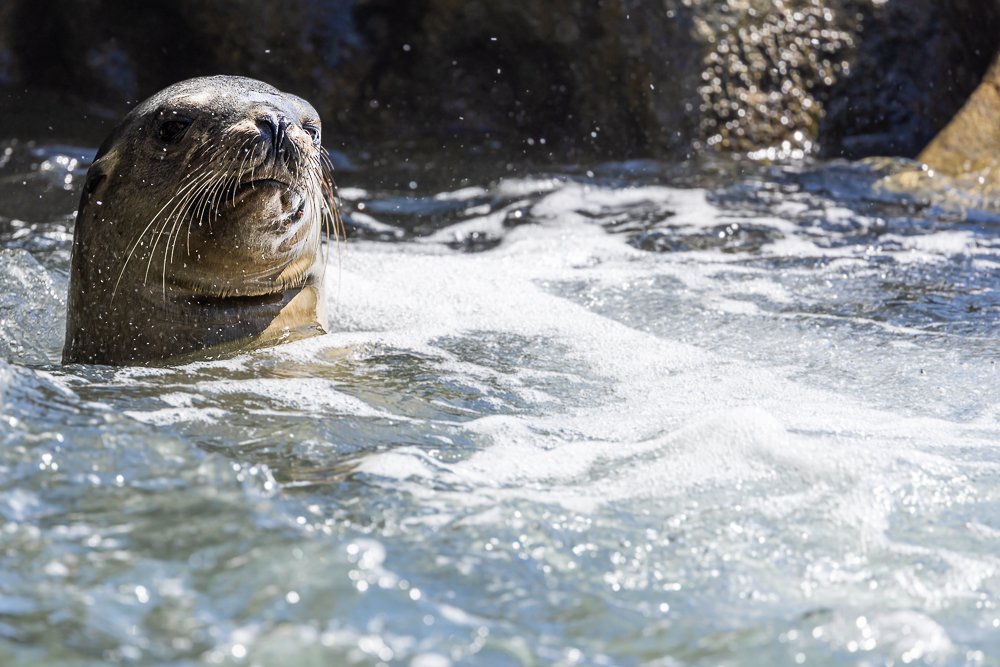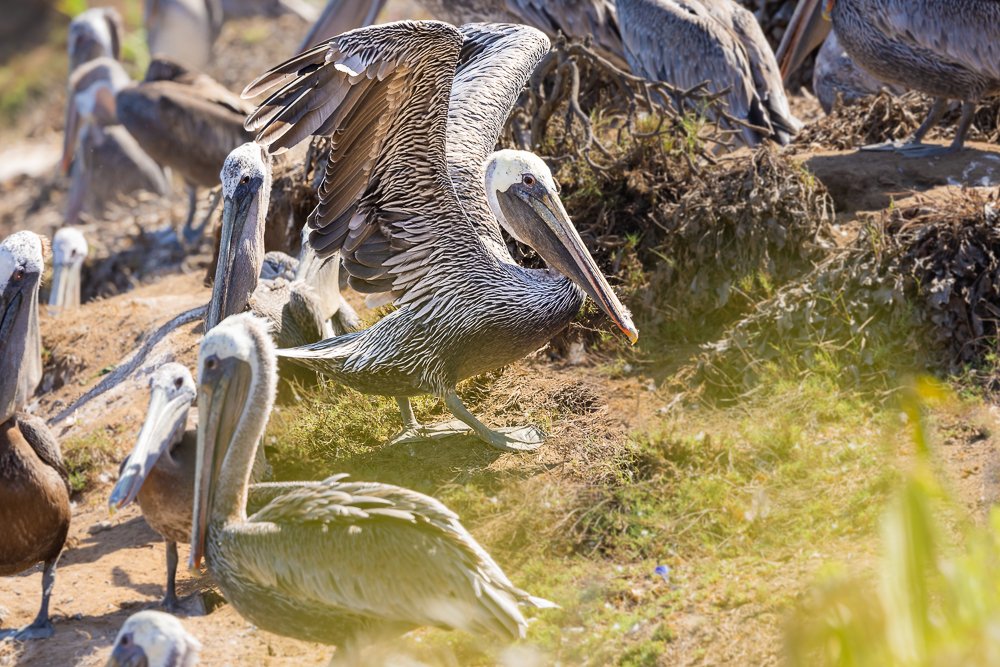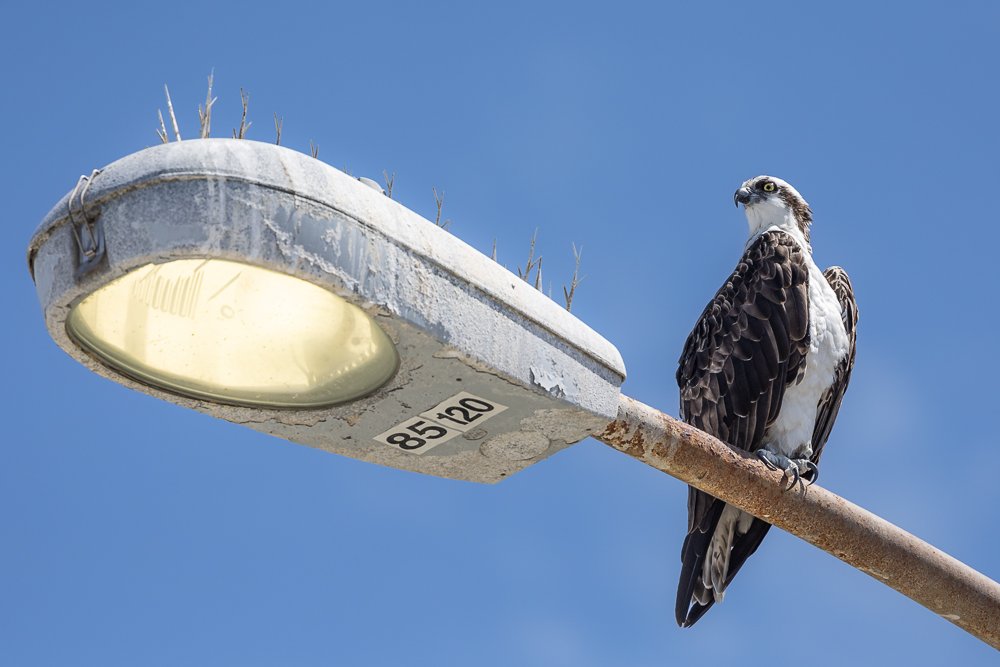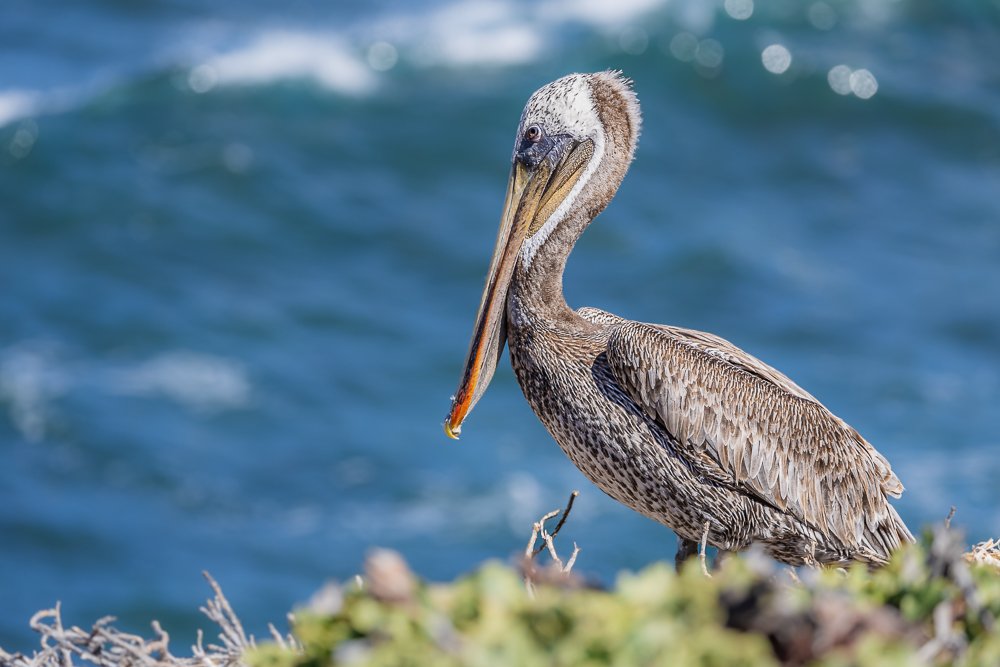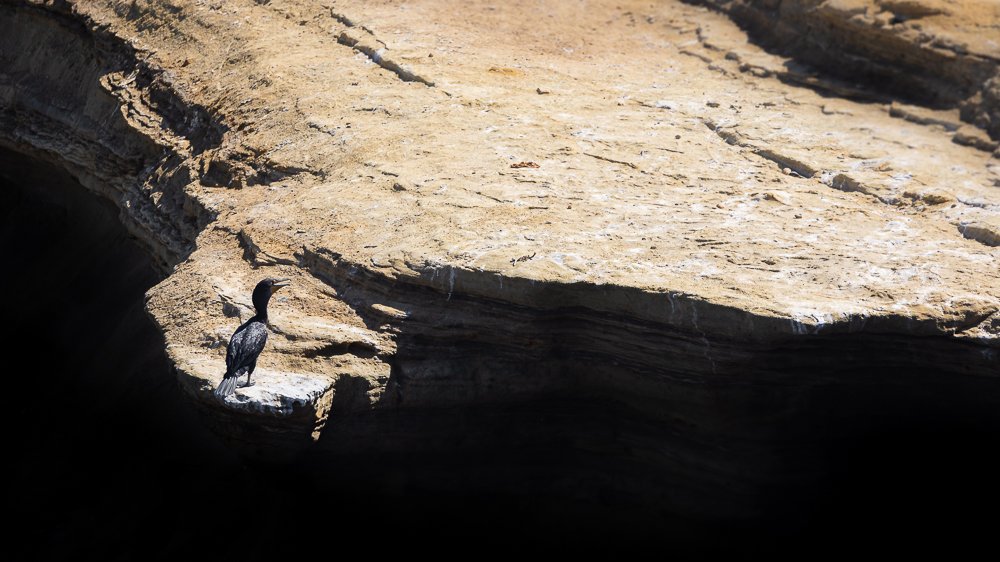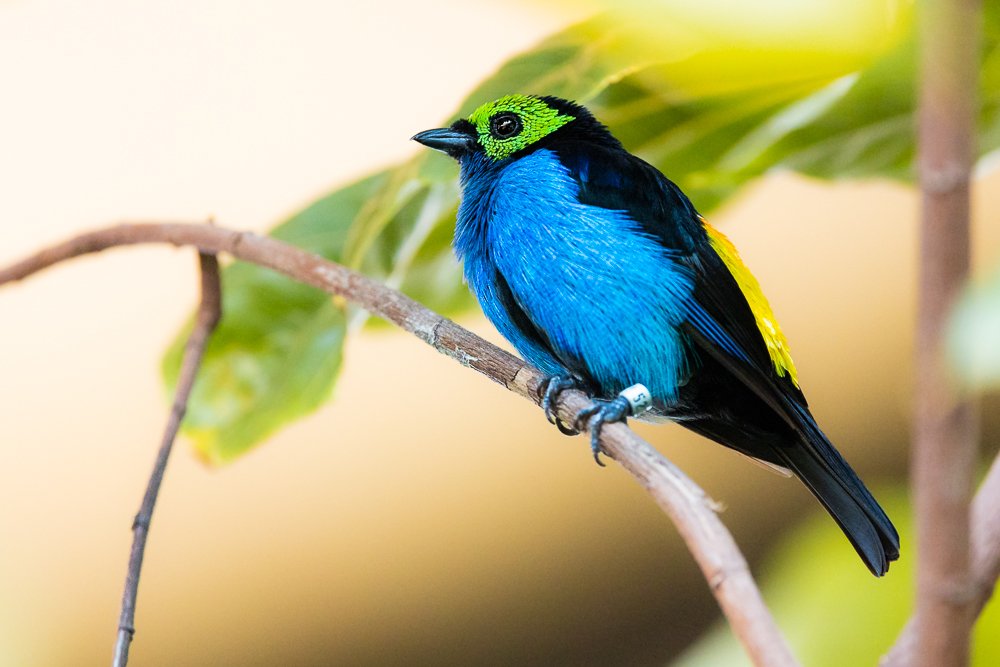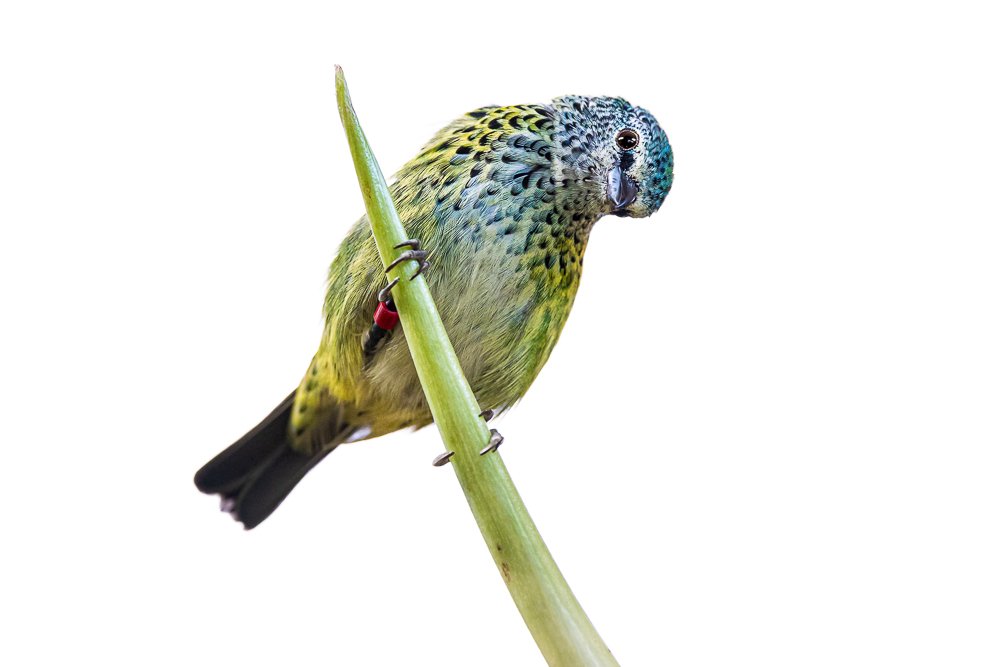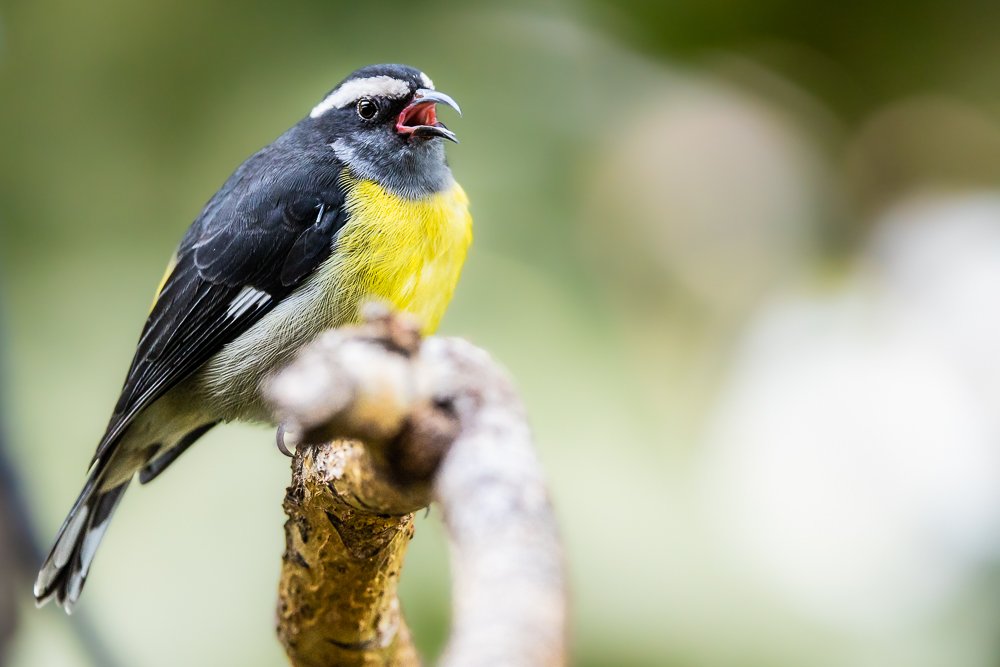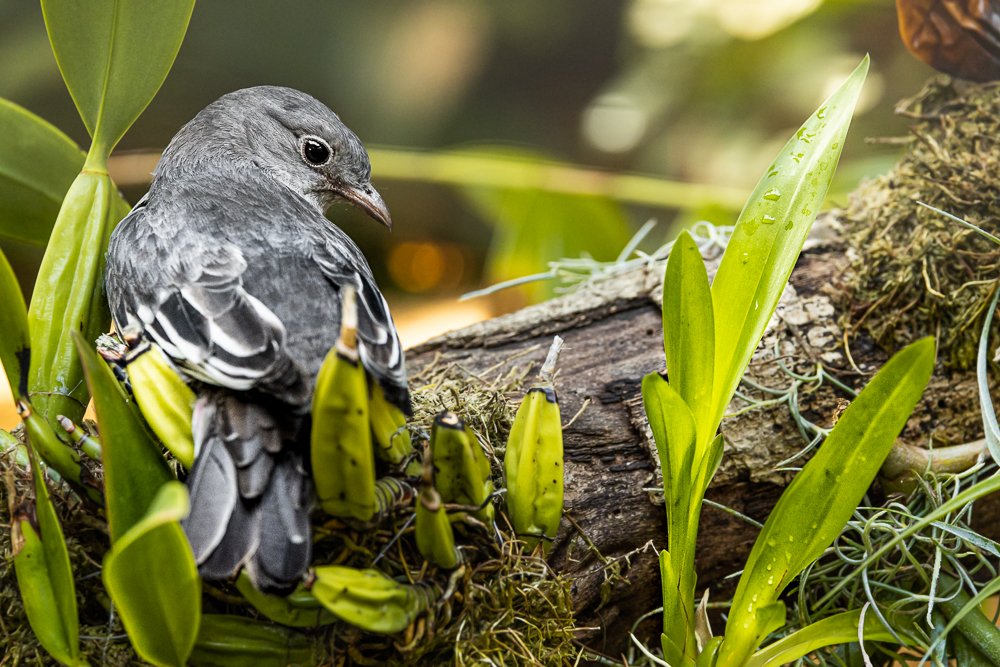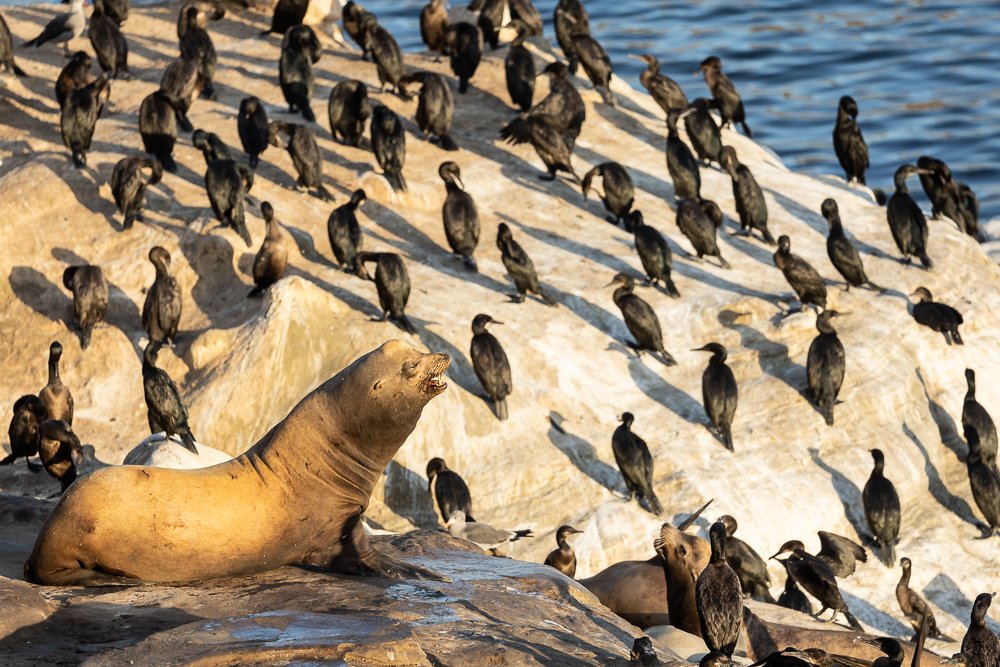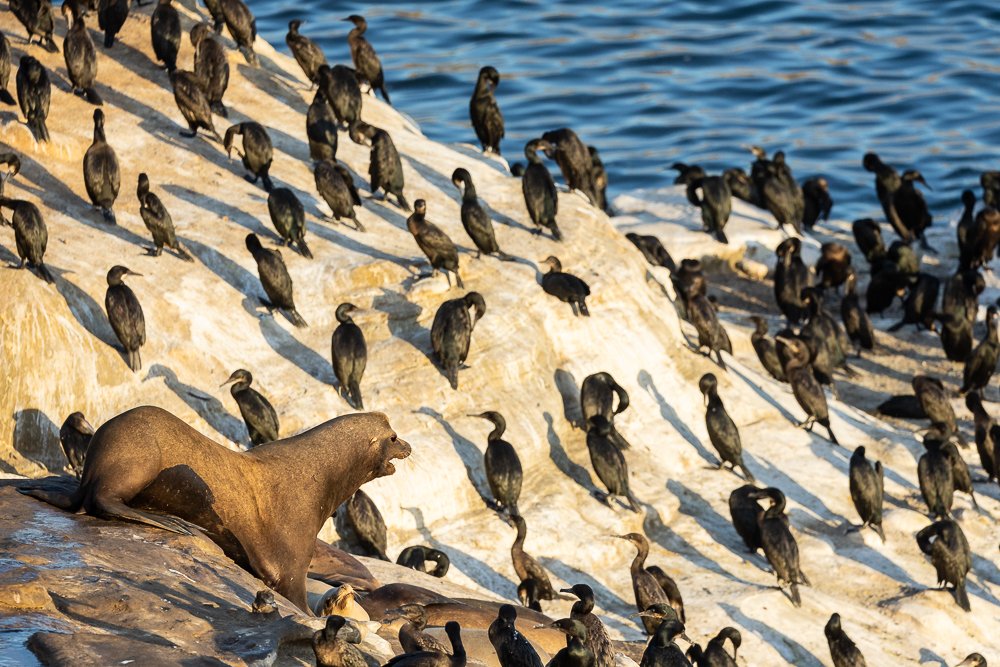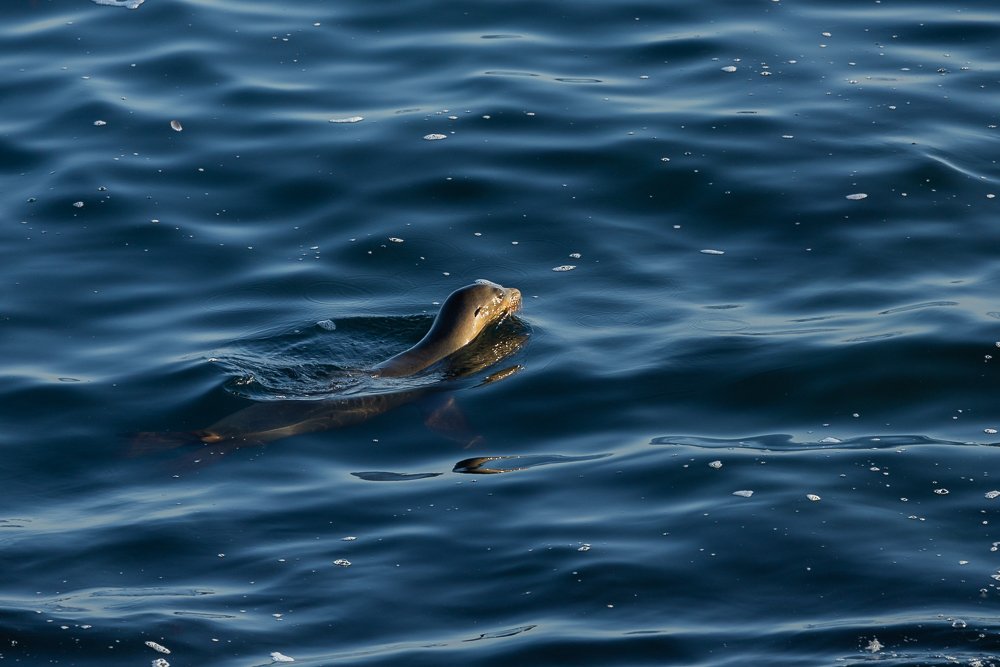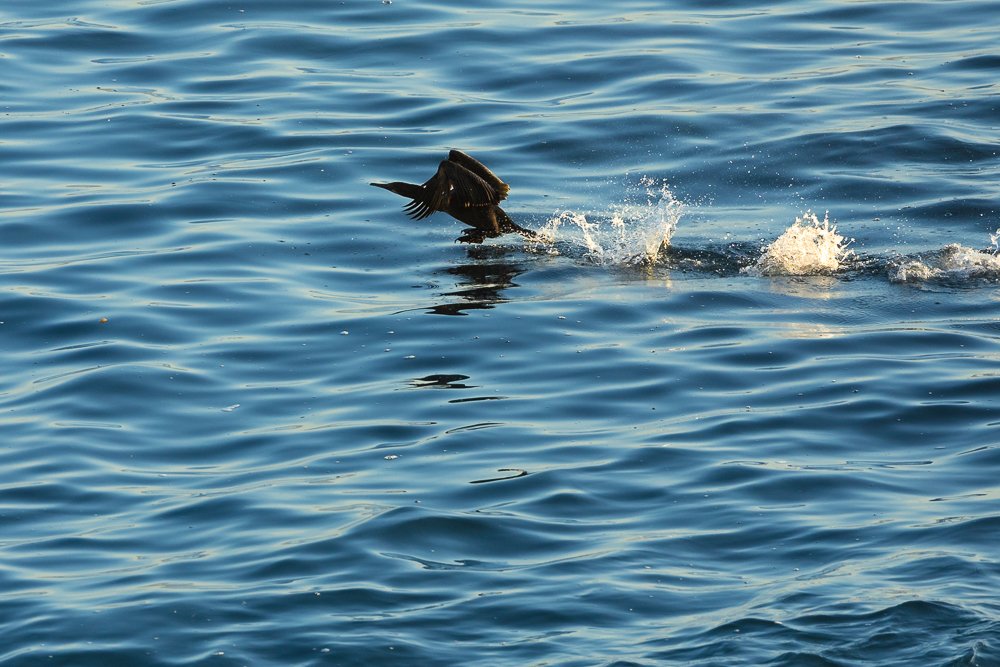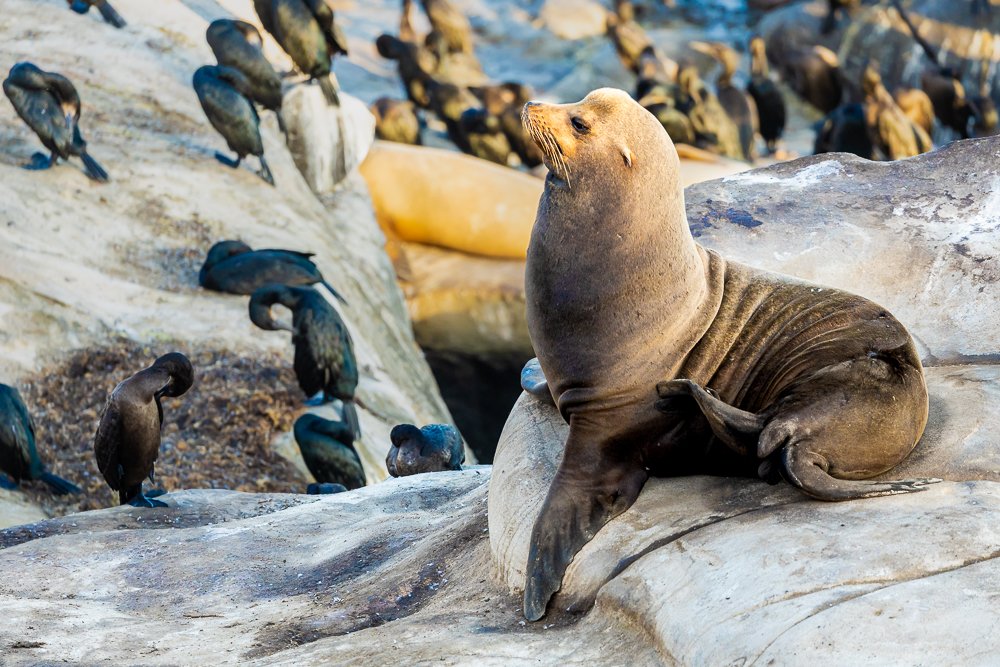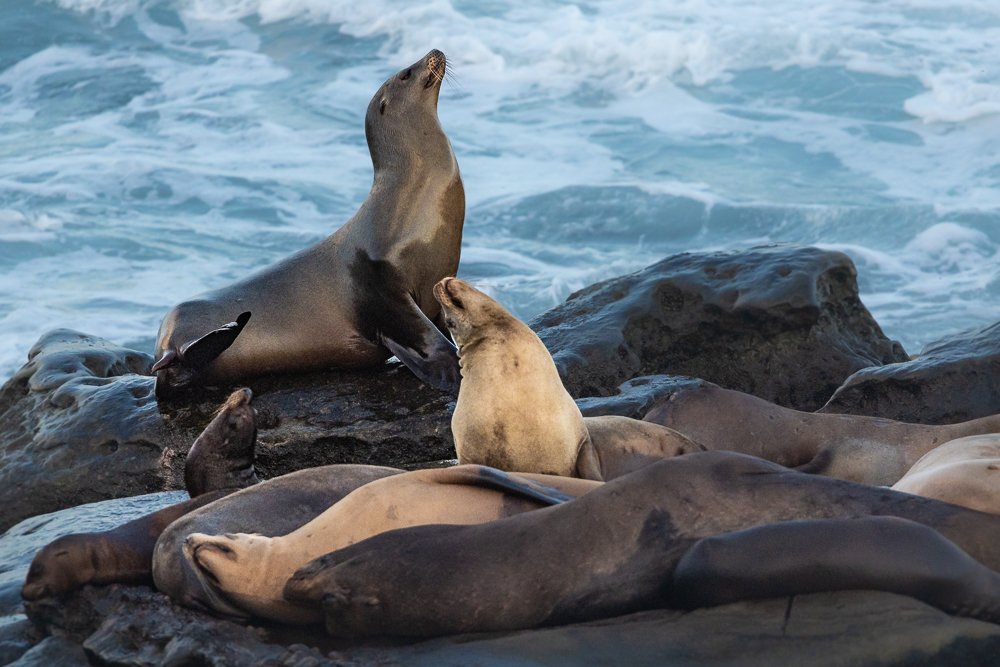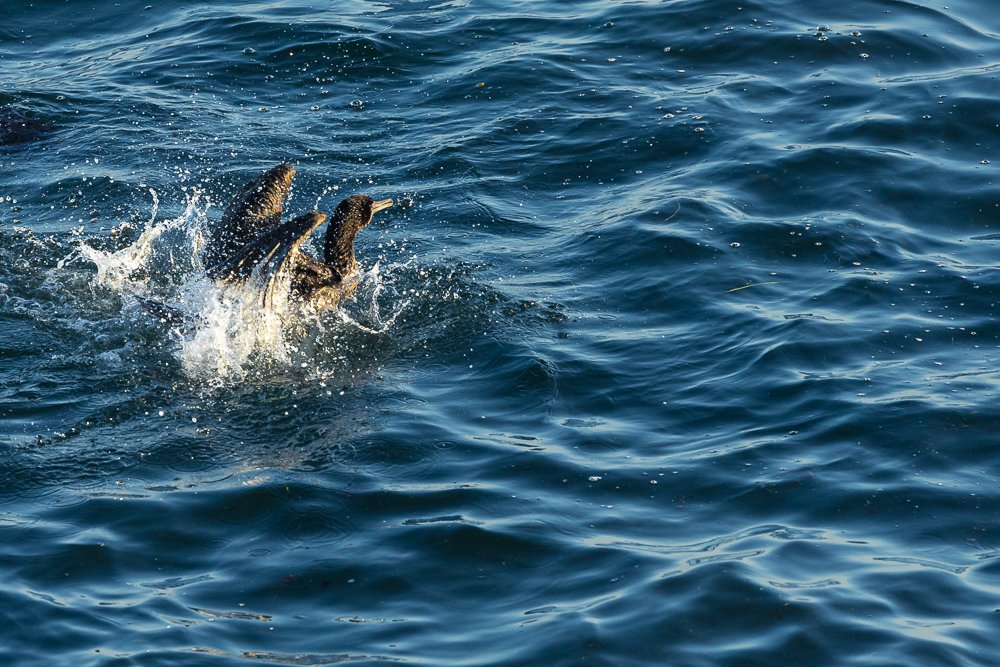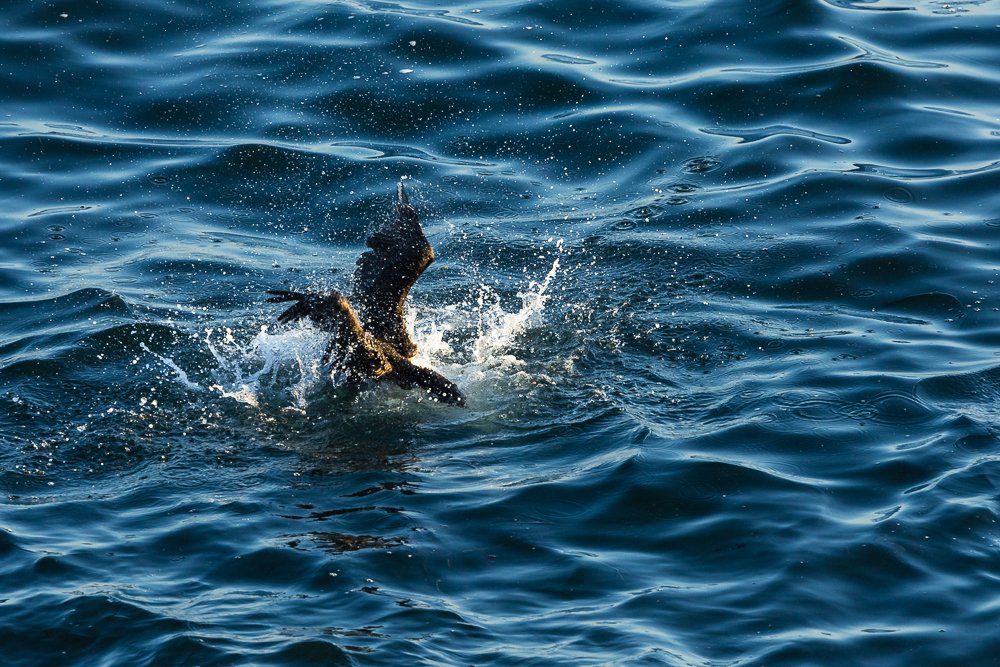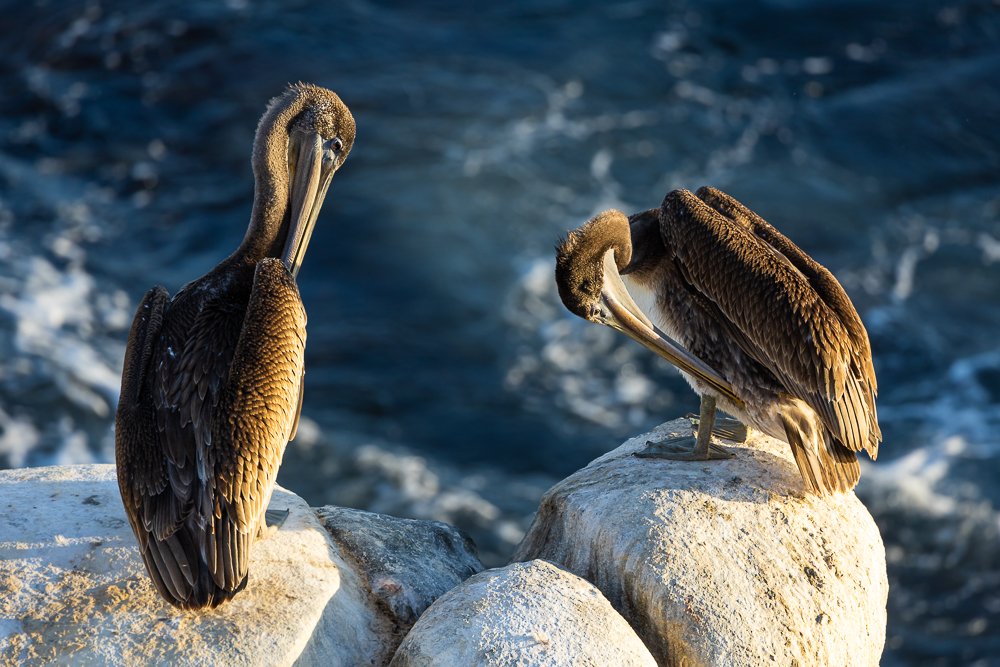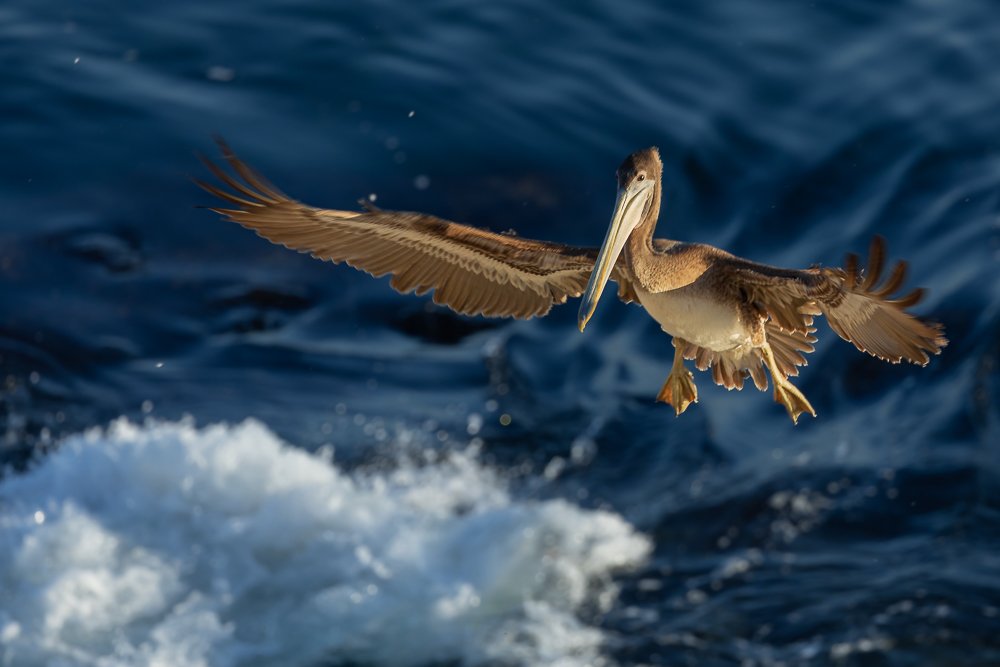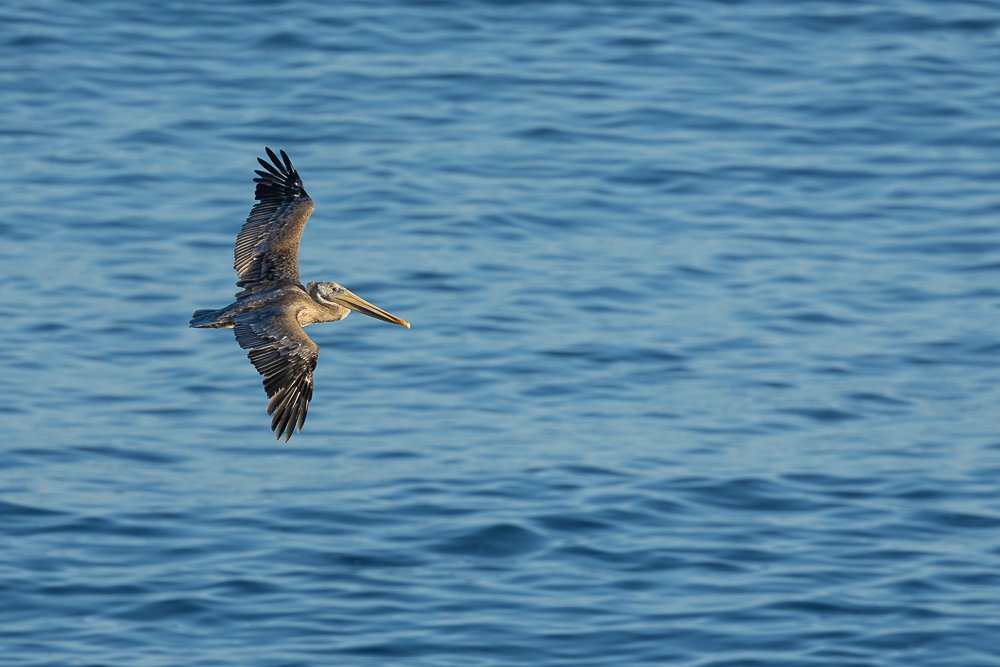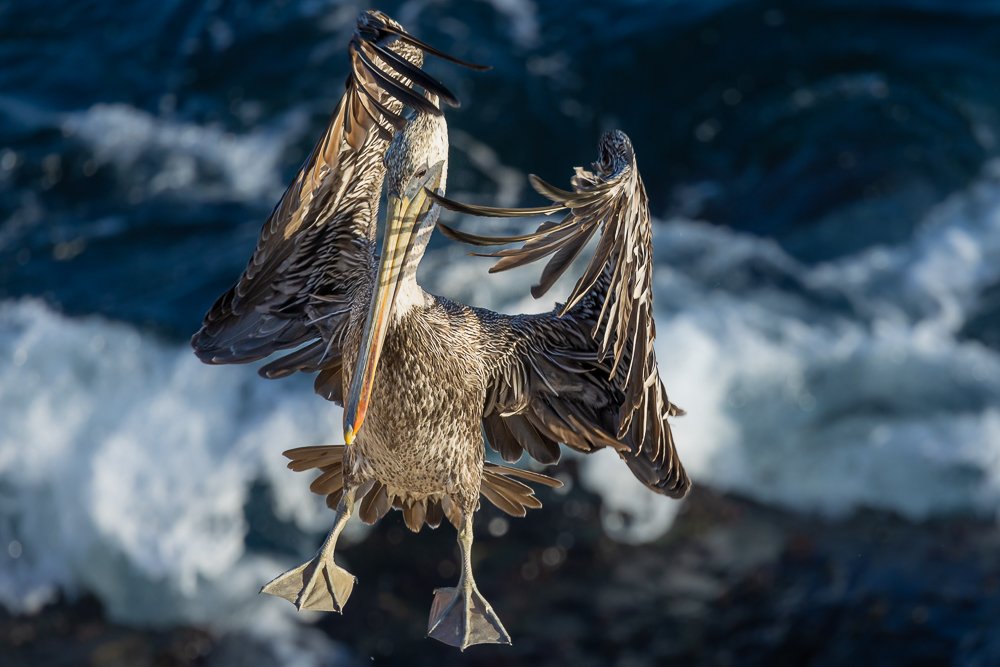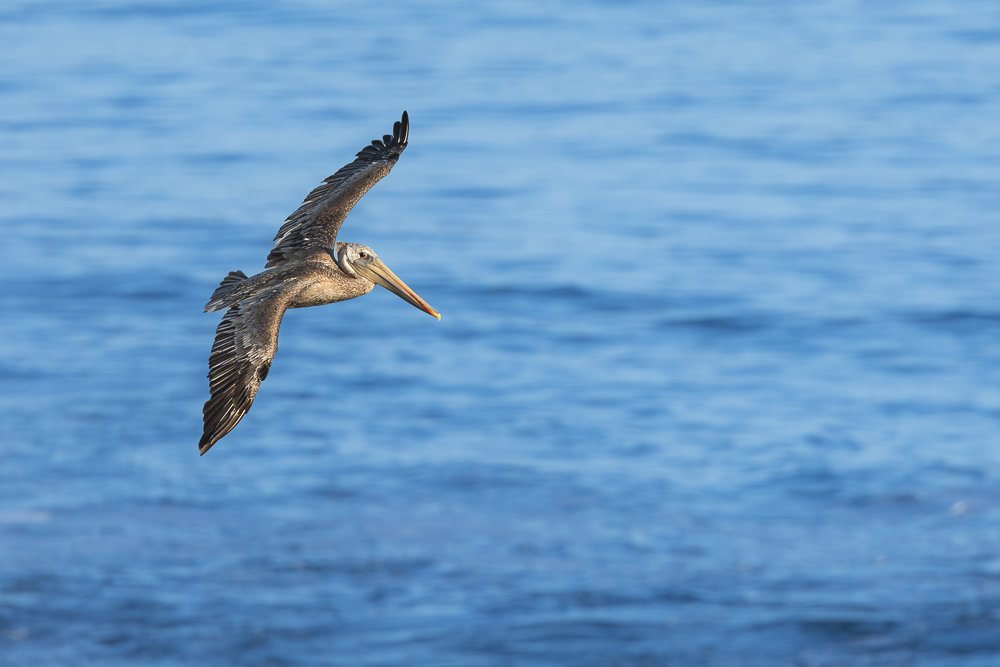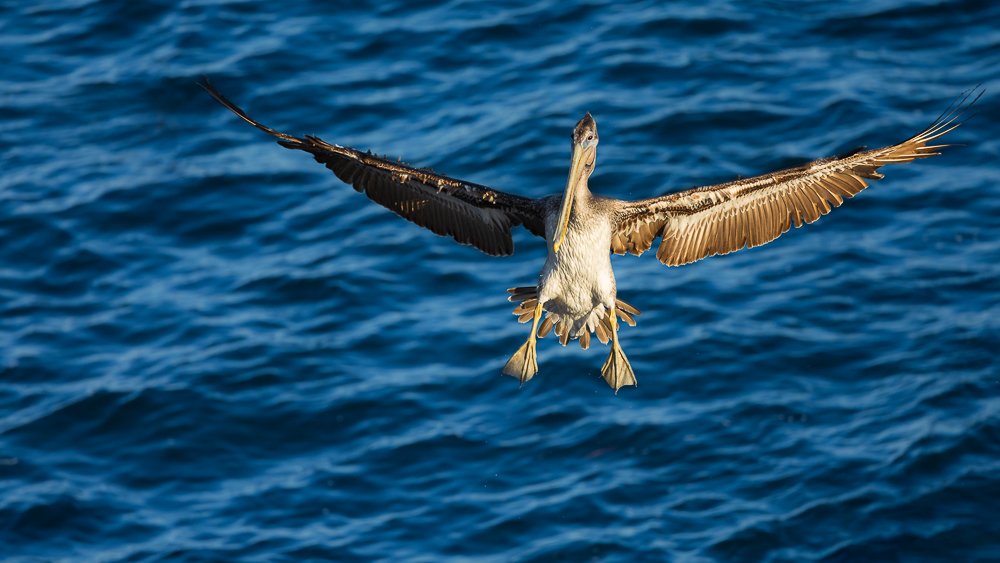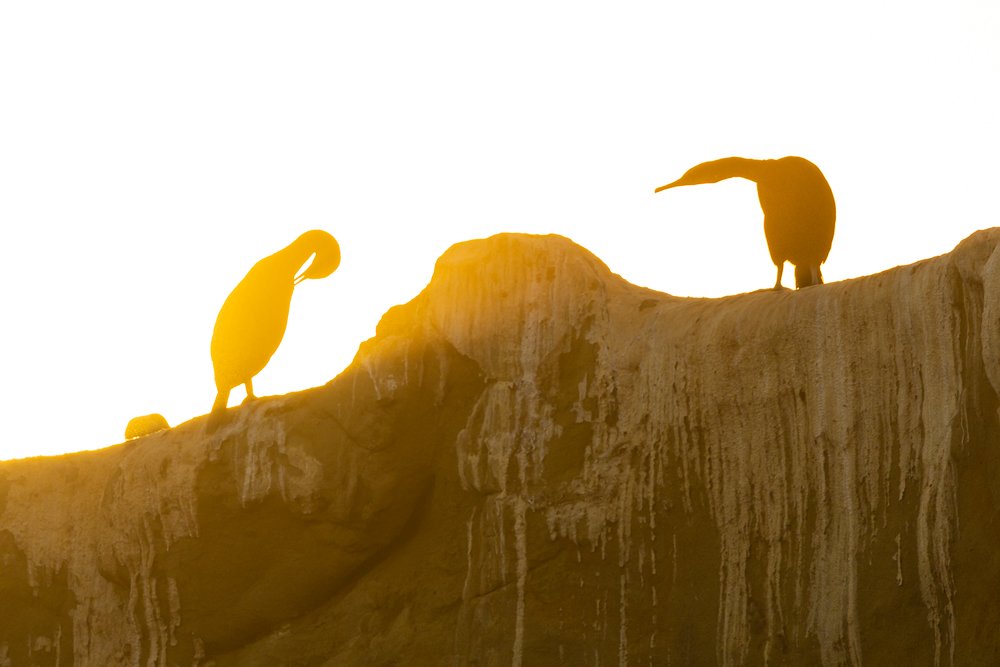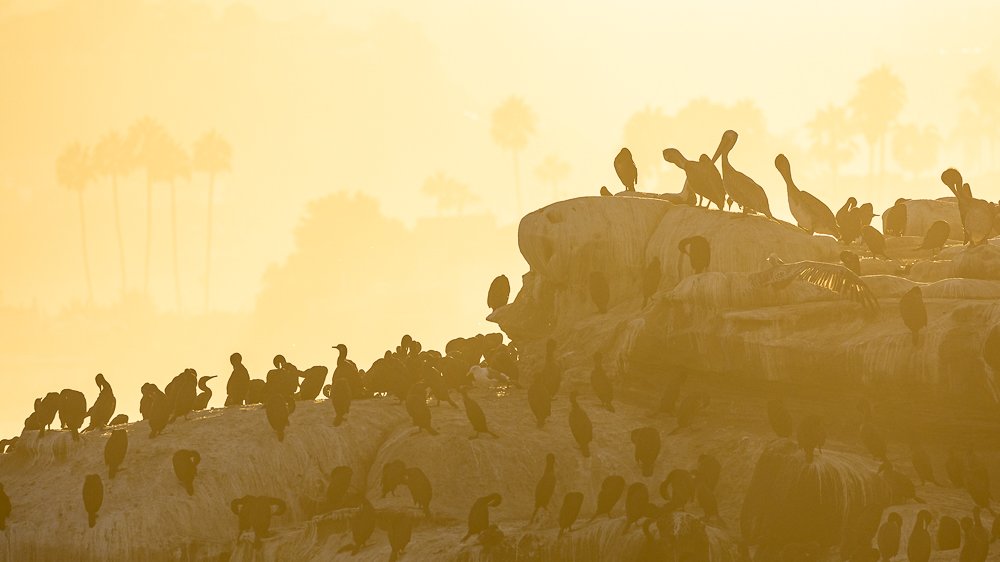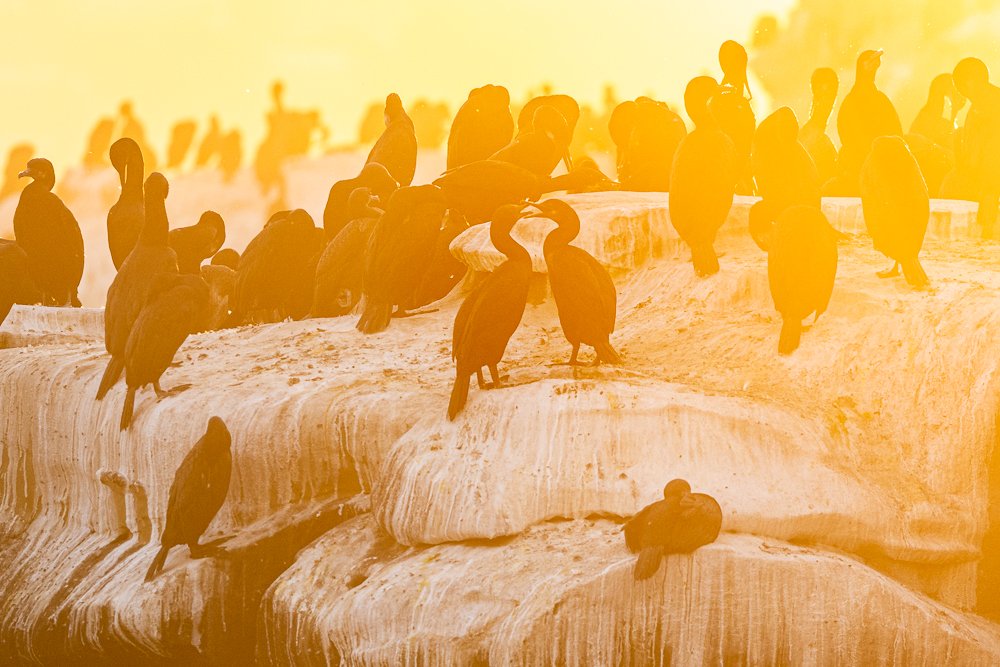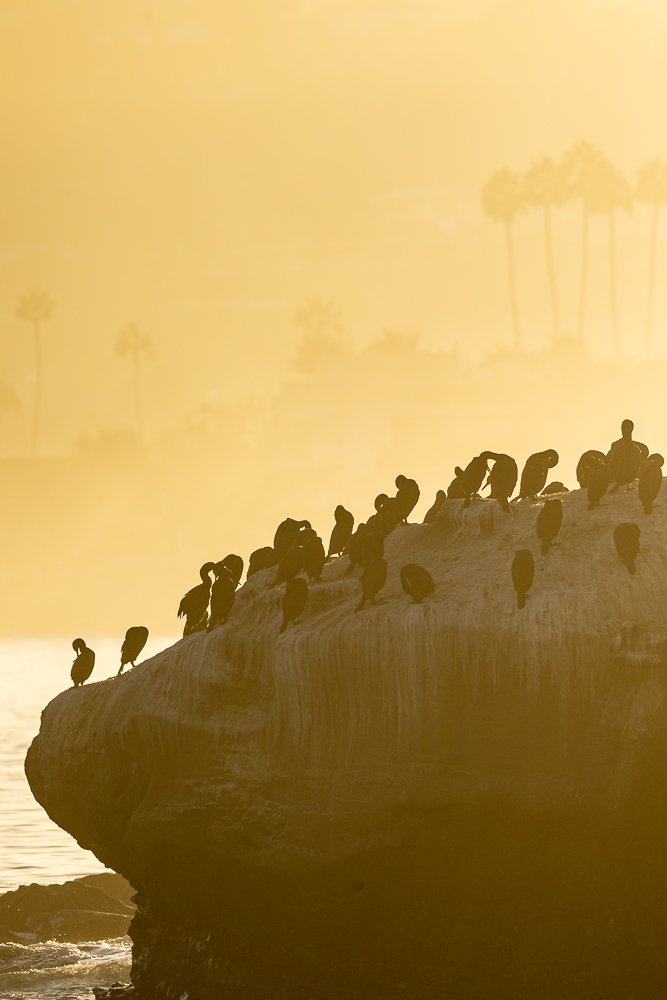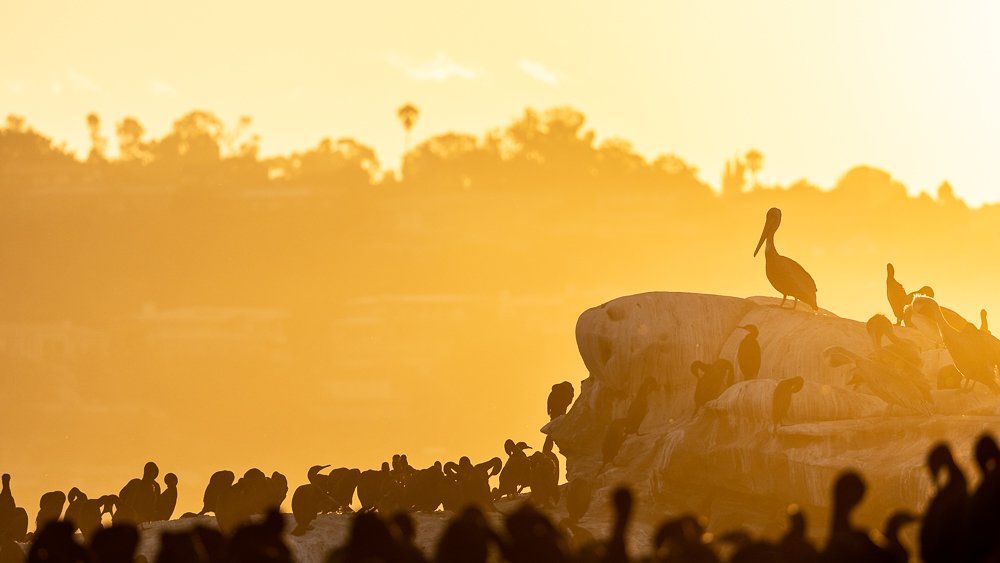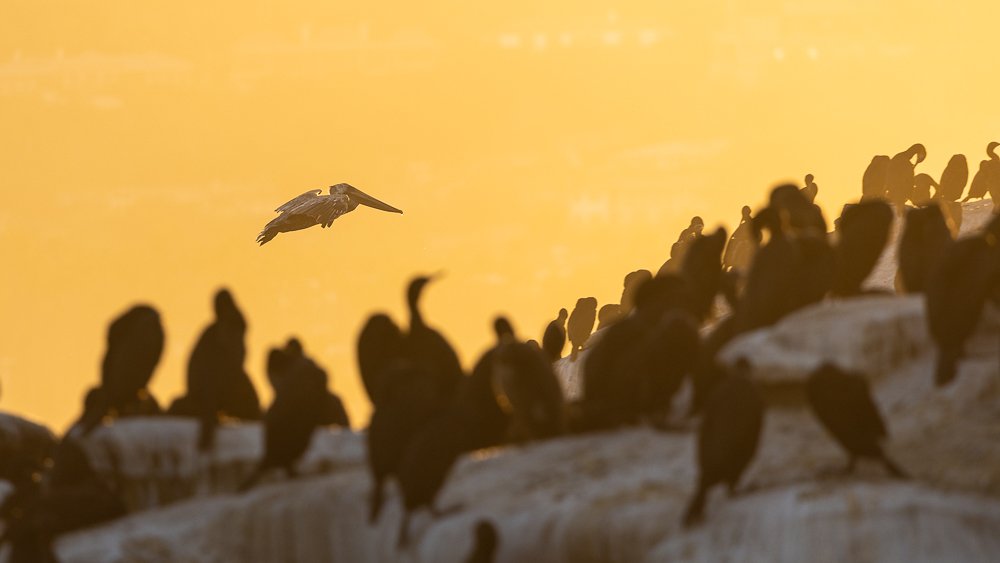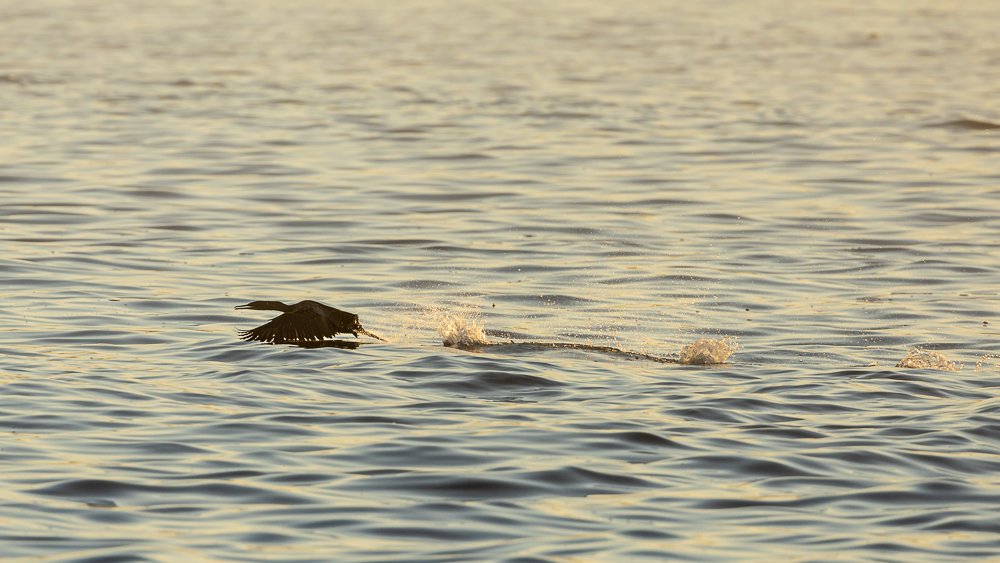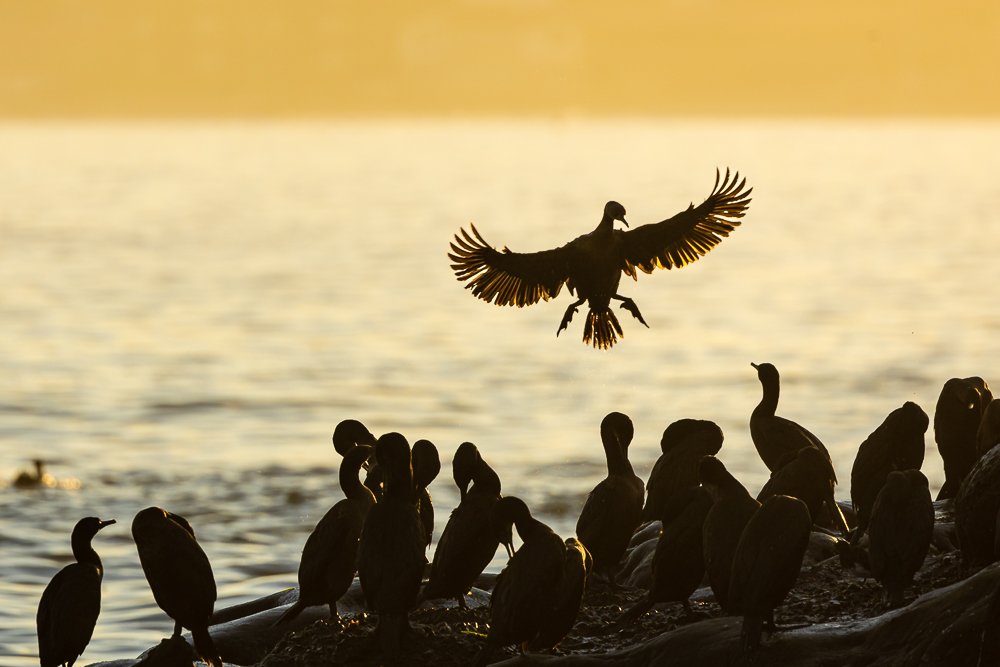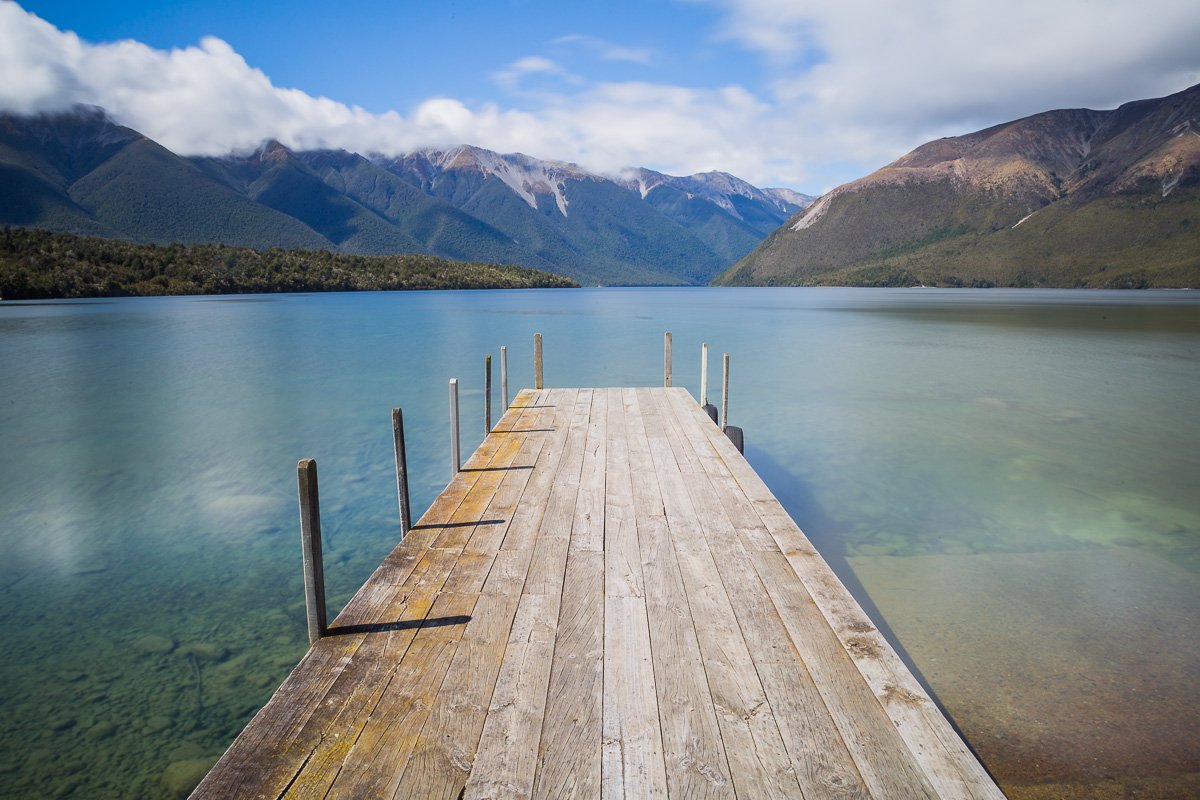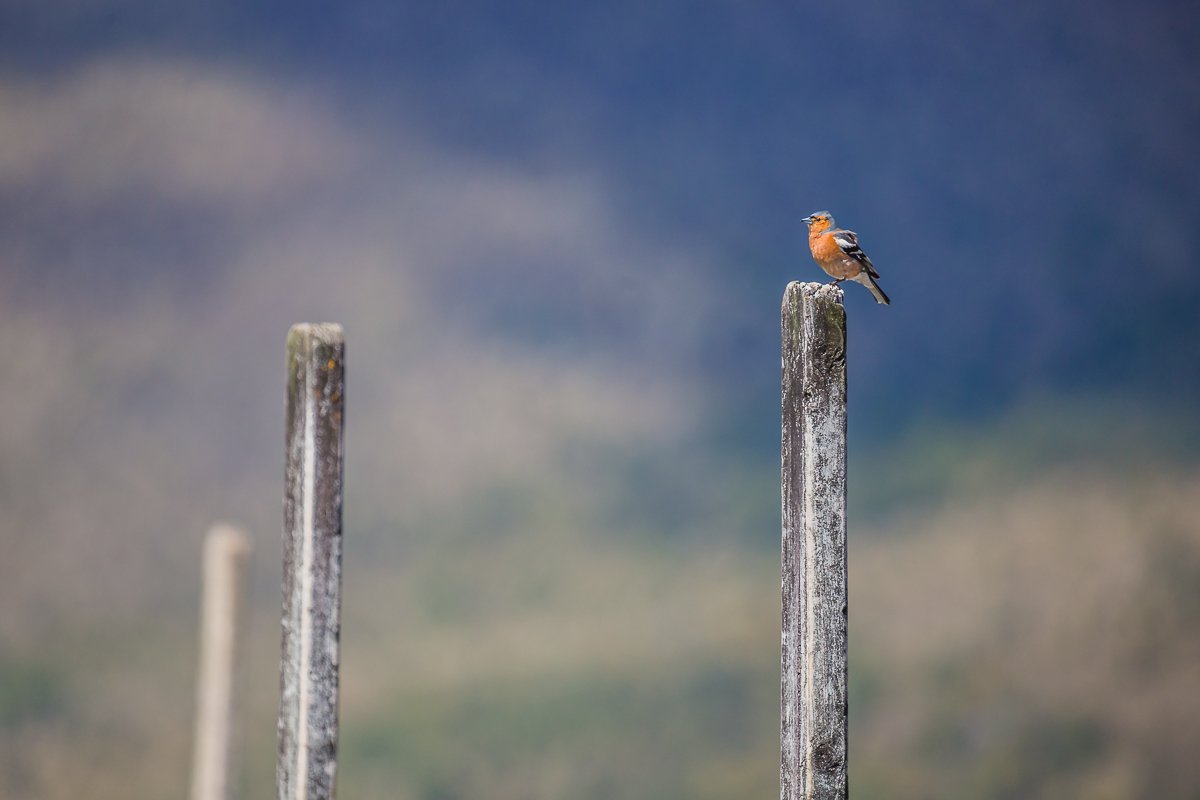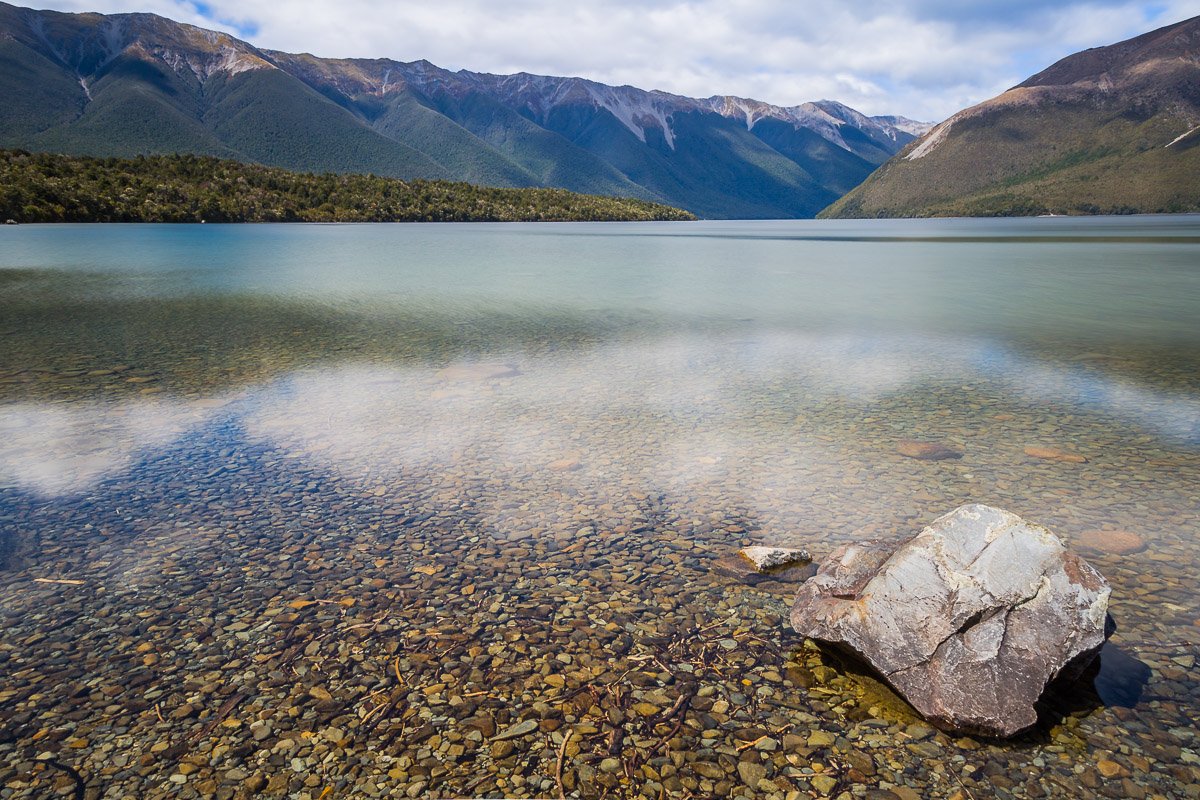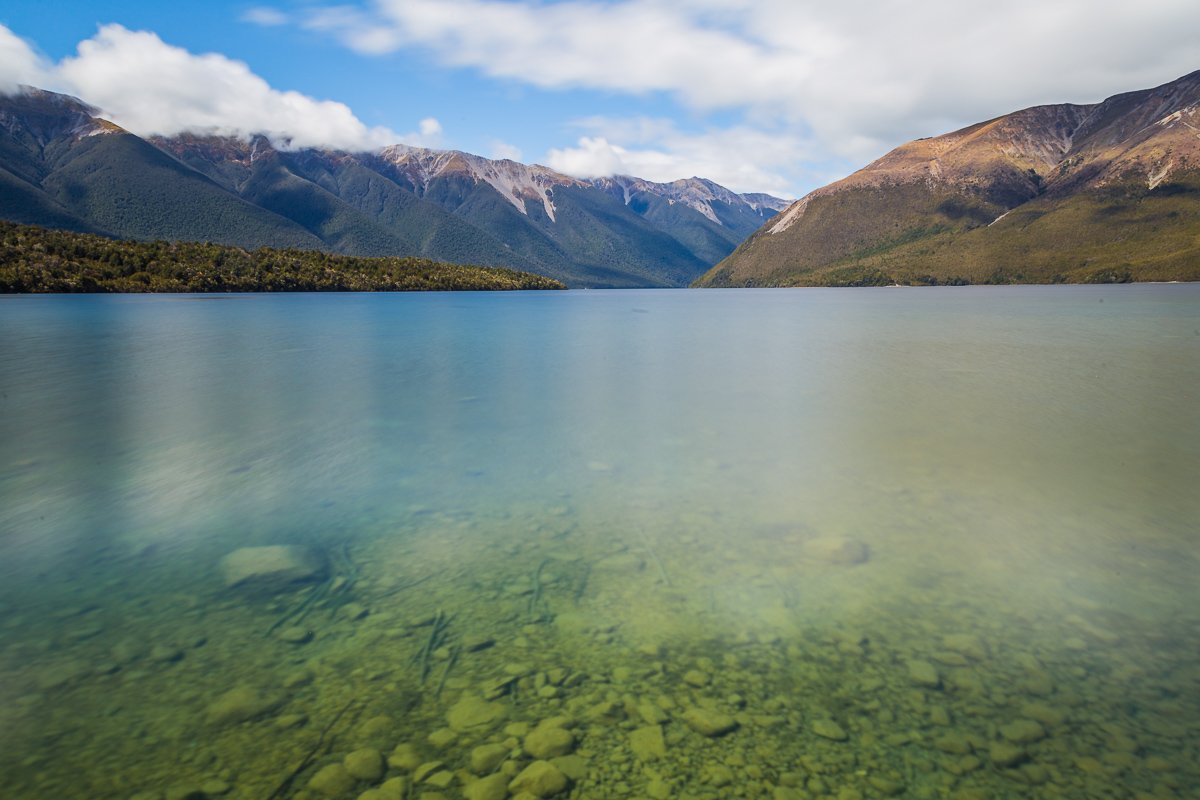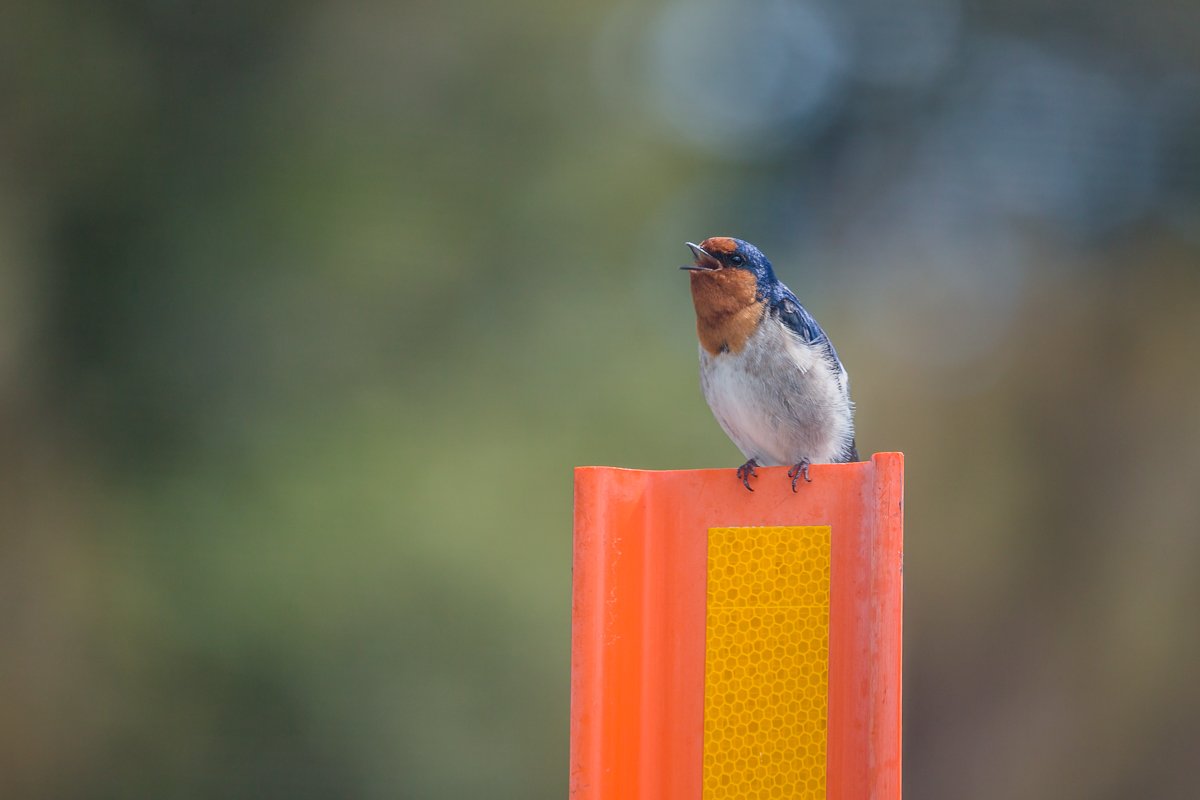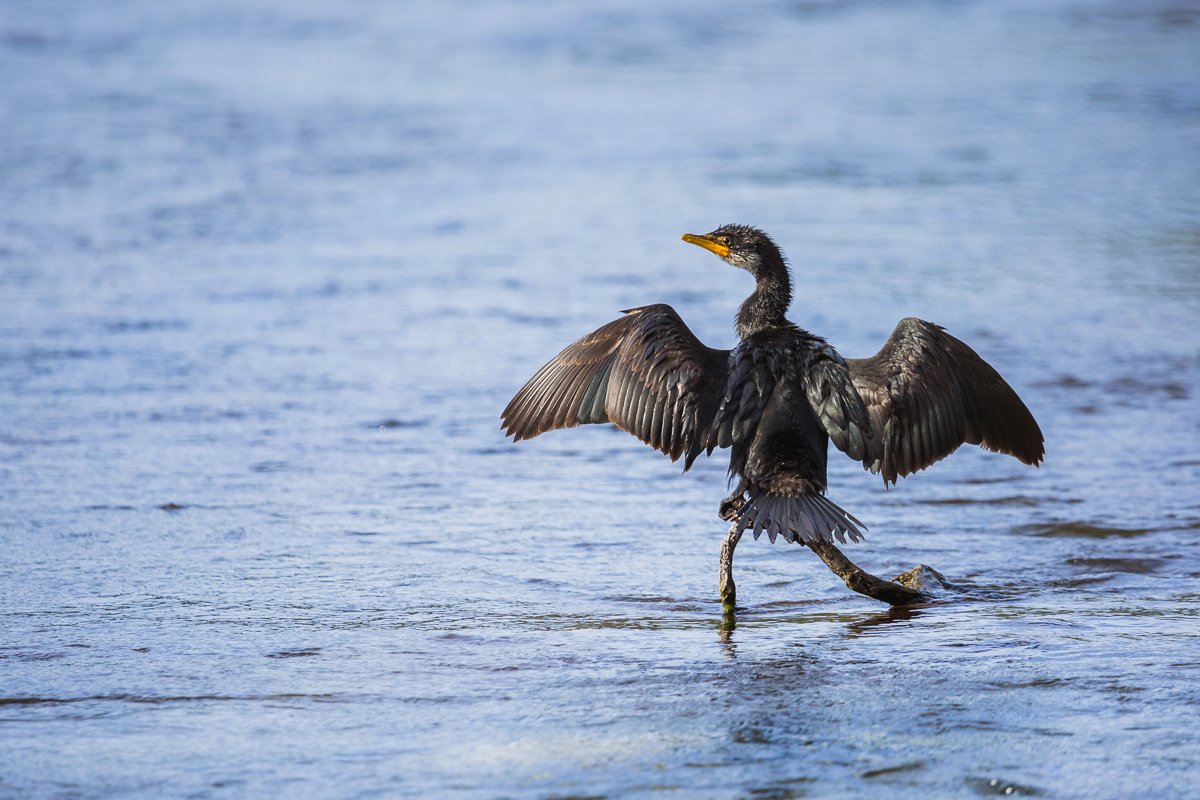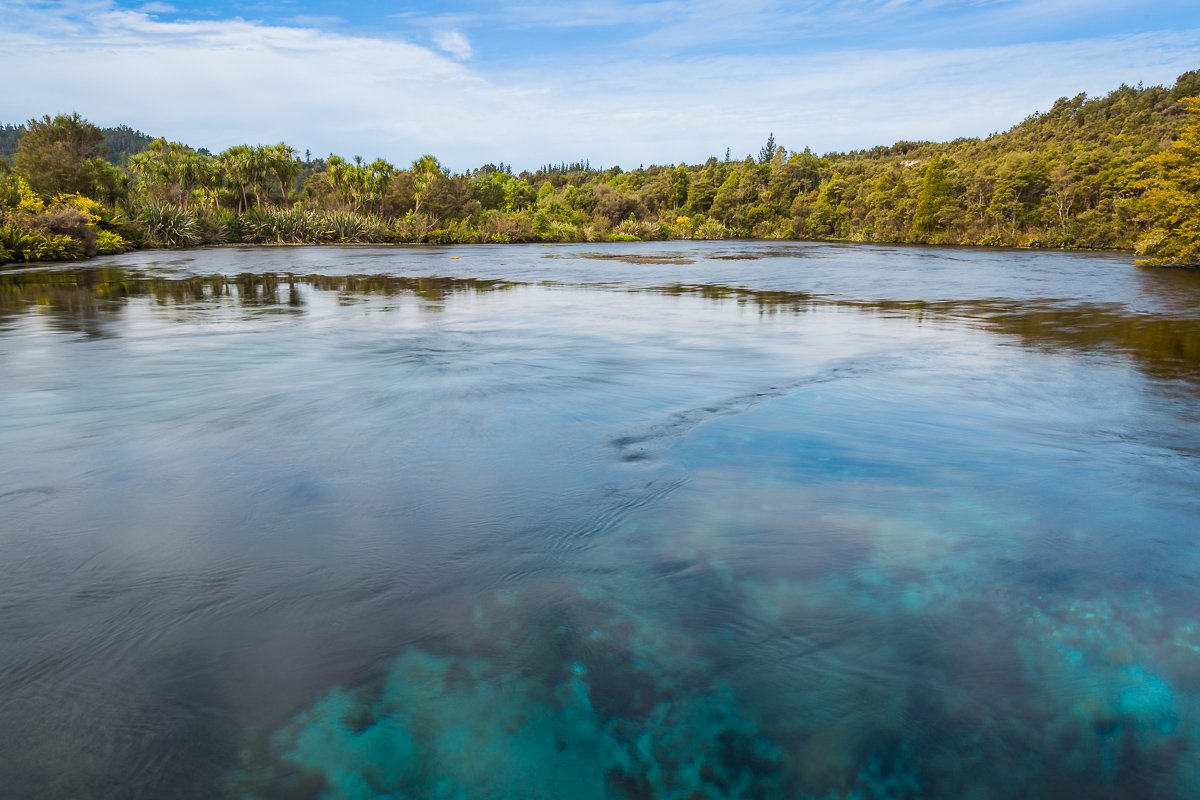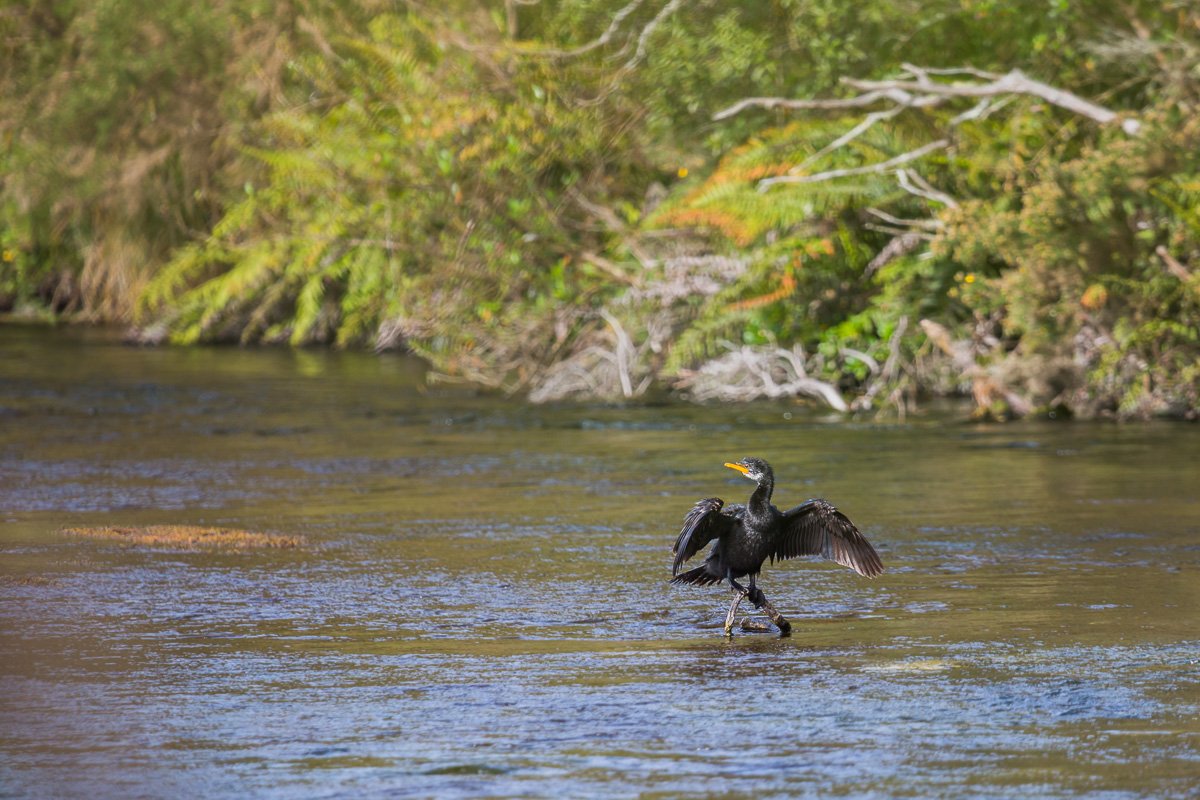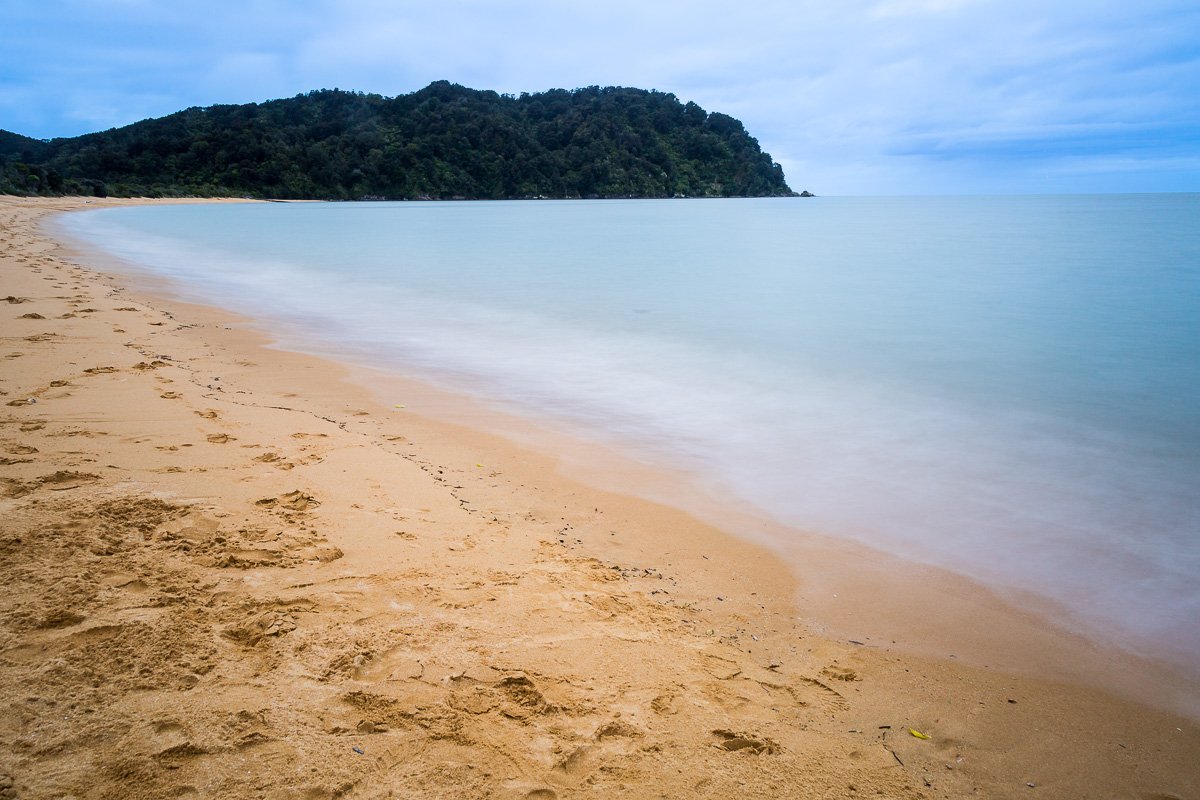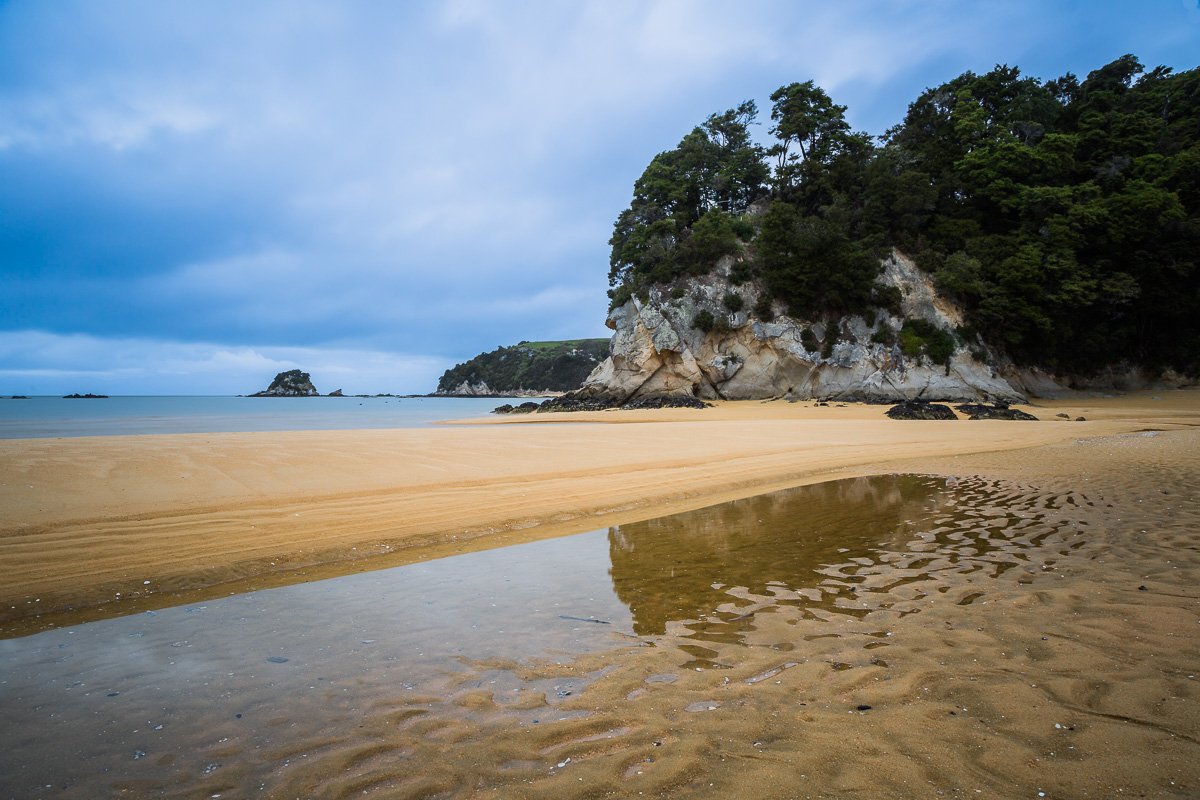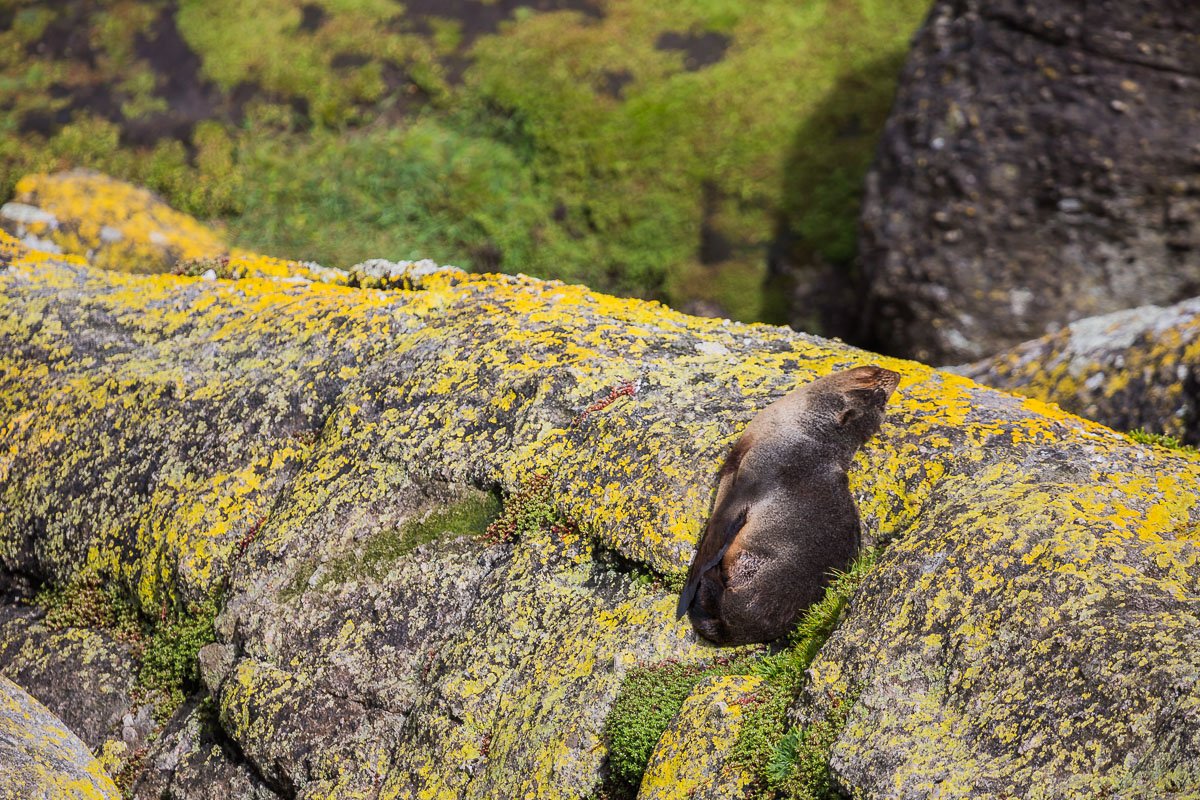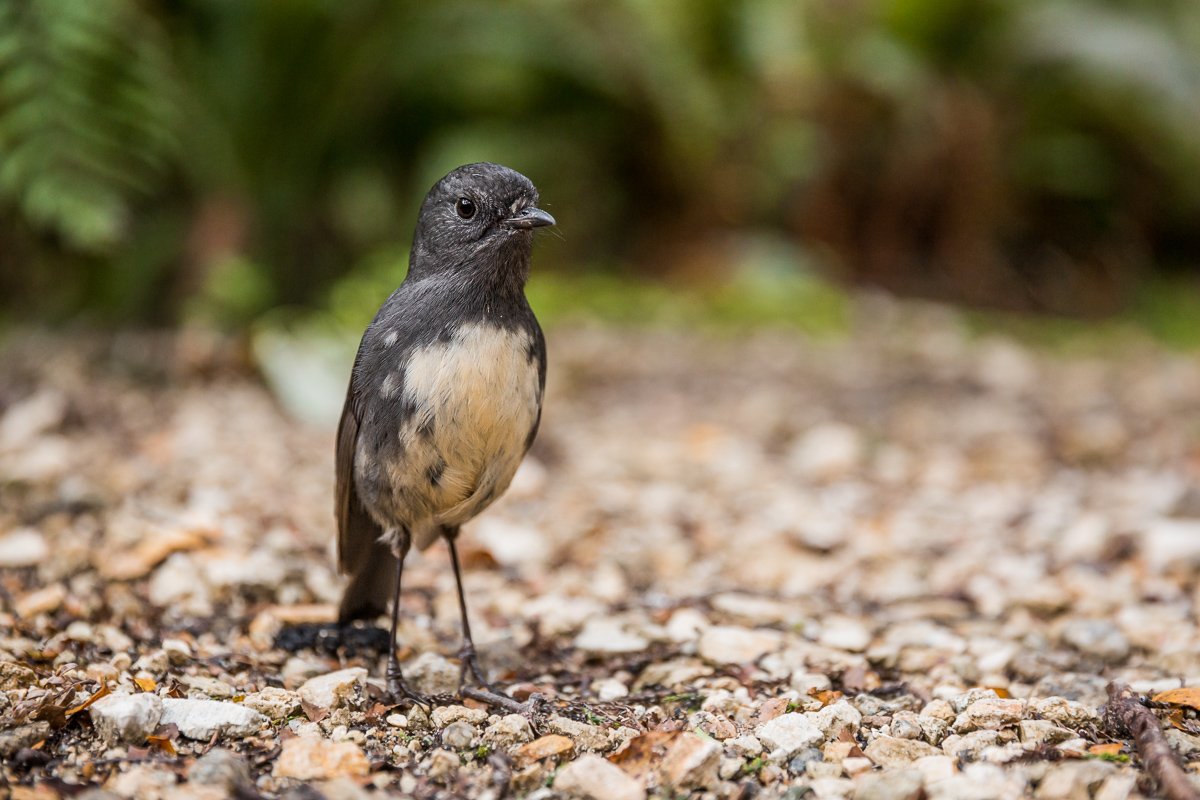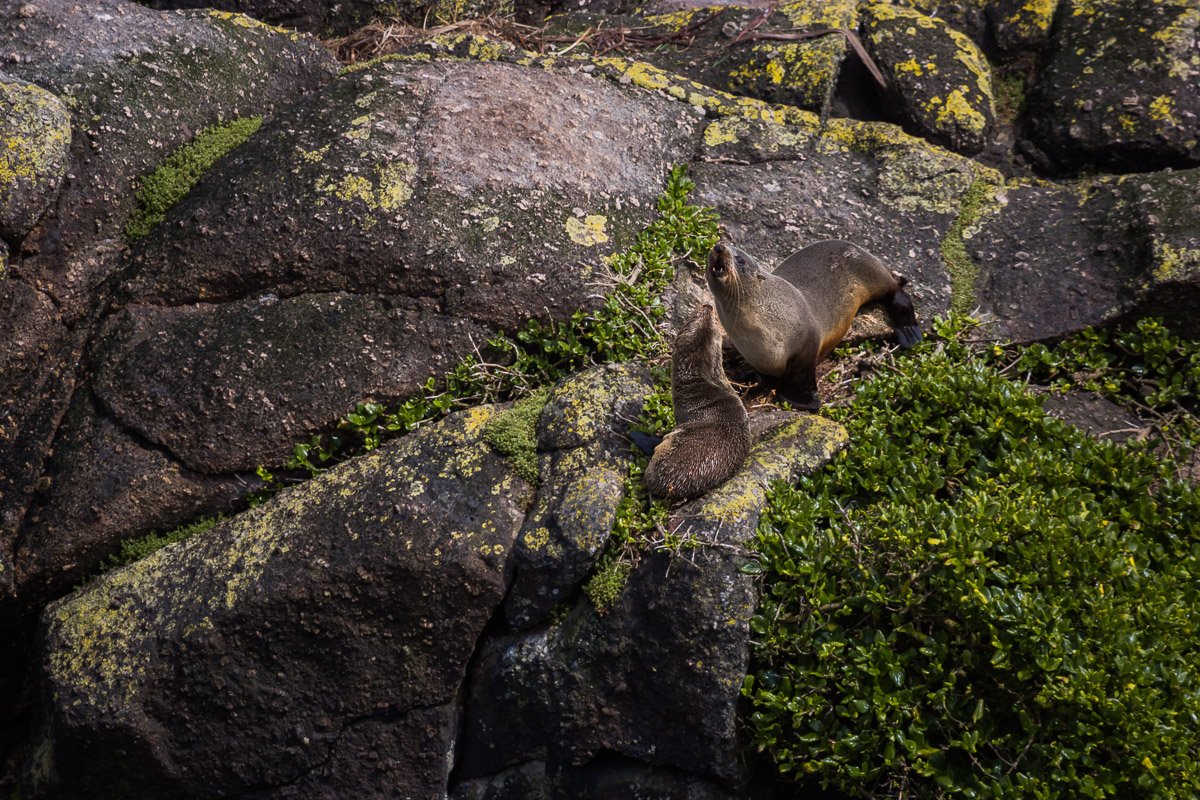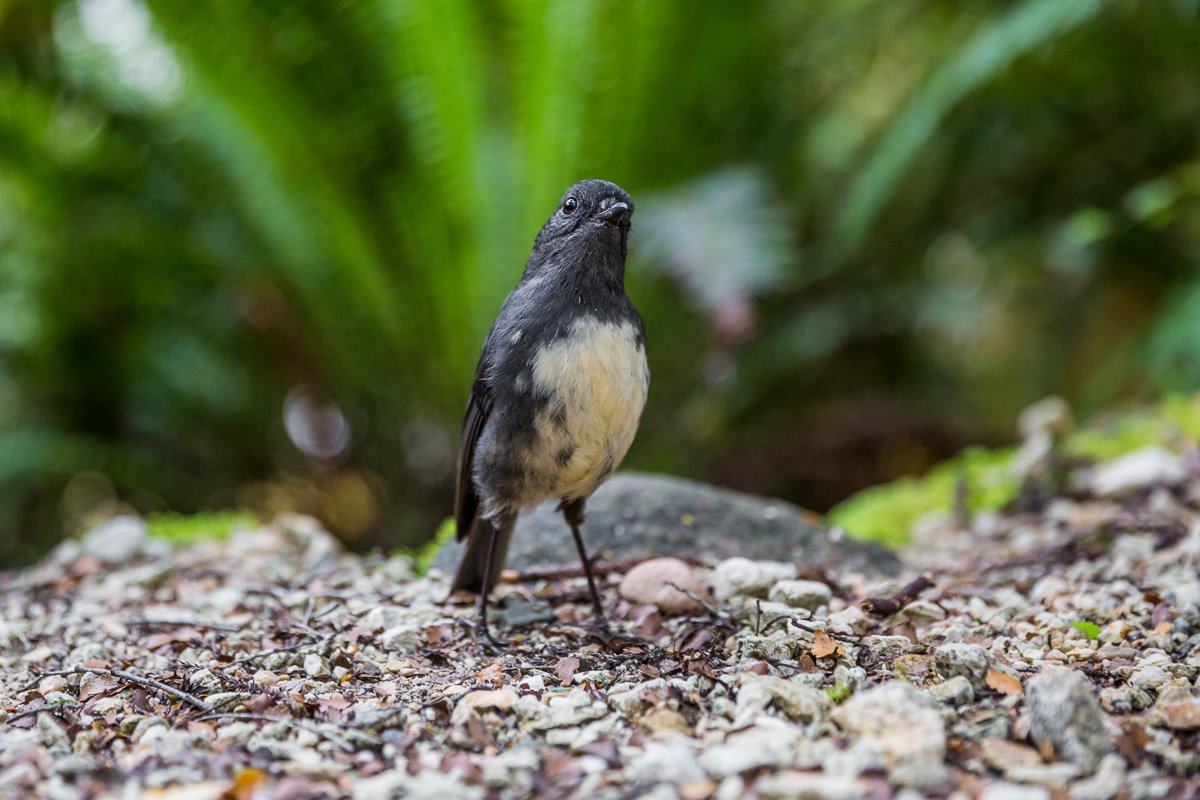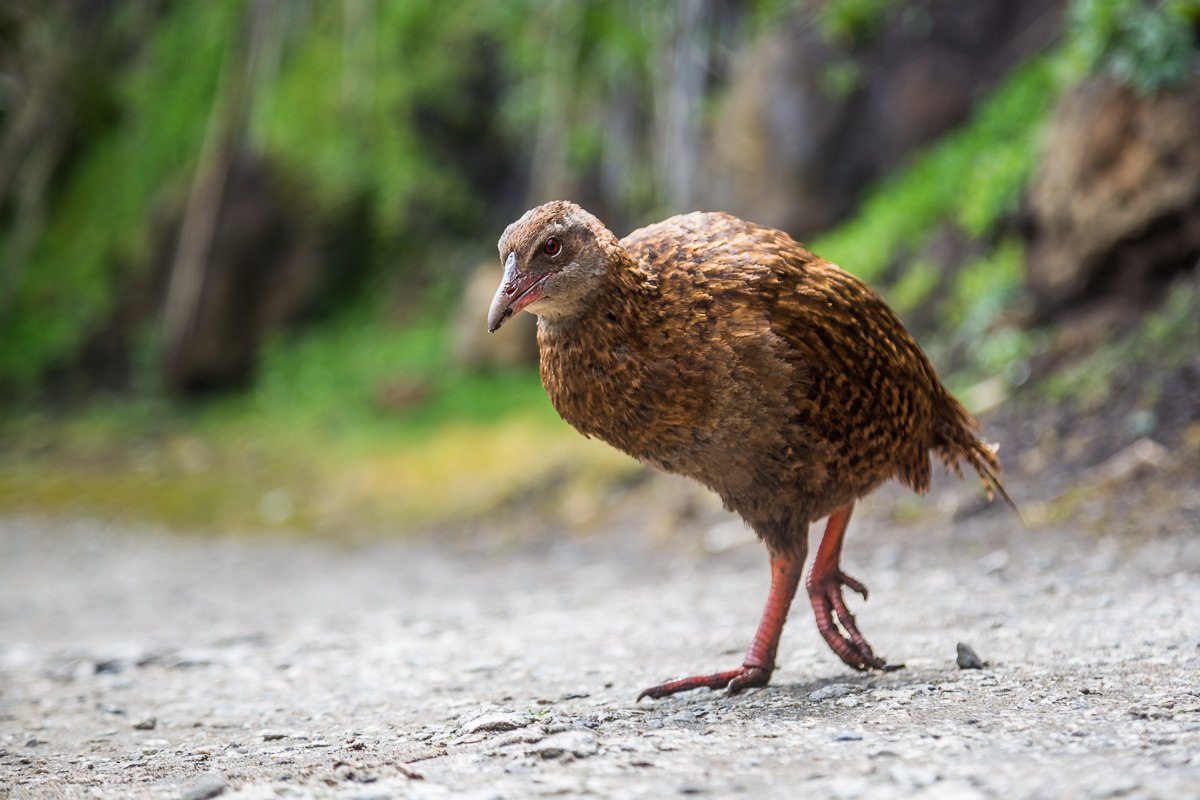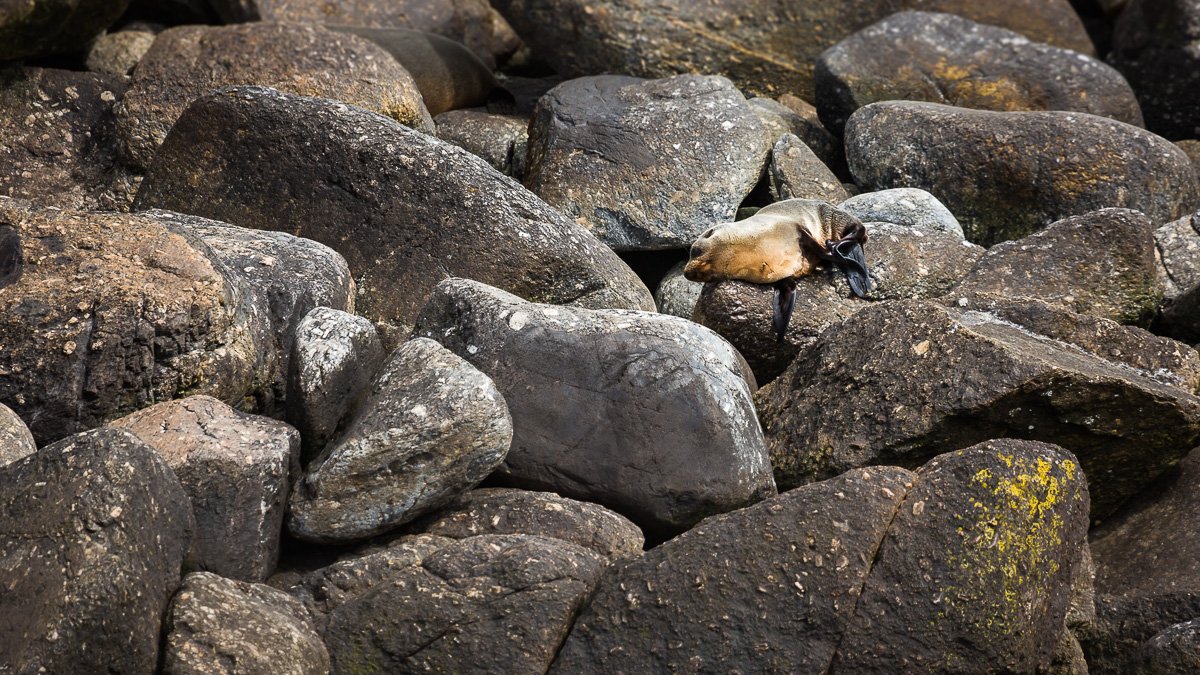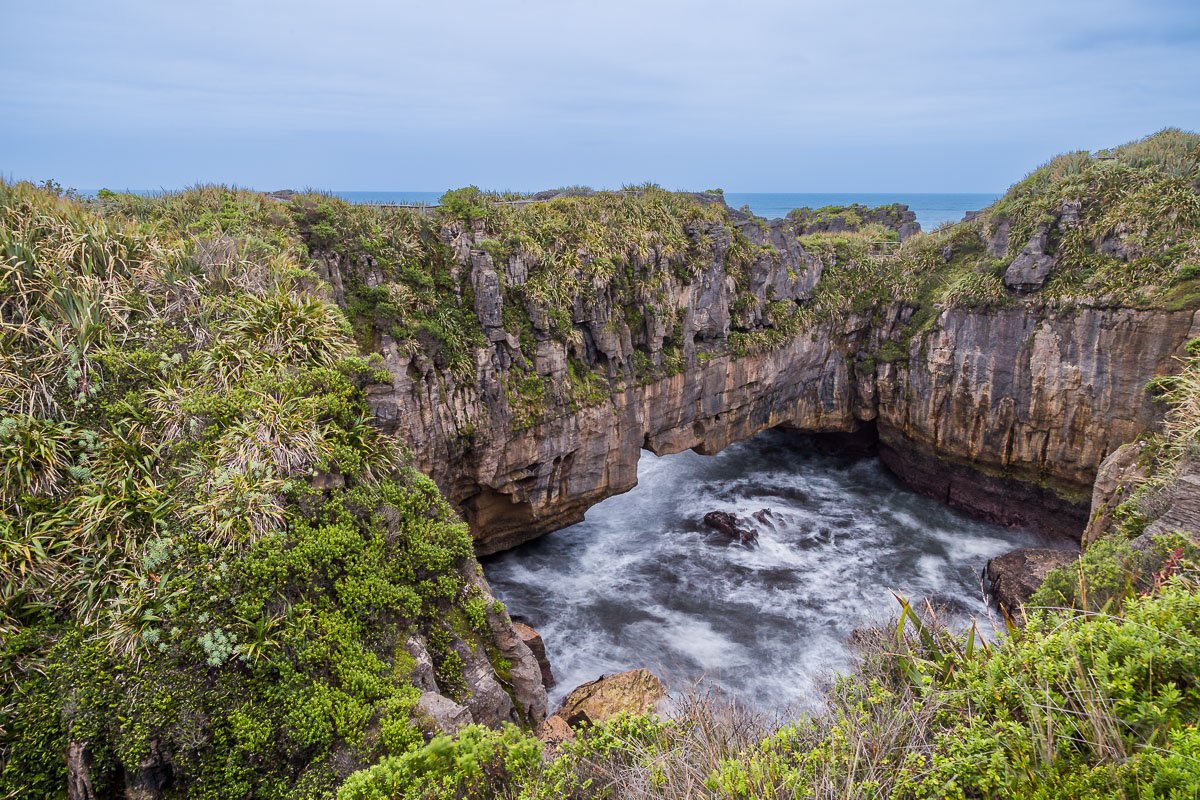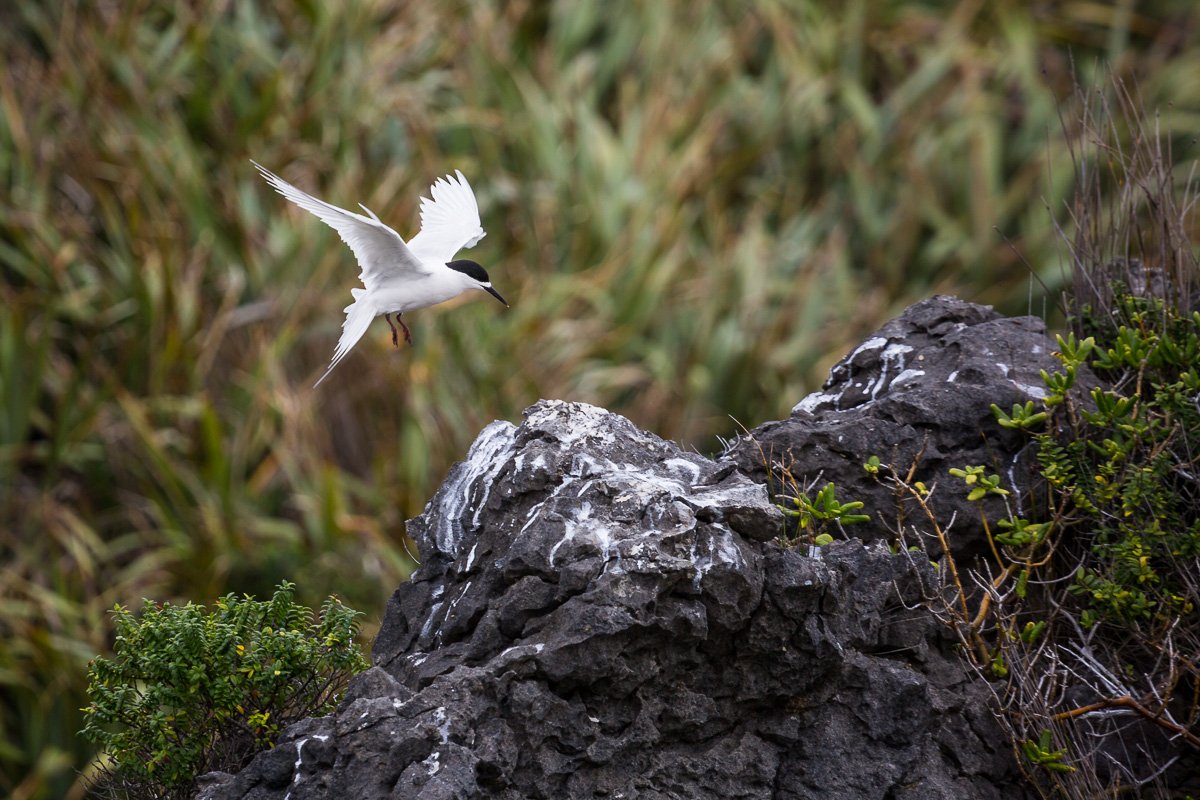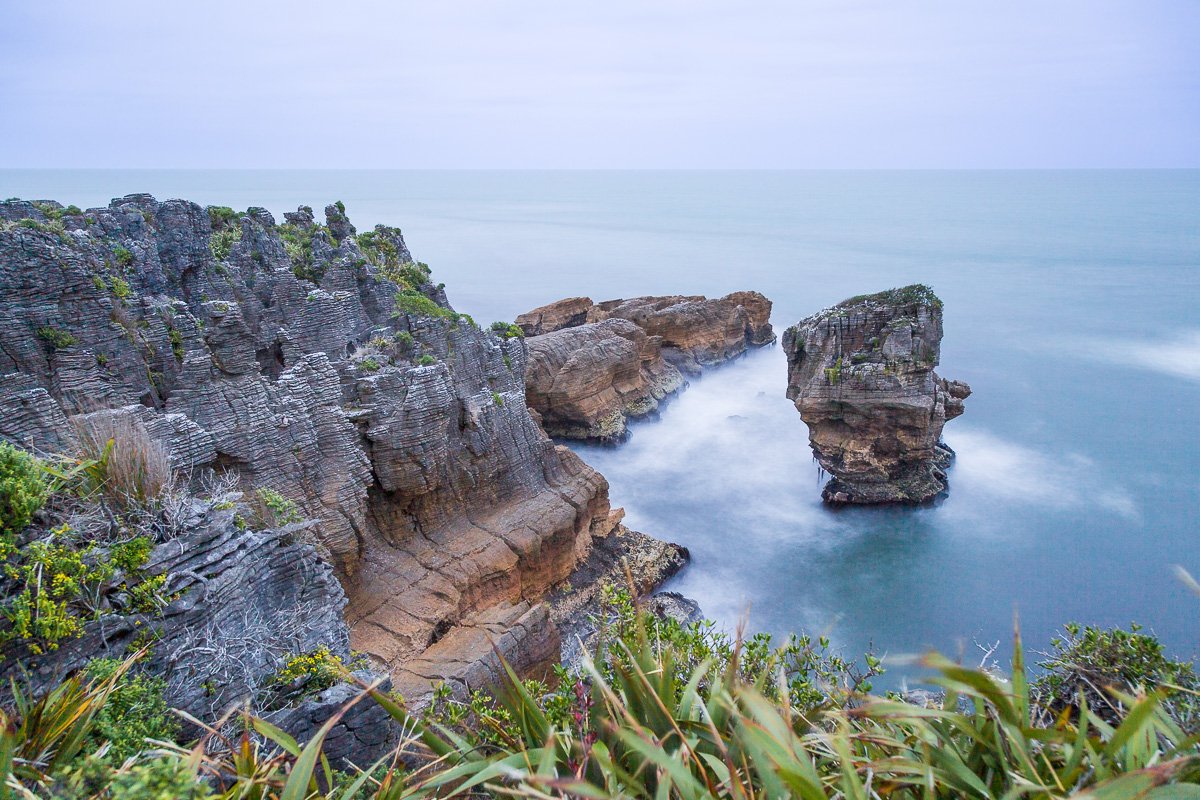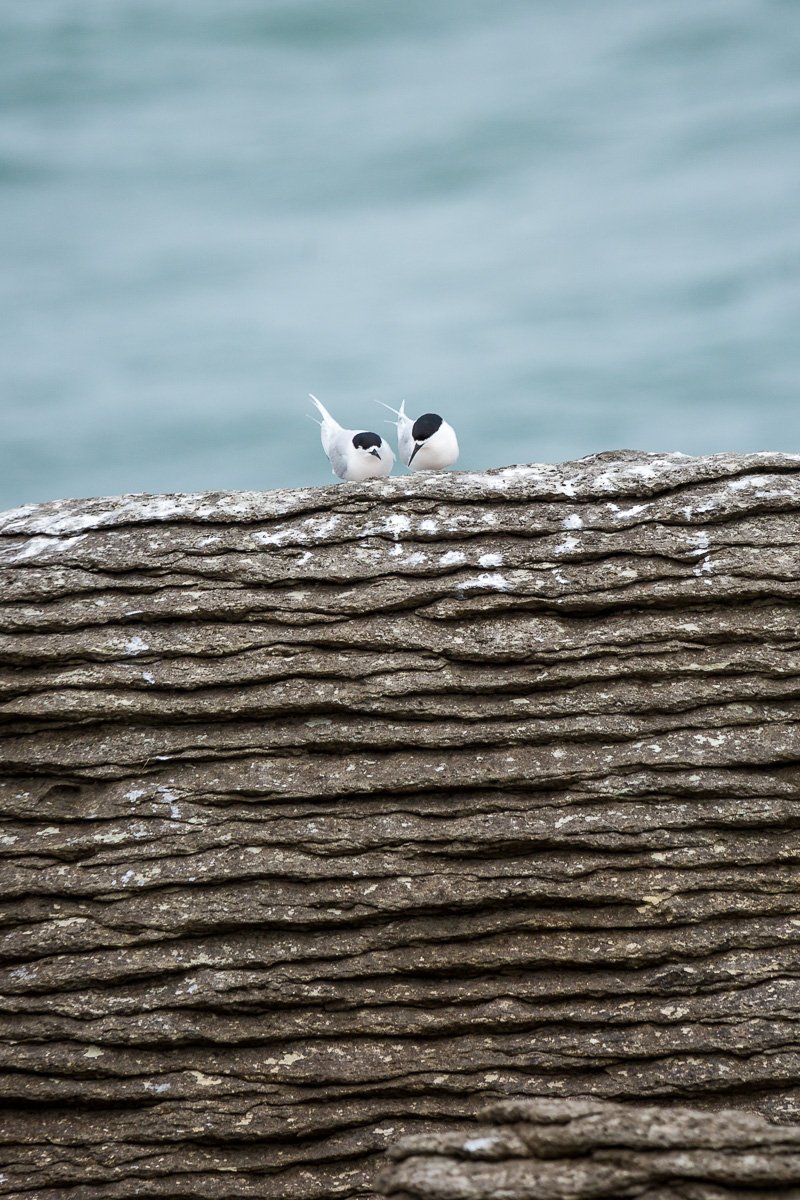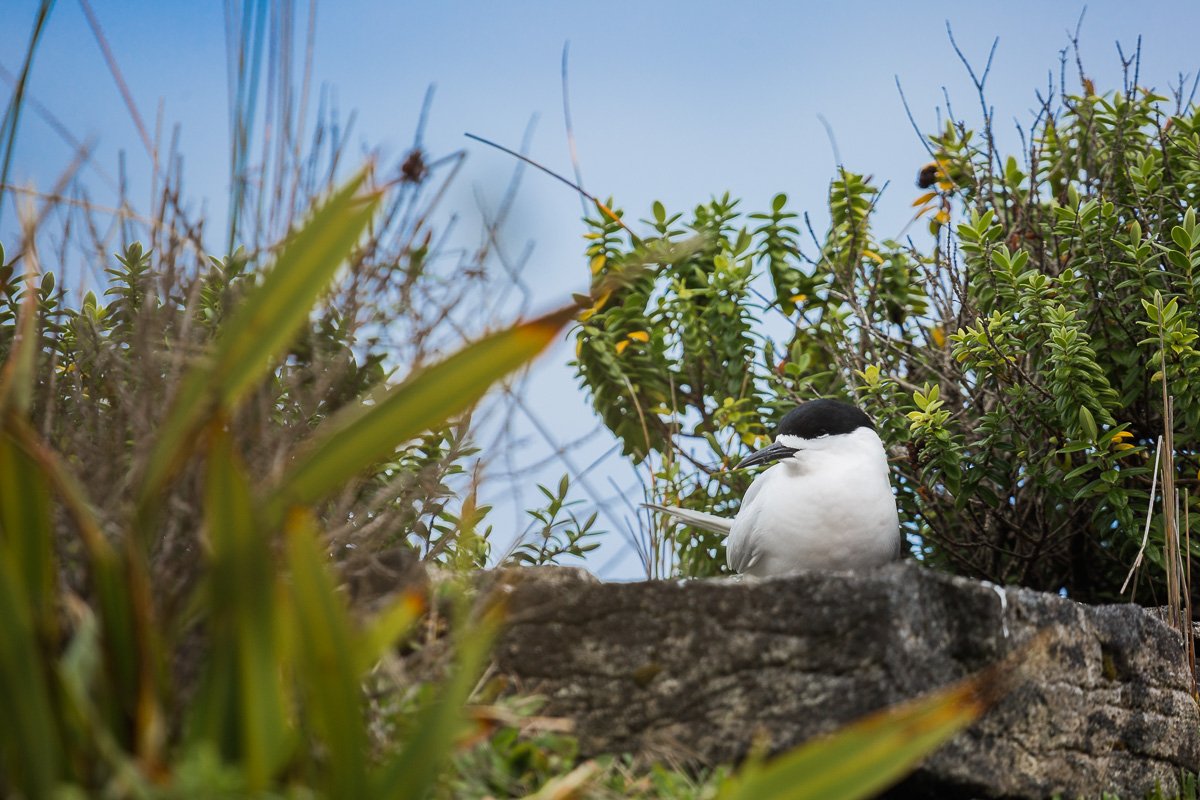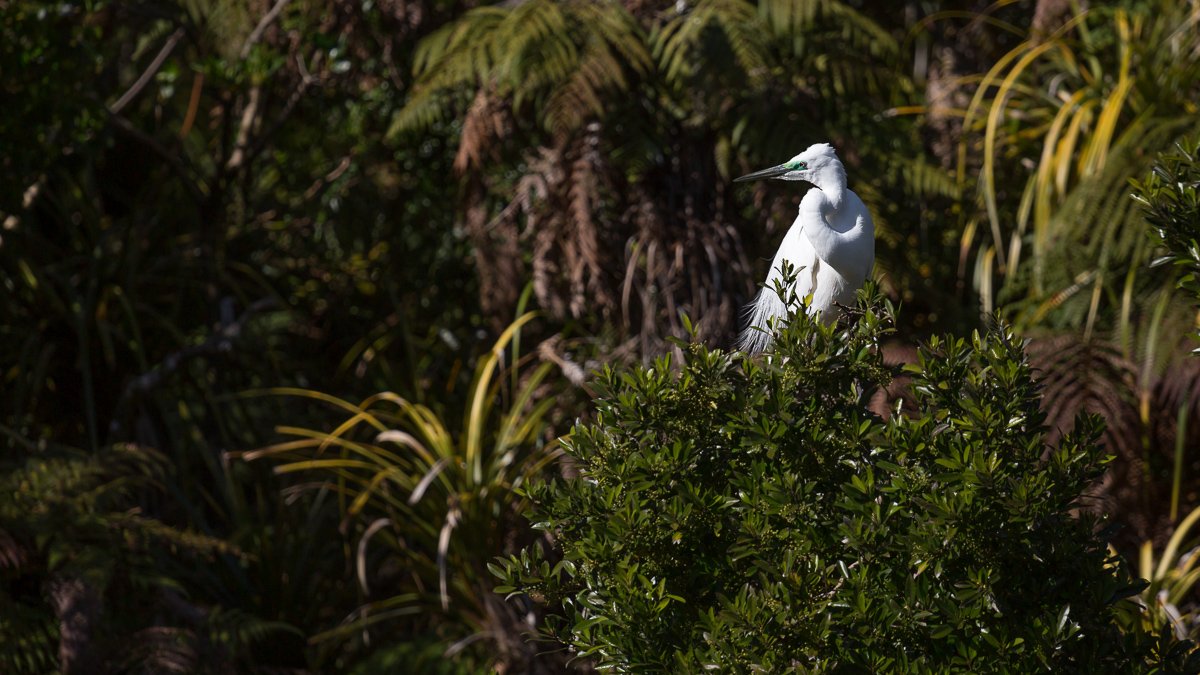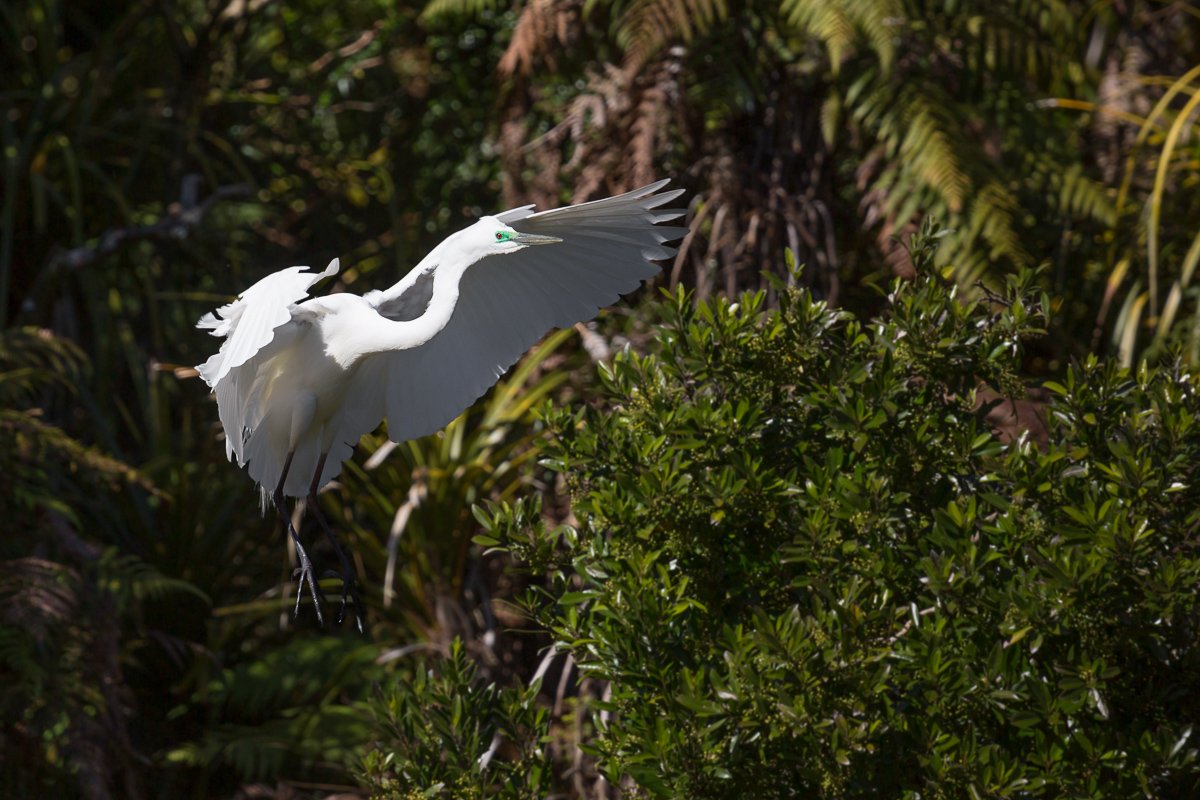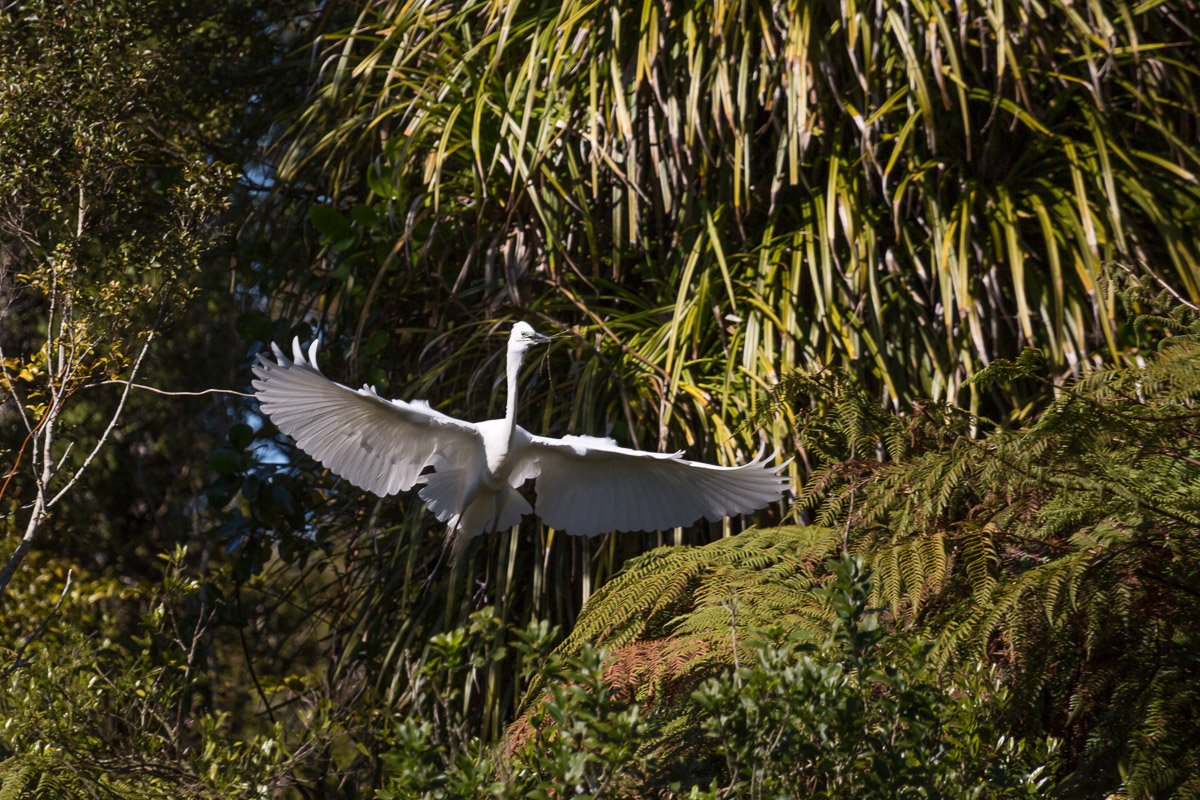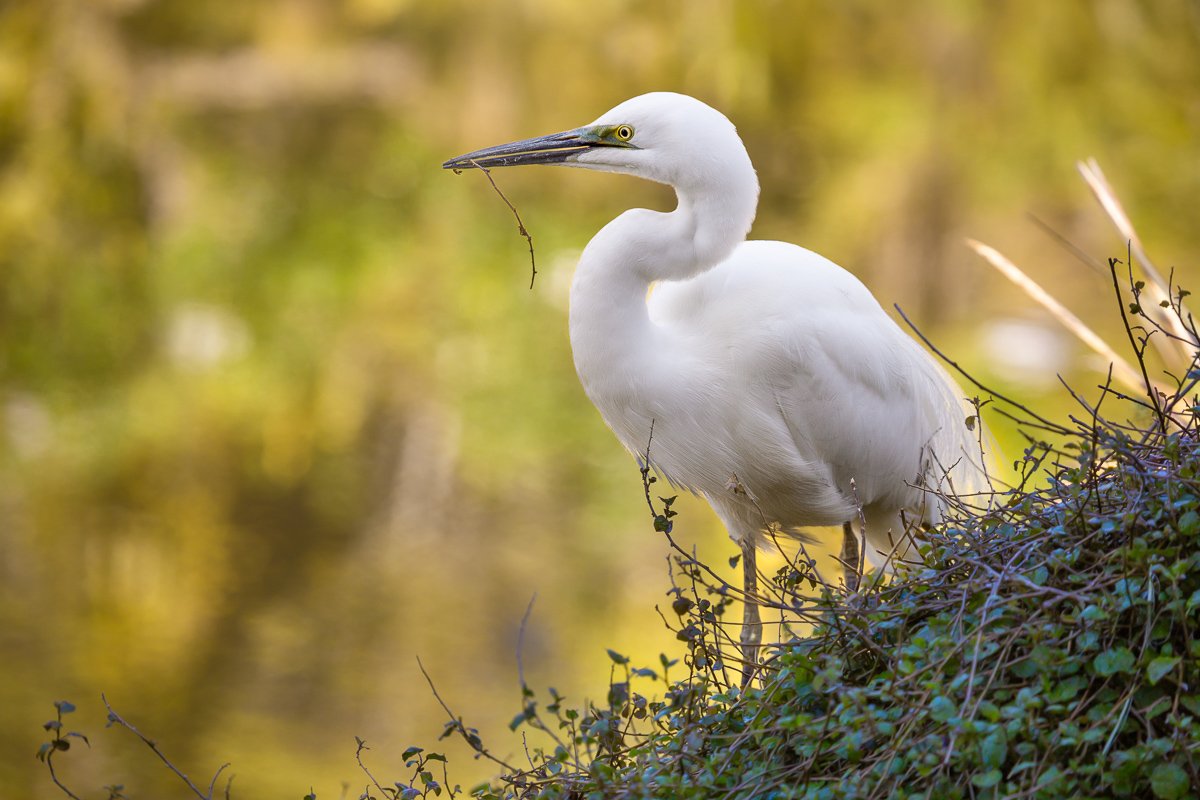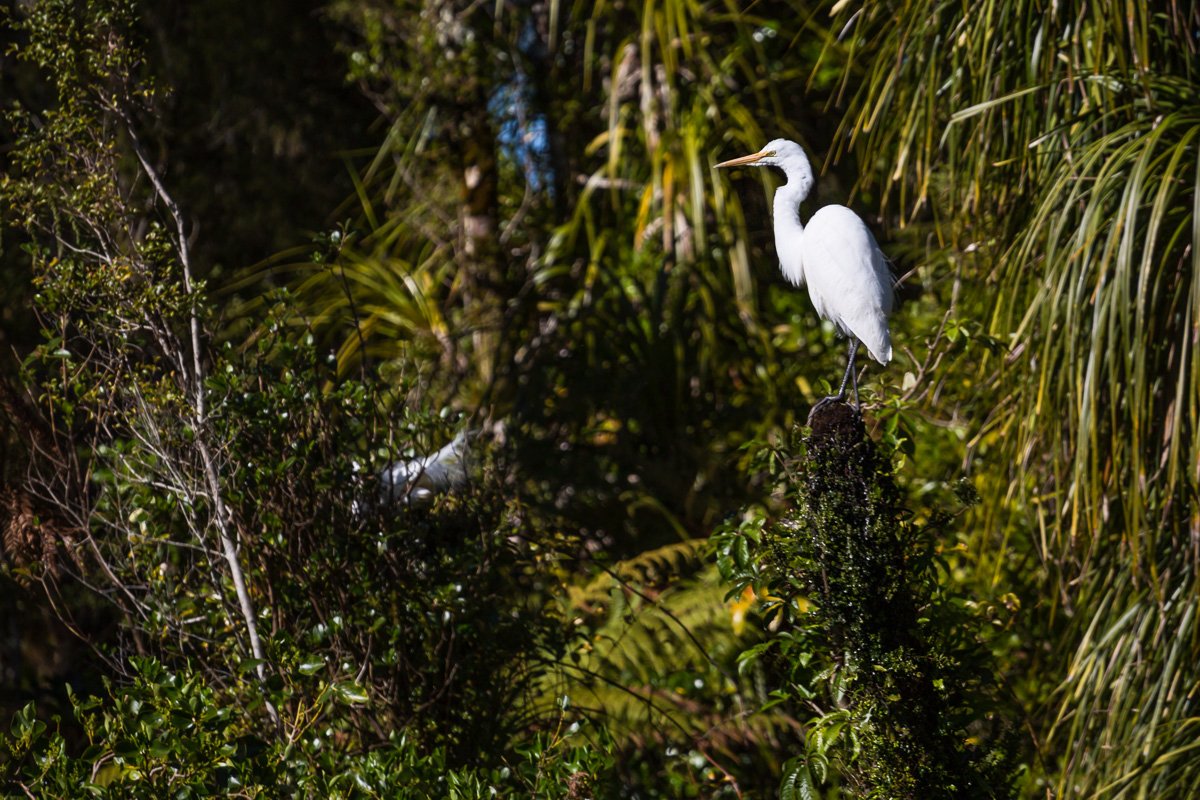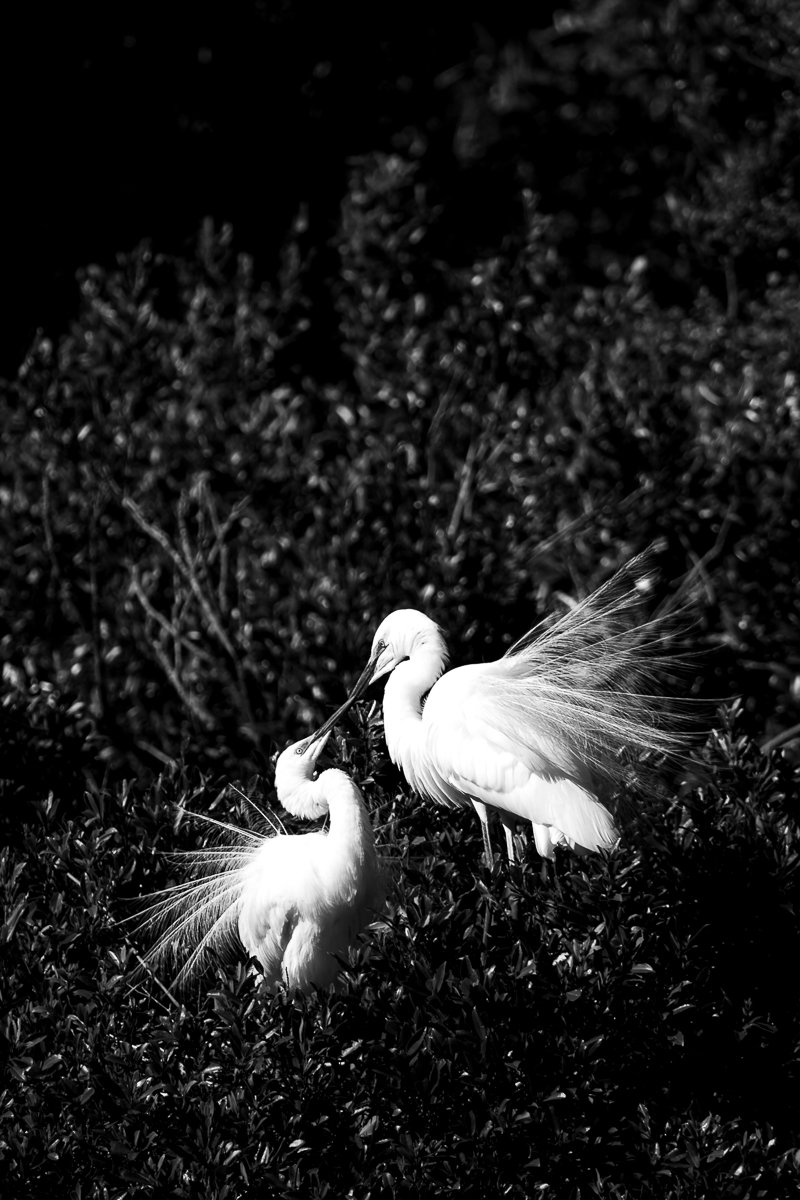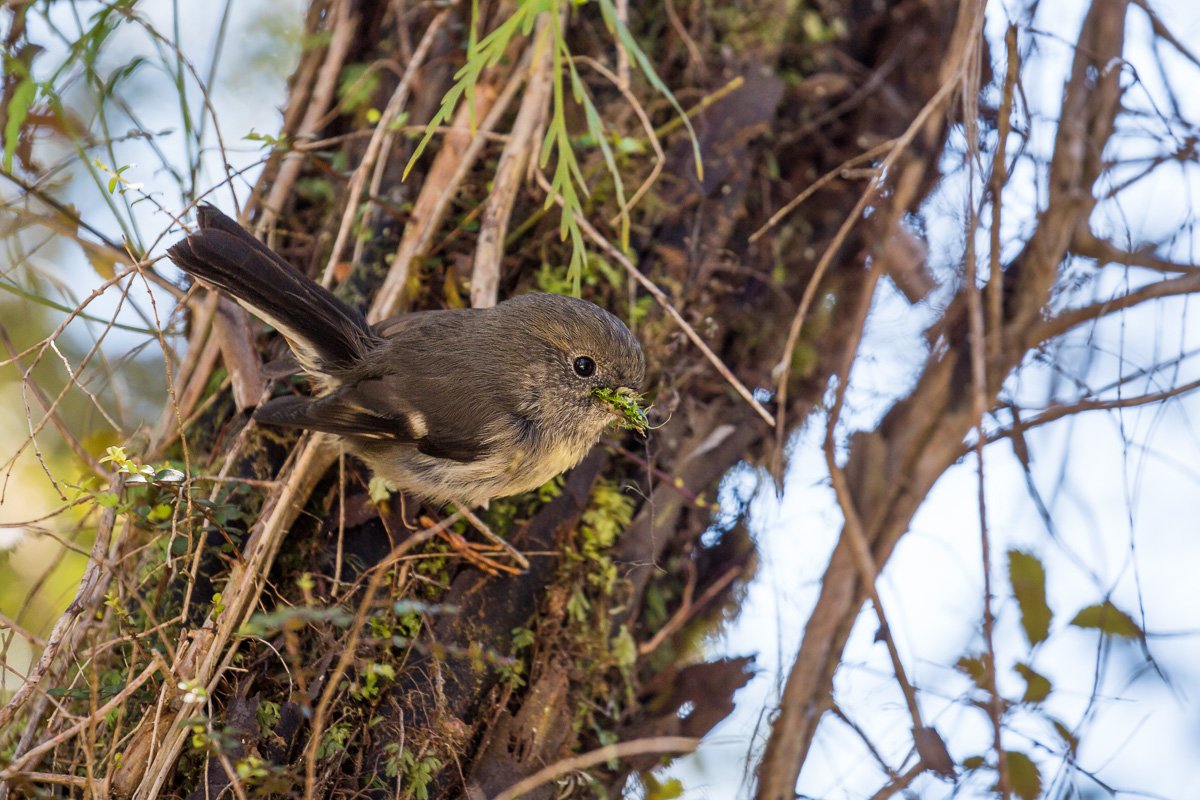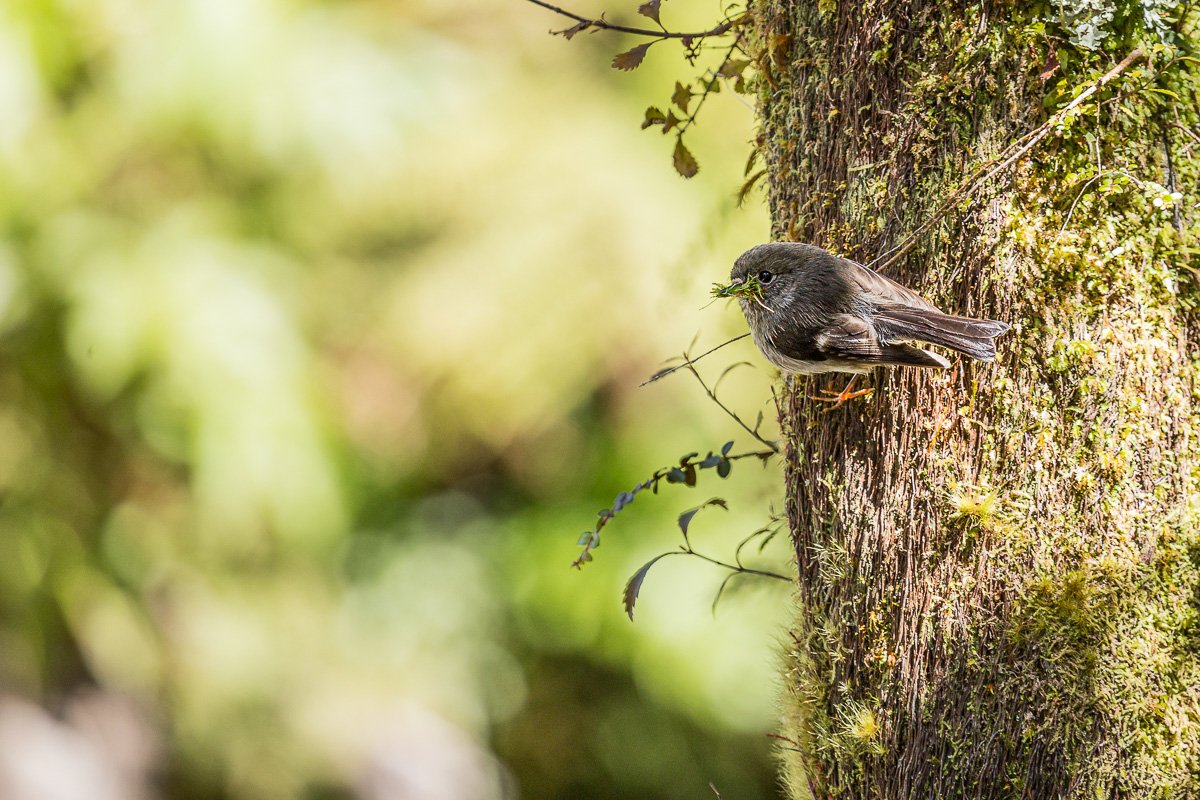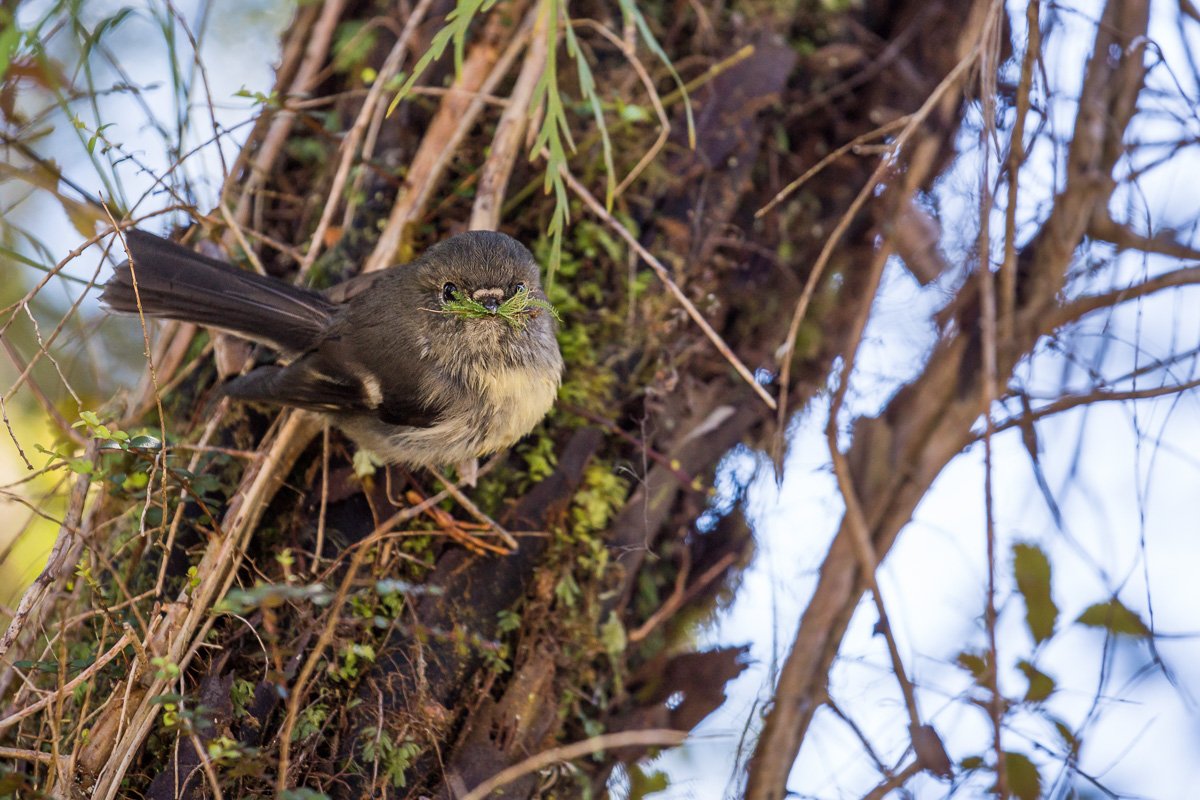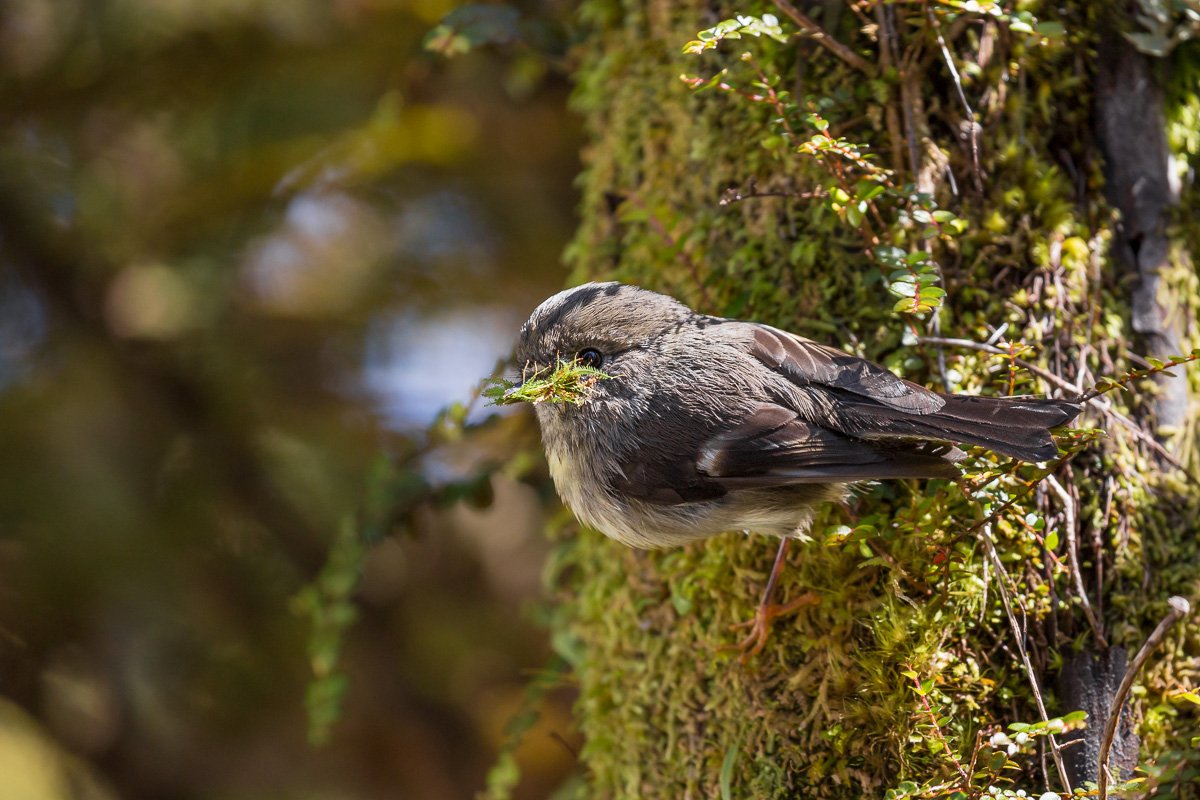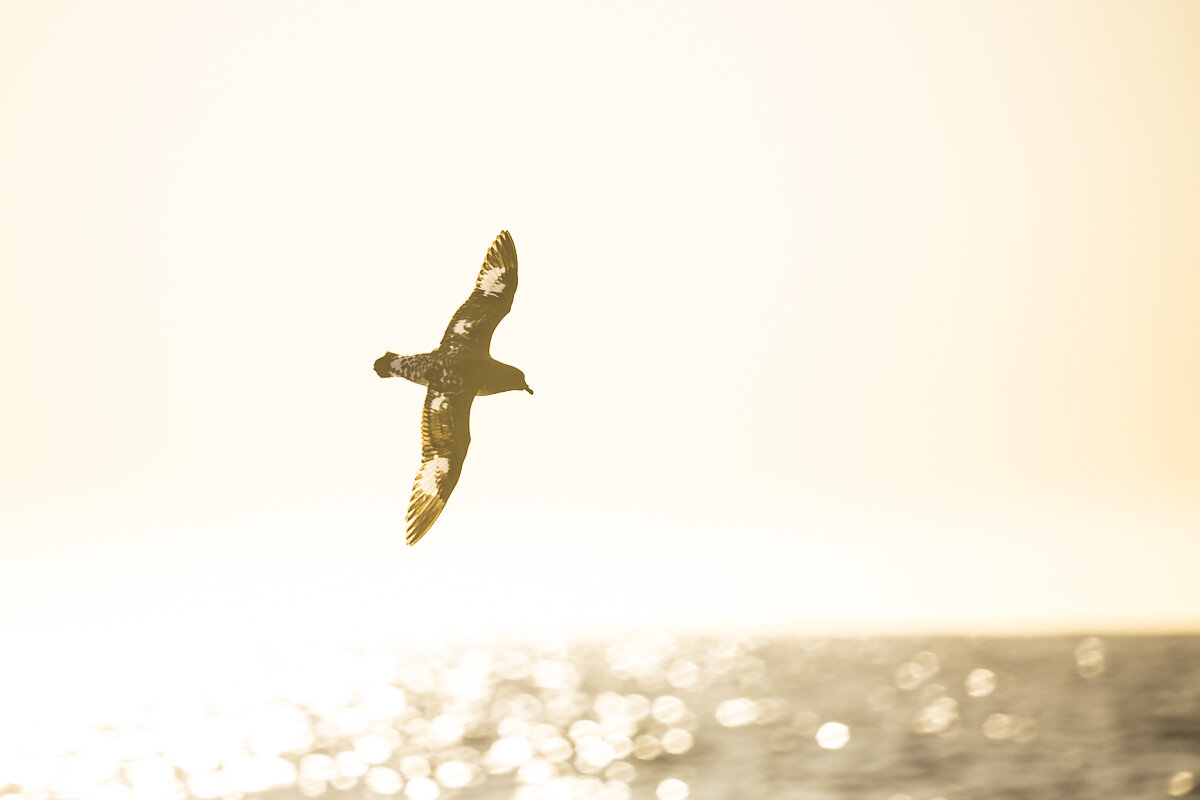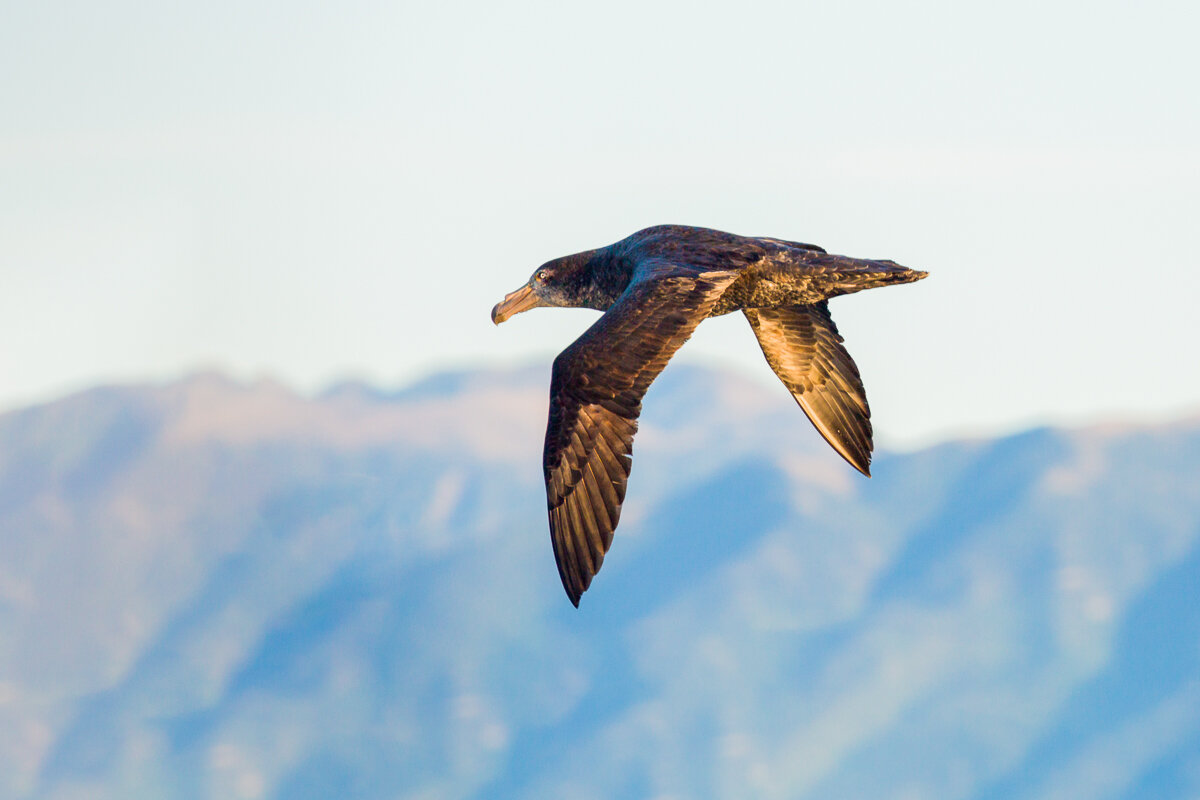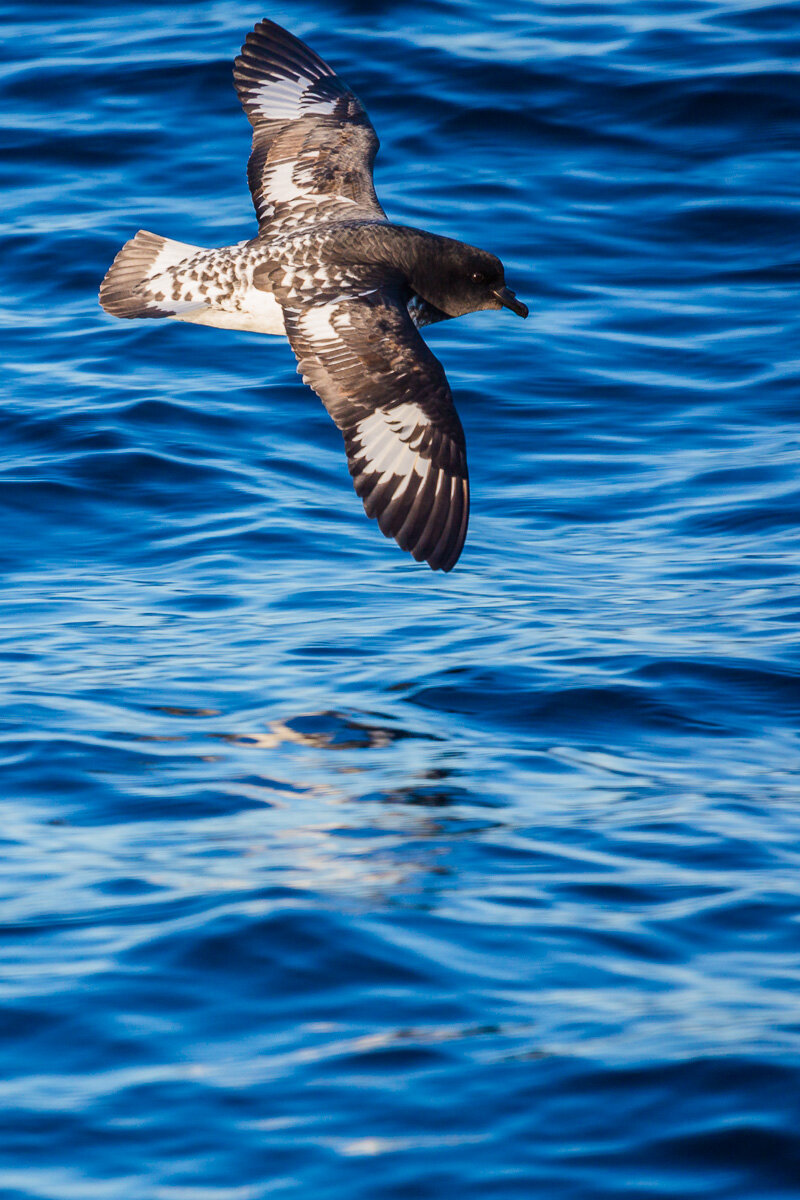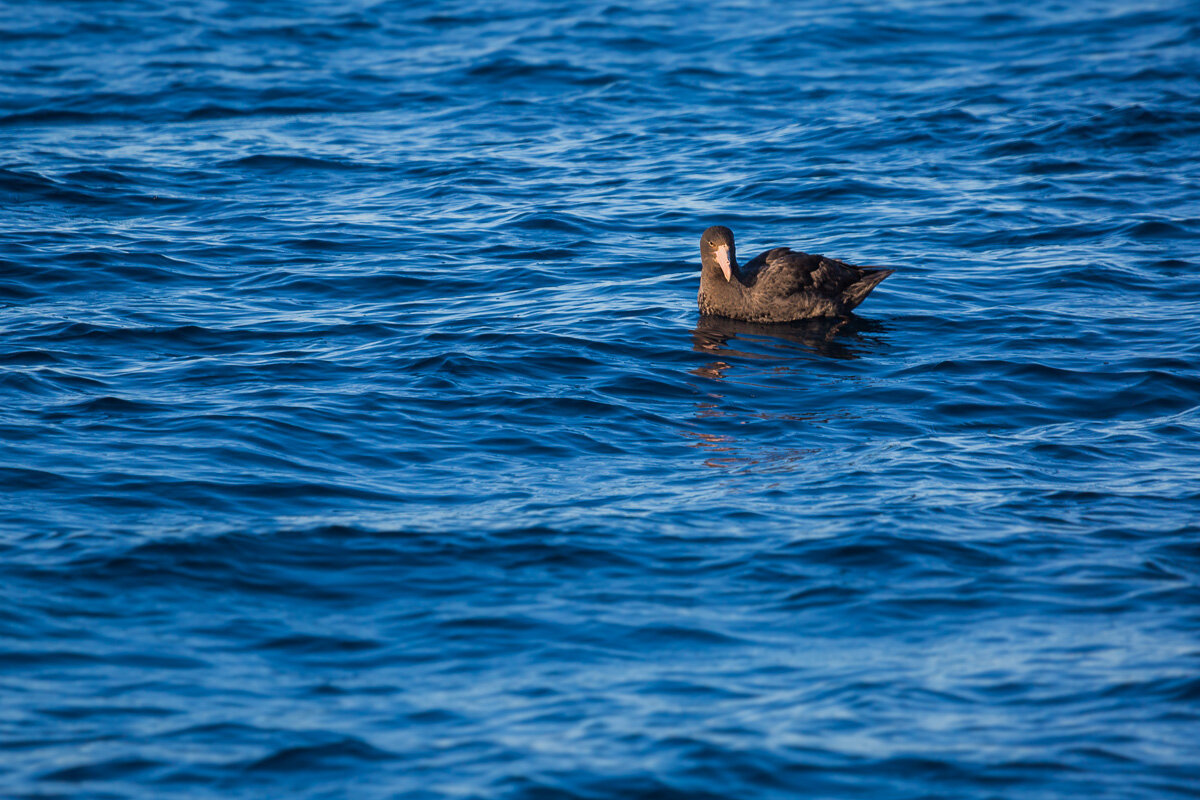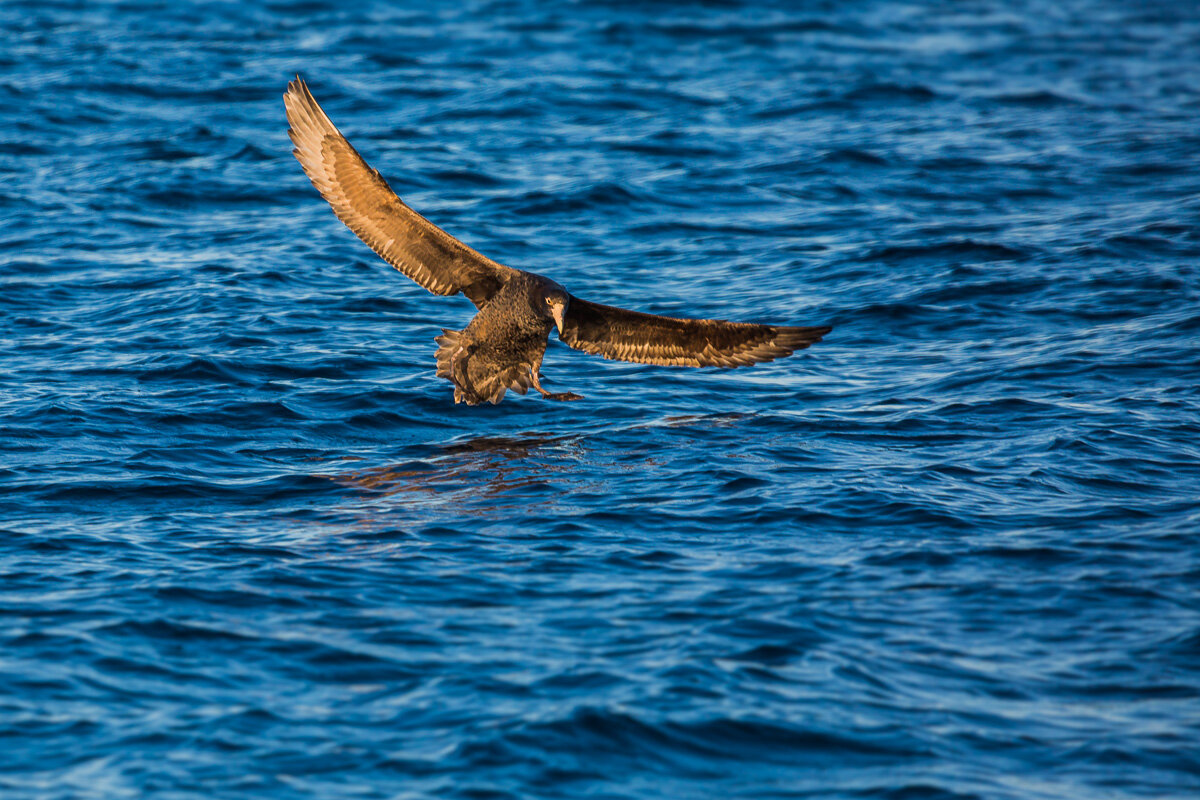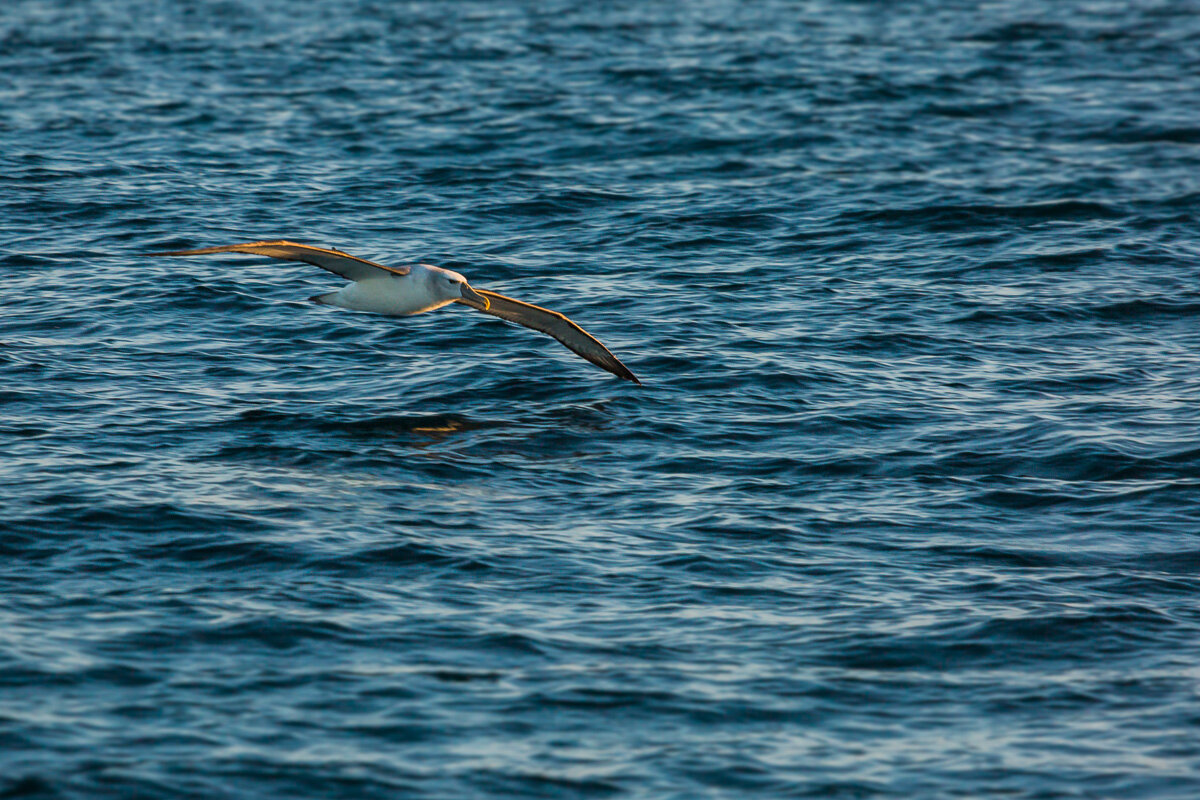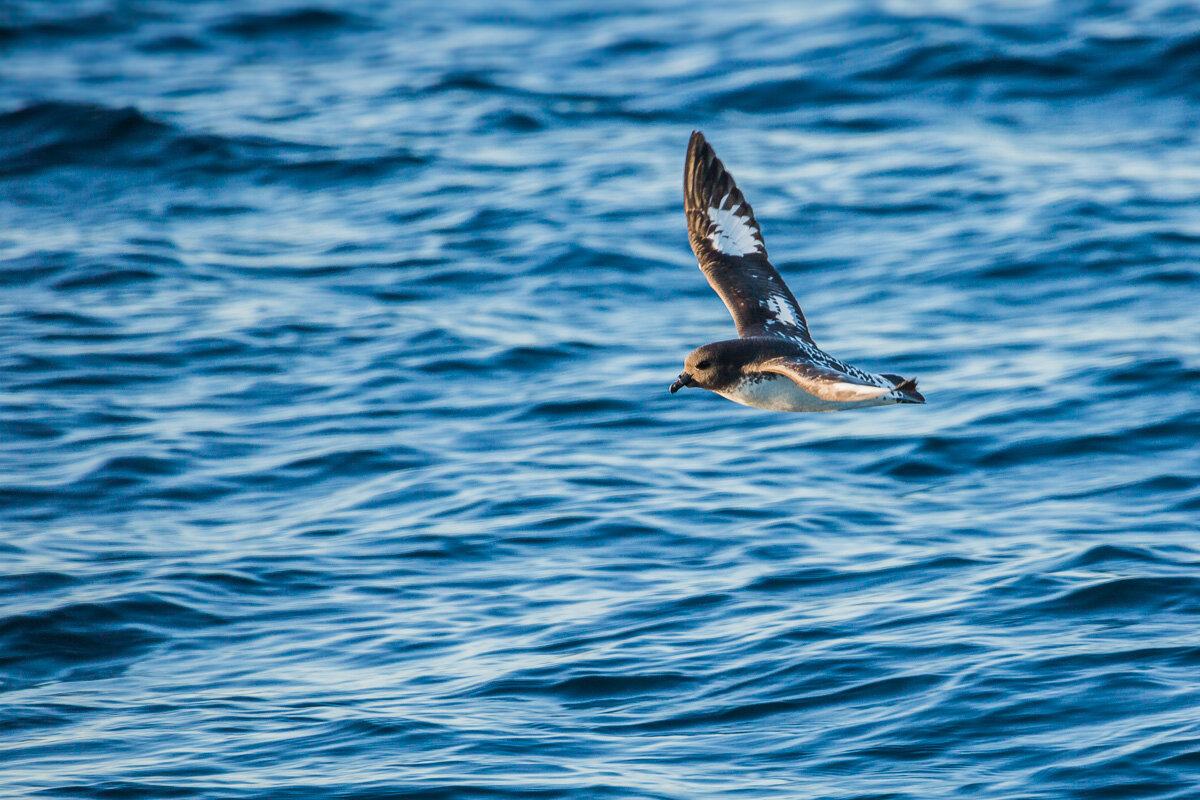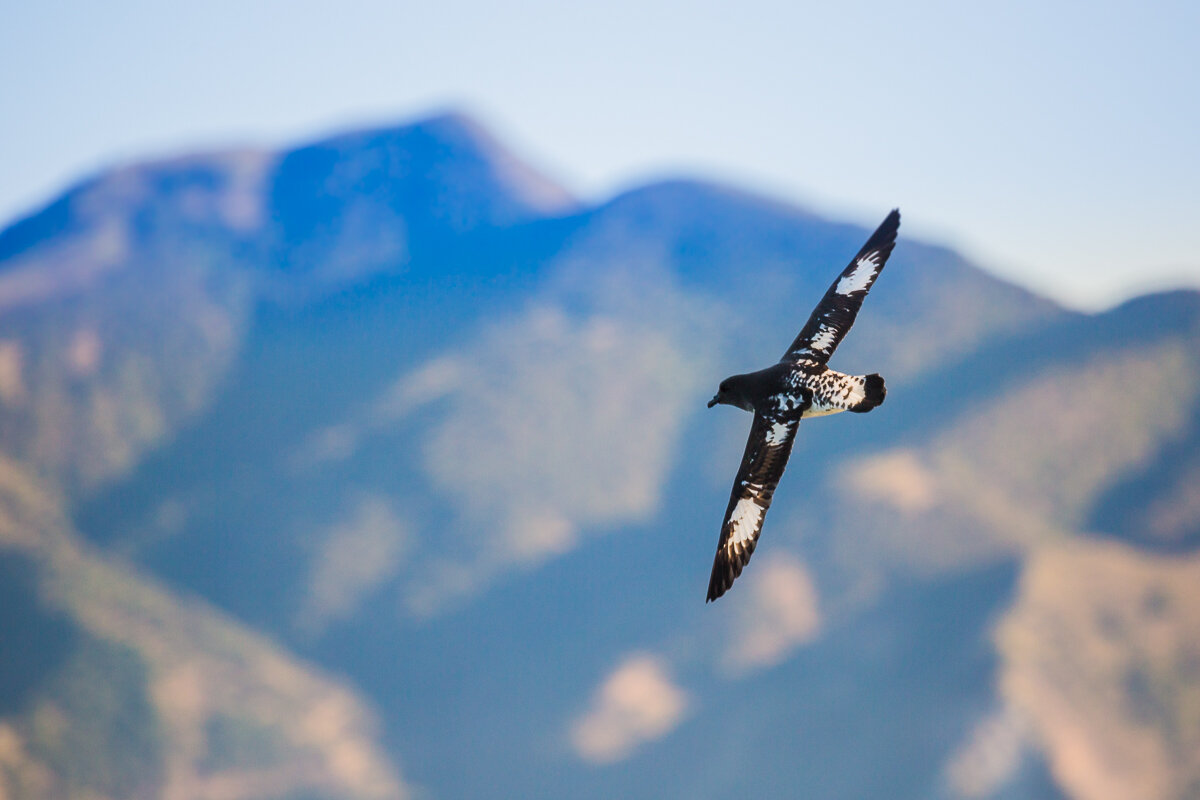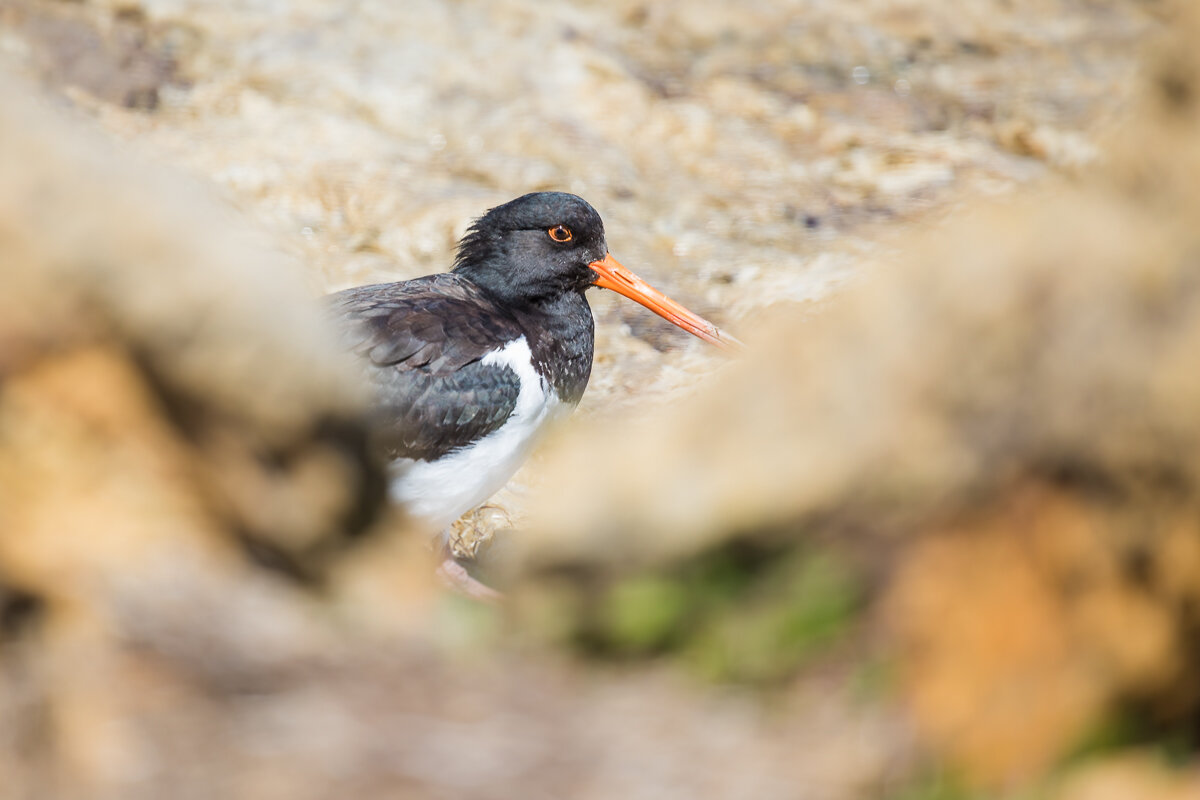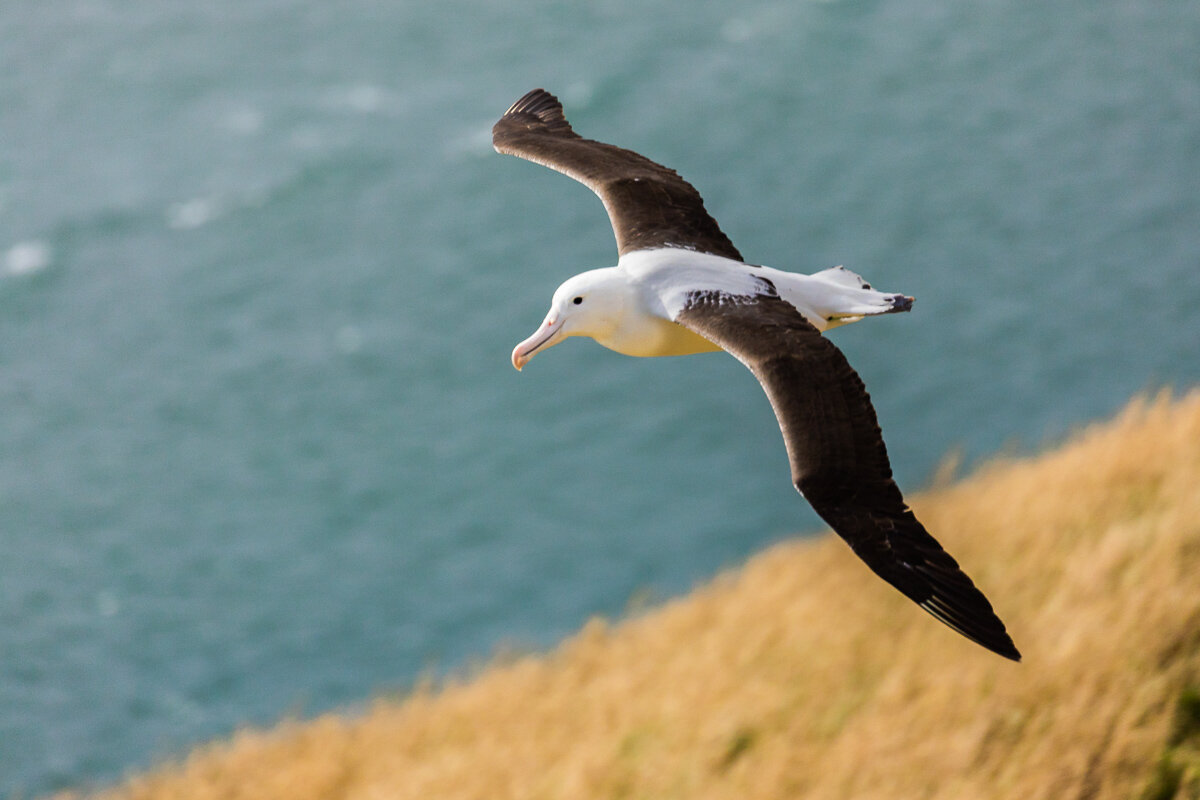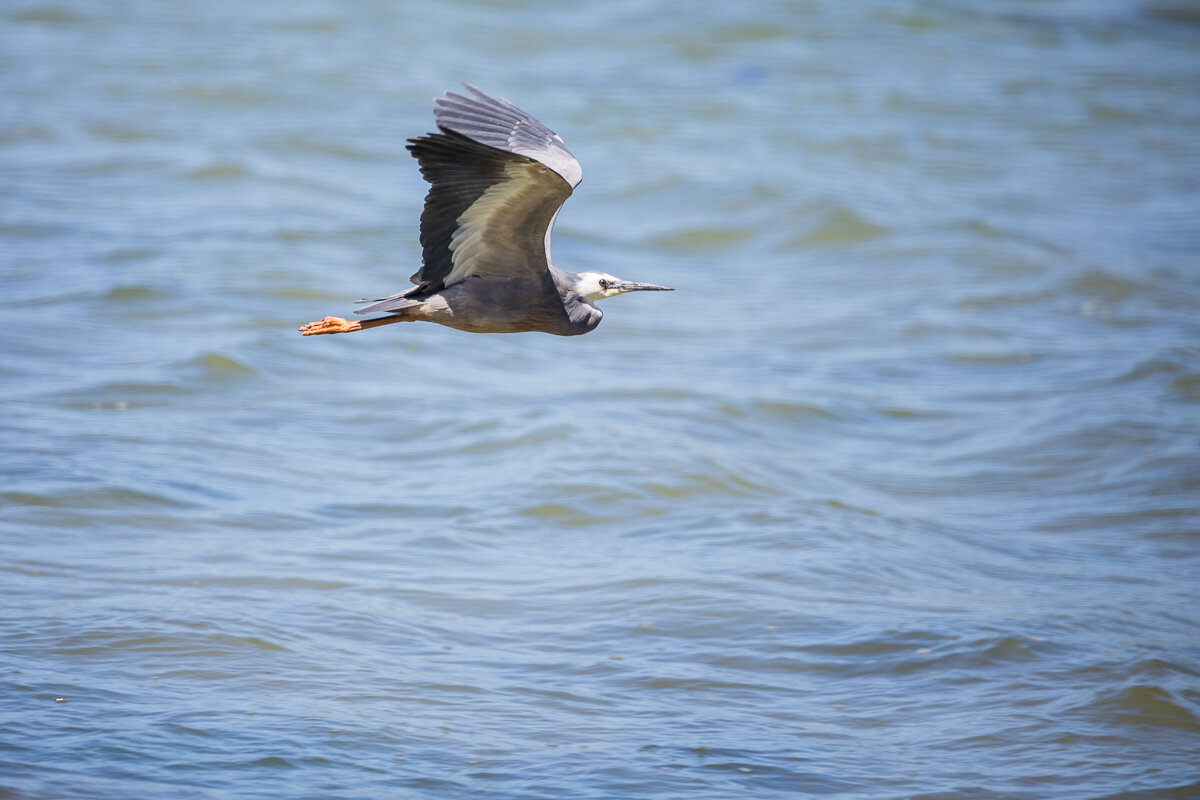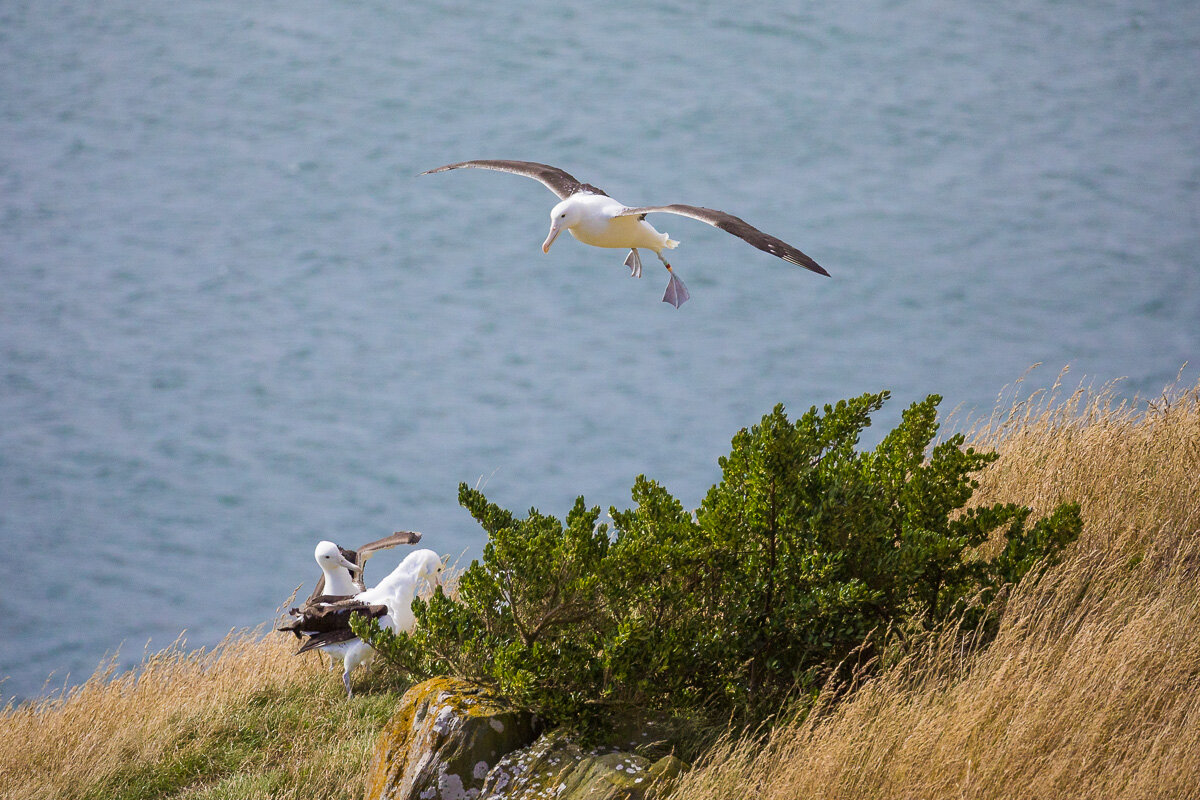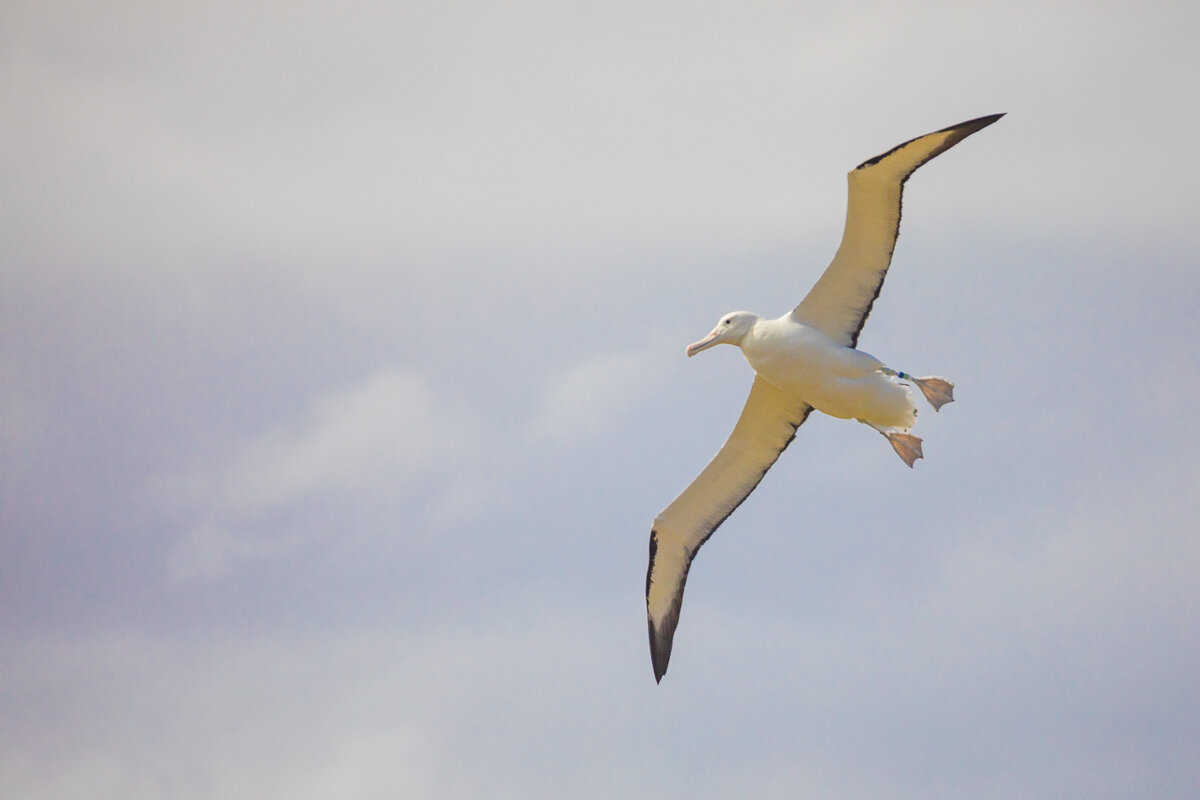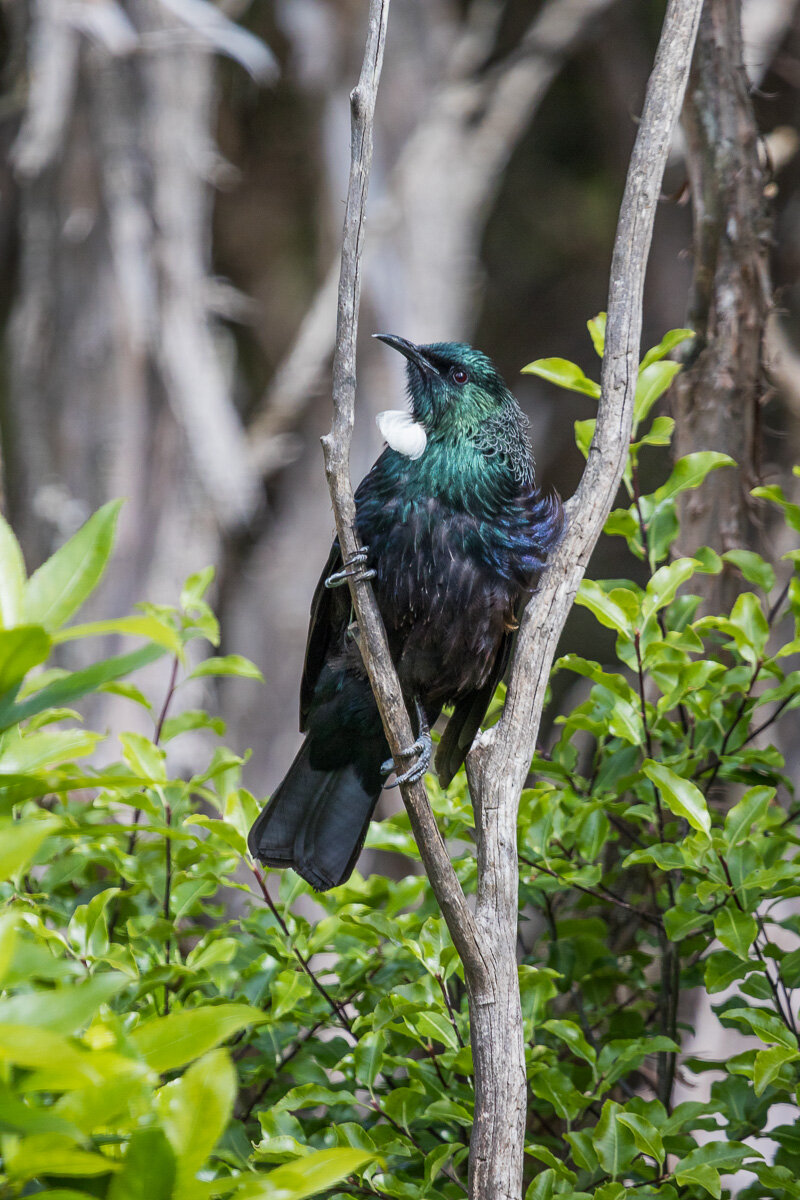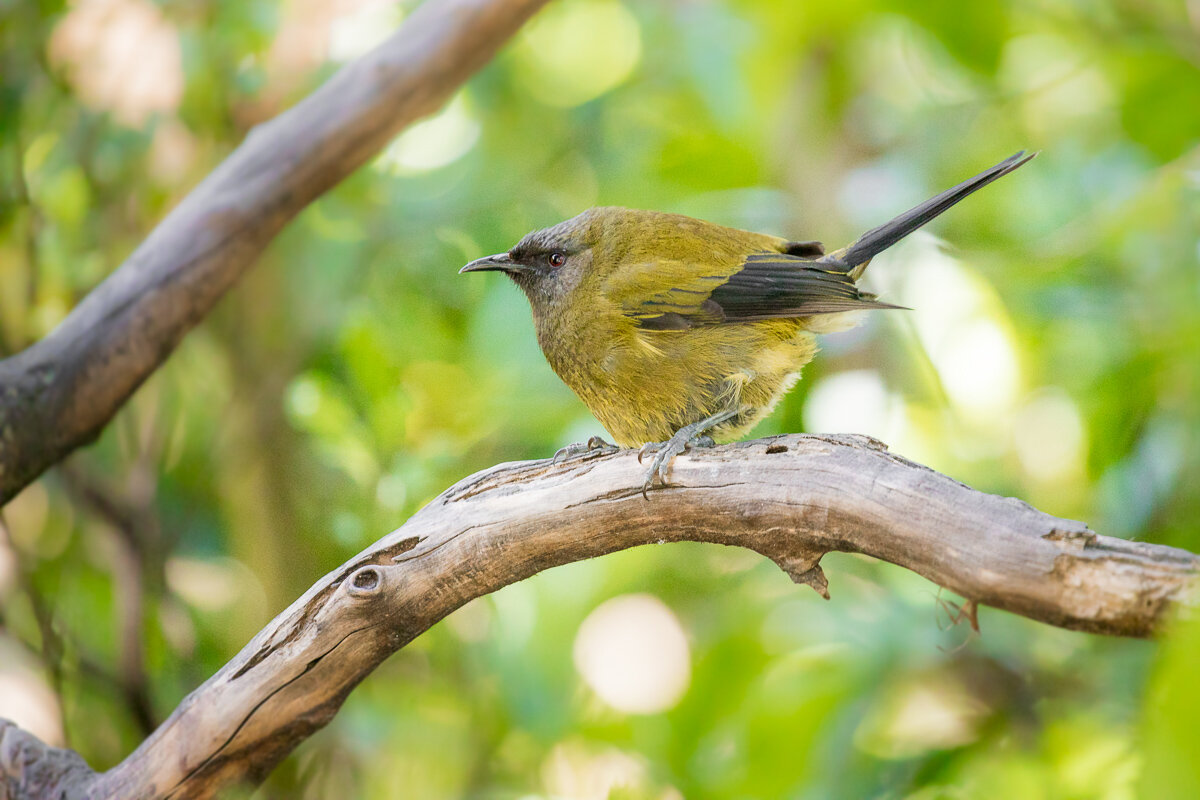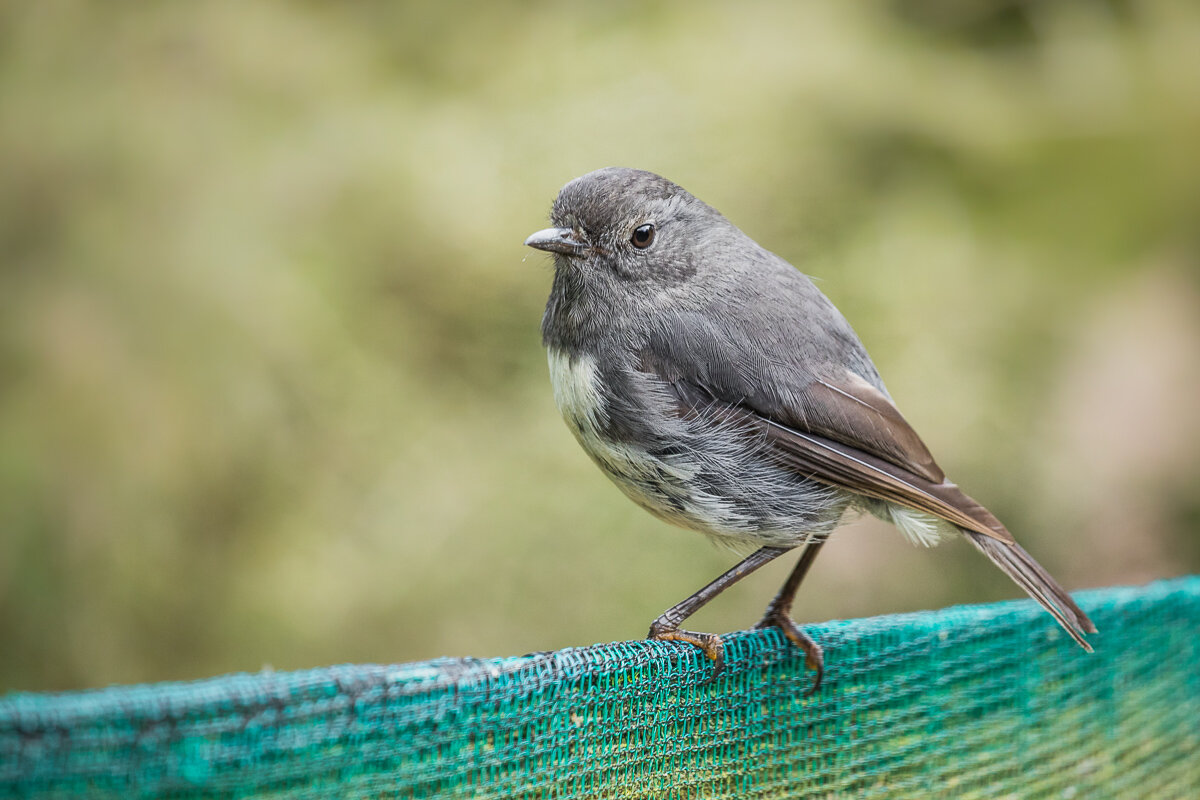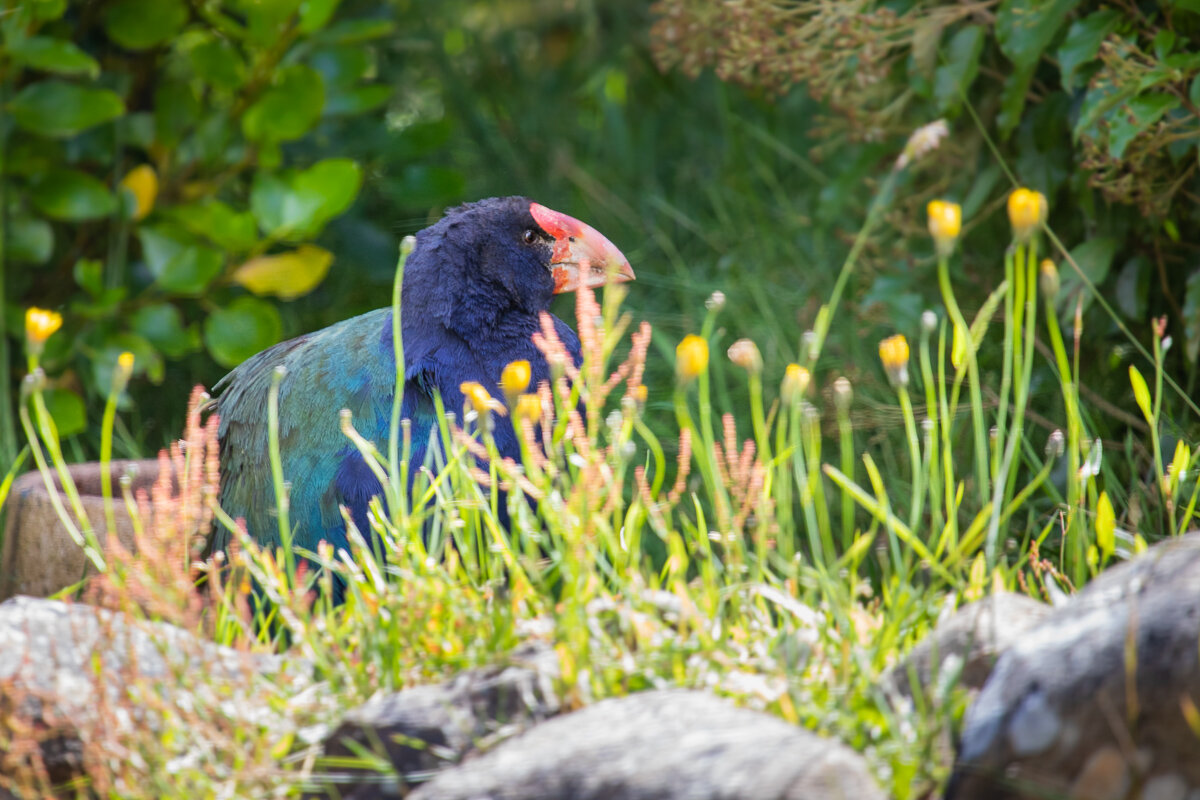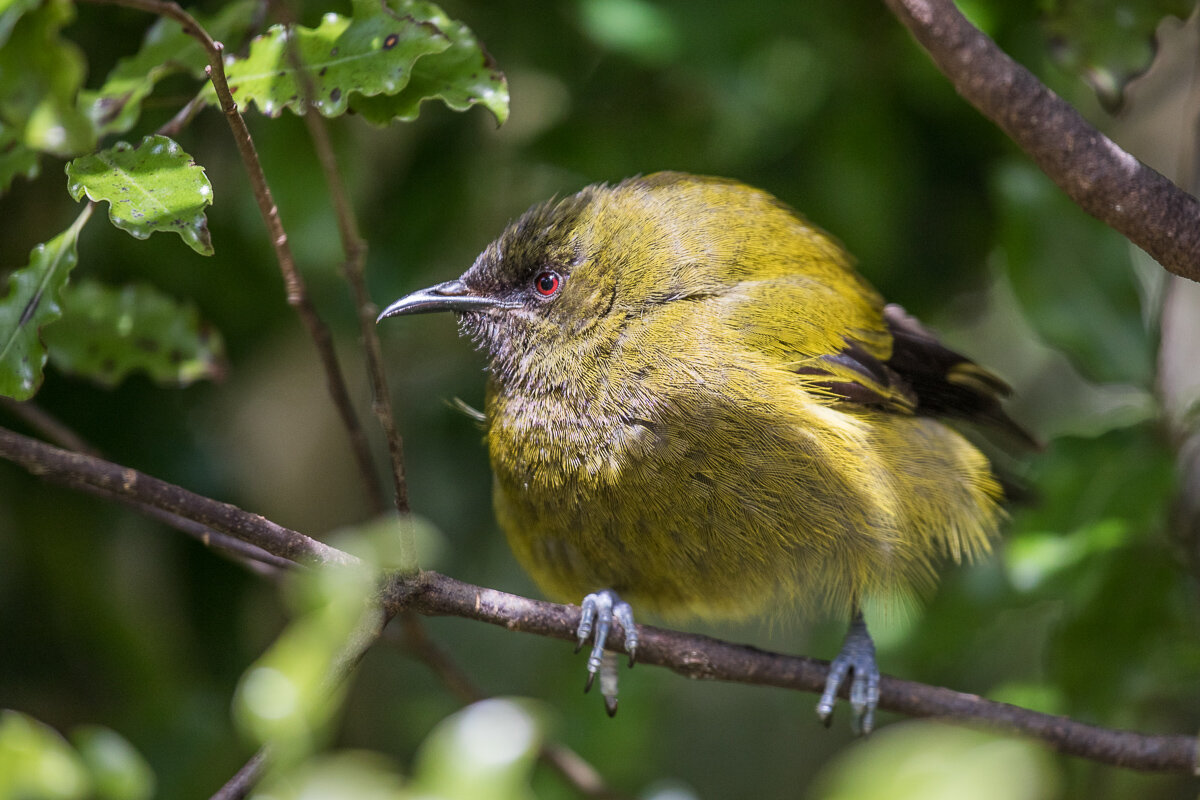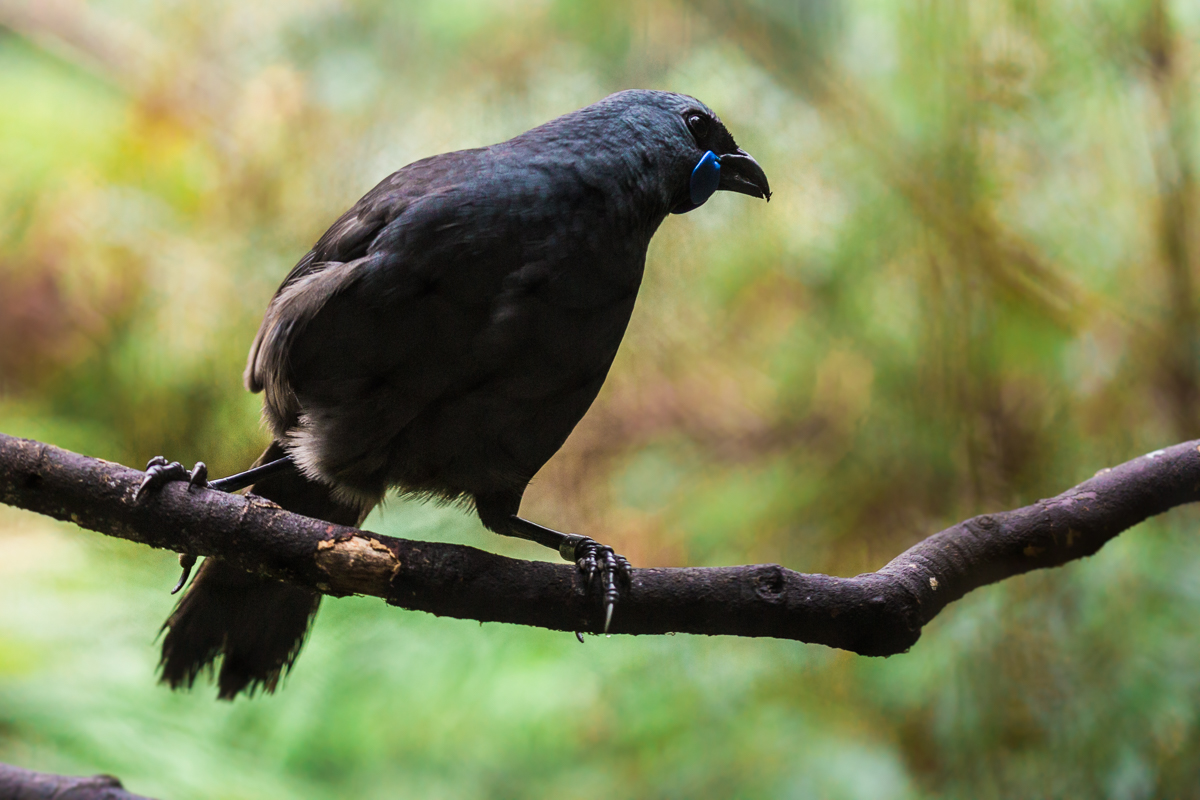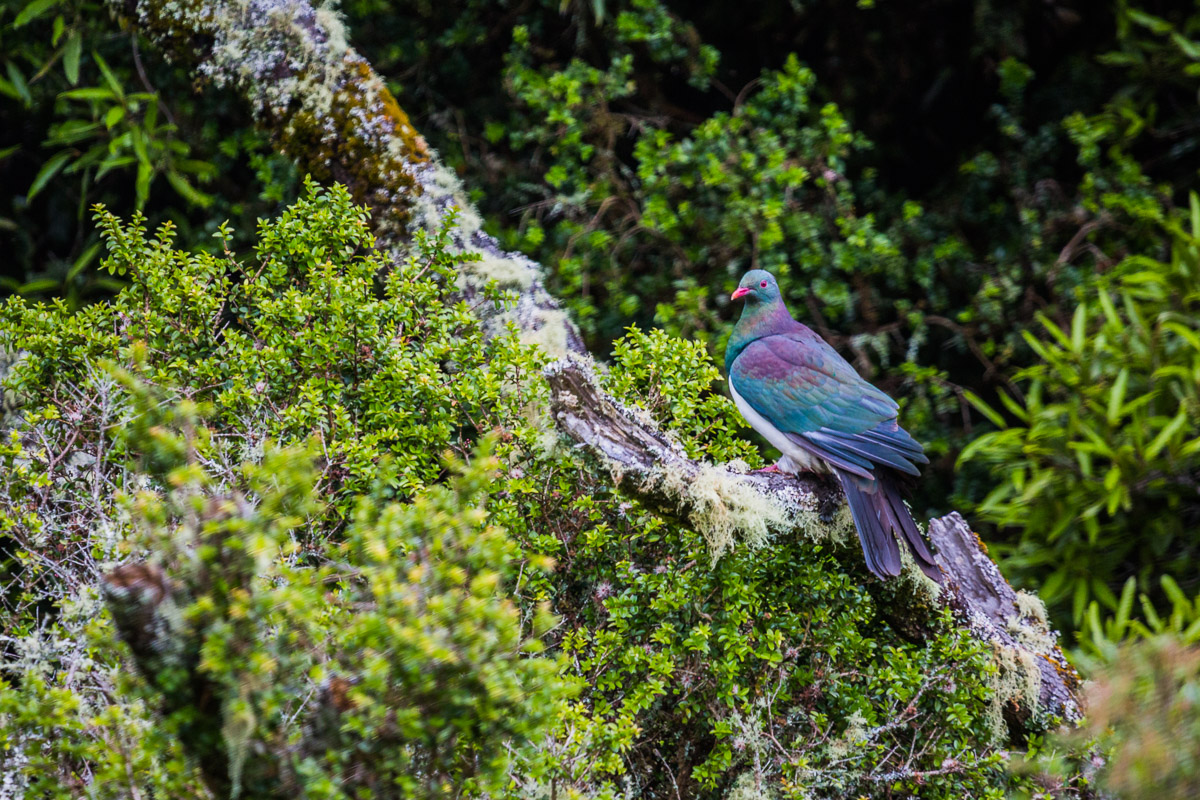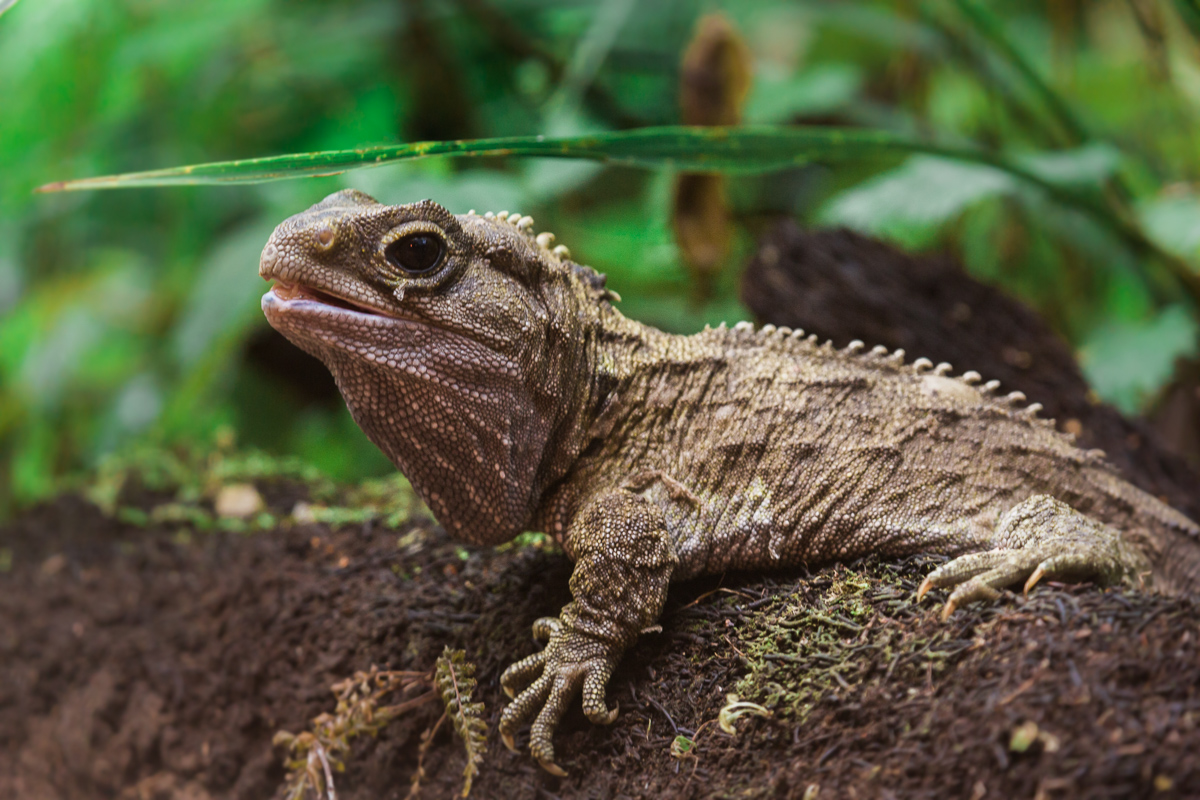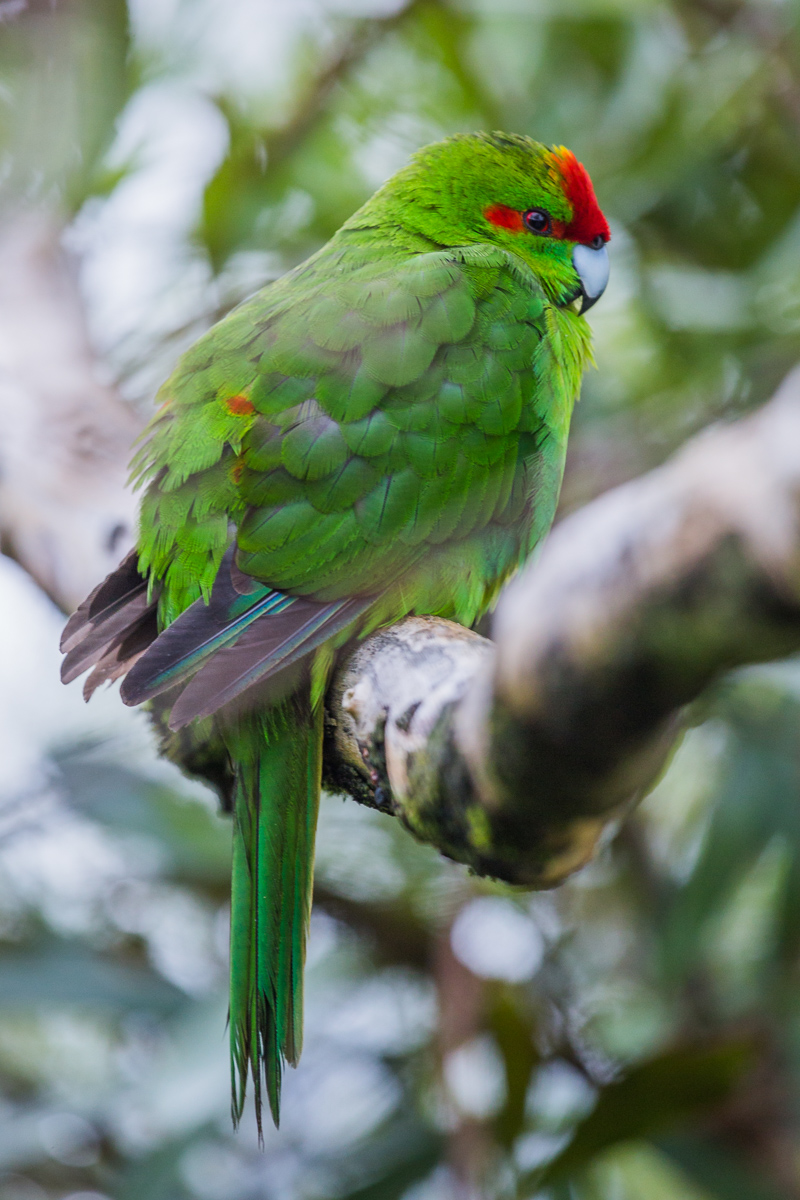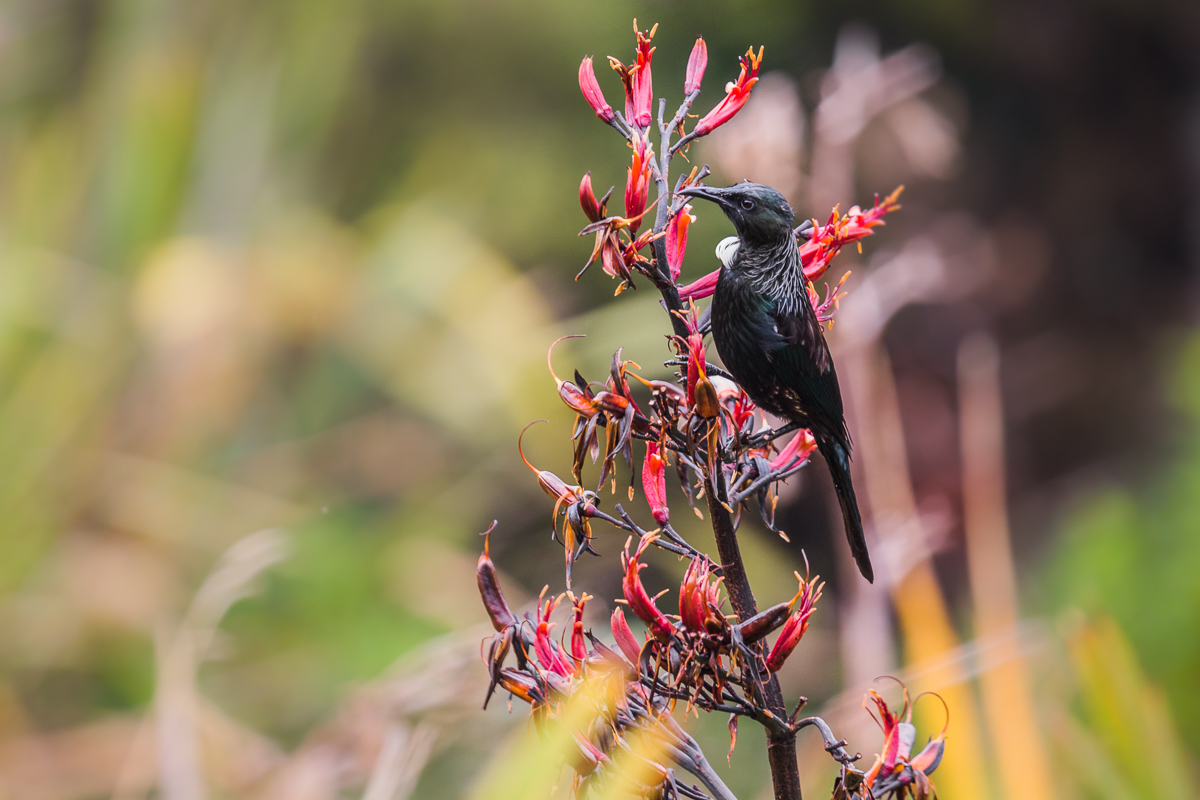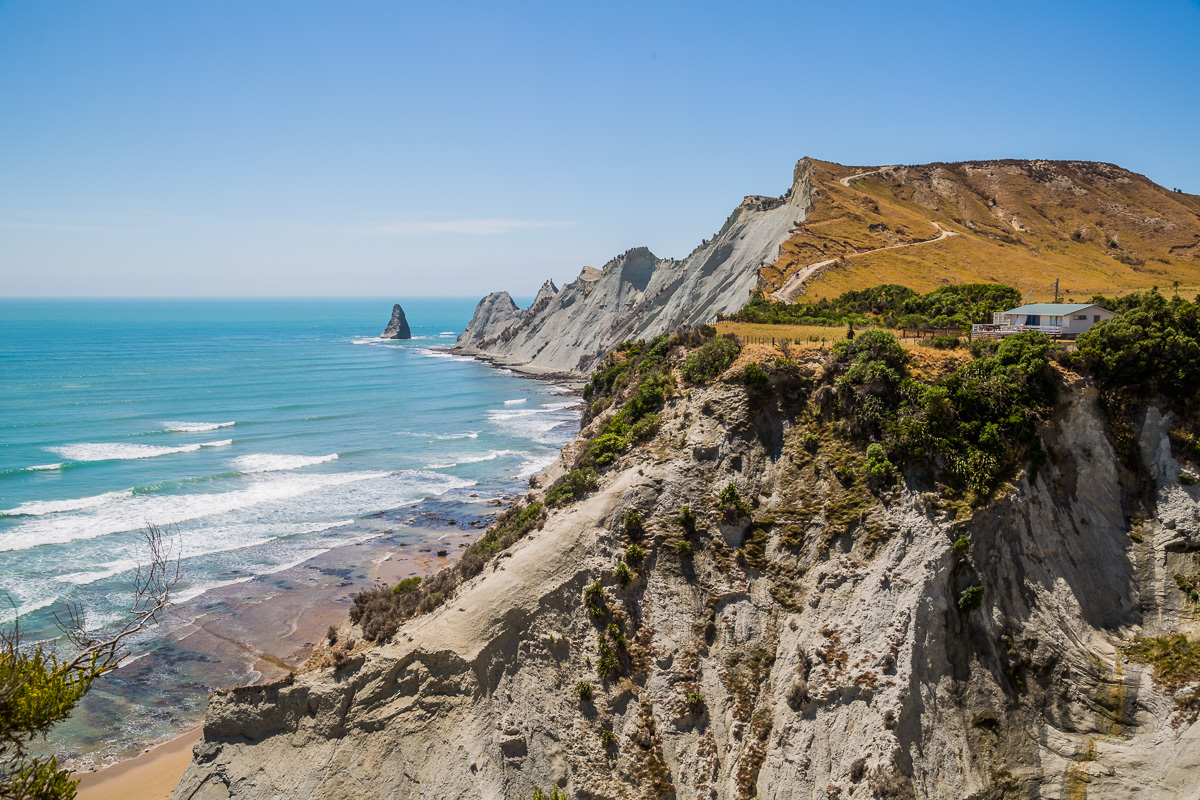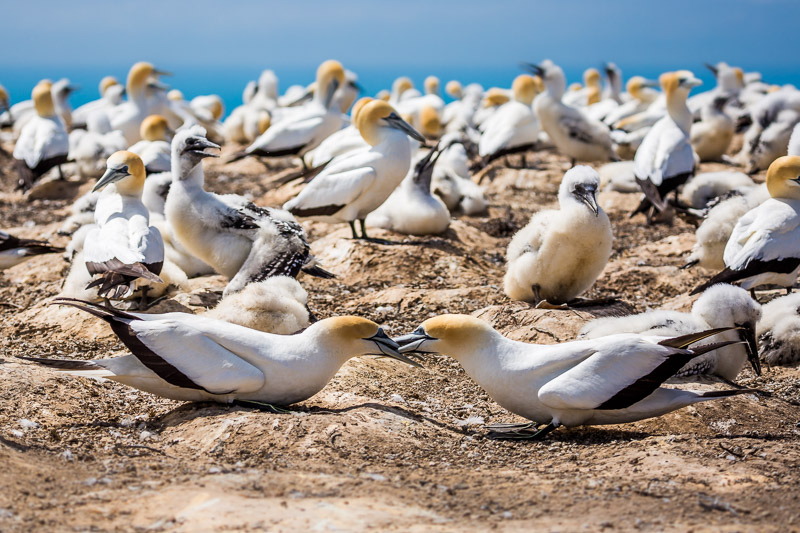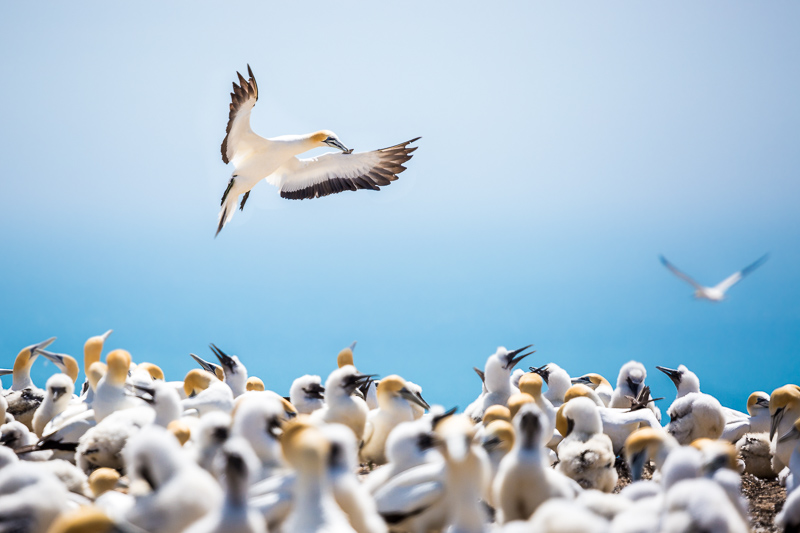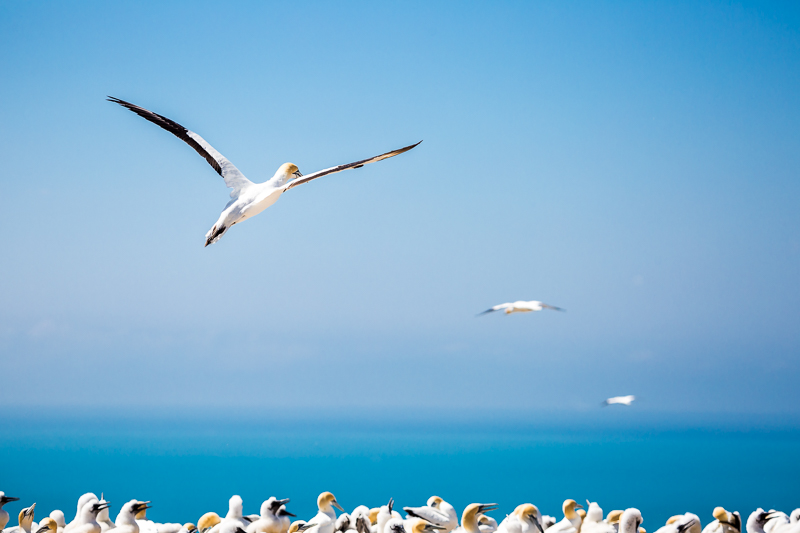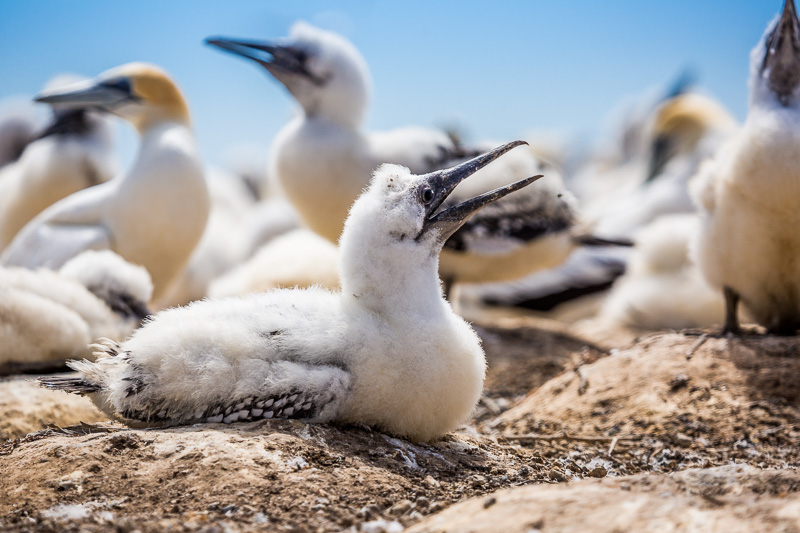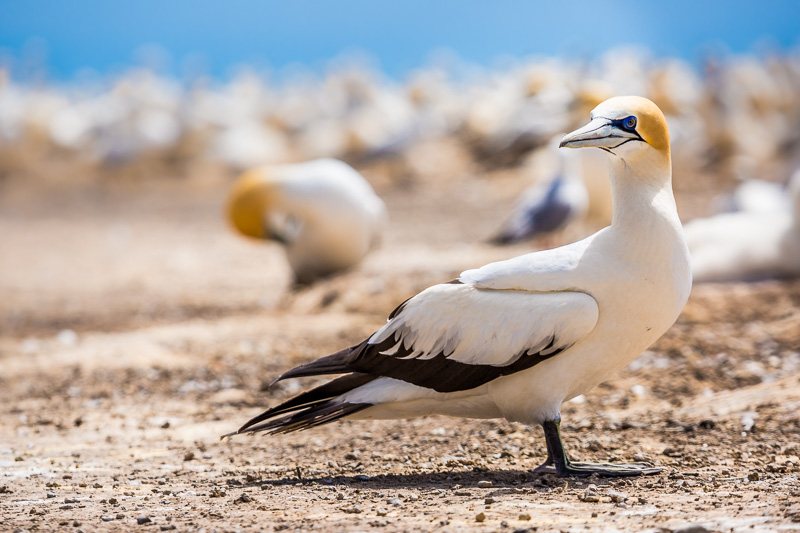In Kings Canyon National Park, I had the privilege of photographing the chipmunks, American robins, Western Bluebirds, and White-headed woodpeckers that inhabit the park’s forests. The forests at this park offered some really incredible lighting for some of the images - particularly the contrasted side lighting in the chipmunk images I am sharing here. Join me through a little walk in the woods where we encounter a range of inhabitants of this beautiful valley…
bird
Nature's Avian Architects
This week, I share photos of the weavers at San Diego Zoo, namely the Taveta Golden-Weaver and the Baglafecht Weaver. Both species are native to the grasslands of Africa and are known for their intricate nests and bright yellow feathers. In building their nests, males carefully assemble long blades of grass in an attempt to capture the attention of a mate. No two nests are exactly the same: the individual fibers and leaves chosen for in their construction affect the look and feel of the resulting nest.
Balboa Park's Urban Wildlife
In San Diego, you don’t need to go too far to encounter wildlife. In fact, Balboa Park - a popular tourist spot featuring an assortment of local museums, gardens, and eateries - is an excellent place to spot some urban dwellers such as black phoebes, squirrels, and Eastern bluebirds. Here are some of my favourite images from an afternoon spent walking around the park and appreciating the urban wildlife that lives in this beautiful corner of Southern California.
Memories of Sunnier Summer Days
Brrr! It sure has been cold outside these days! (For those of you who are not in the US, much of the country has been facing some serious ice storms this week). Although I do love the cold - and especially the snow -, I thought it might be a good idea to share some images of a warmer summer day at La Jolla Cove in San Diego. So, huddle up in your warmest layers and join me as I share some images of the incredible marine life of California, including sea lions, pelicans, cormorants, and even an osprey.
Memories of Home
Happy holidays! To me, the winter season has strong associations with time spent in Brazil with family, enjoying a christmas feast in the summer heat. It’s quite different from the stereotypical snowy winters of the northern hemisphere. So, this year I am bringing my holiday blog post closer to “home” and taking the opportunity to share some of the wonderful birds of South America. Of course, there’s a catch - these were photographed in San Diego Zoo’s tropical aviary, rather than their natural jungle environments. I hope you enjoy this somewhat unusual winter blog post, full of vibrant colours and charismatic wildlife!
Sea Lions and Friends
Another highlight of La Jolla is the local colony of California sea lions, which bask among the crowds of (almost perfectly evenly spaced) cormorants. The easiest way to tell them apart from the Pacific harbor seals which also inhabit these shores is to look at their ears: sea lions have ear flaps, whereas seals have only holes with no pinnae. Additionally, while sea lions live in La Jolla’s beaches year-round, seals are only seen there in large numbers in the winter.
In this blog post, I share a few photos of these amazing pinnipeds, as well as some of the feathered friends they share their habitats with. Enjoy!
Pelicans at La Jolla
There’s something so captivating about the highly contrasted golden light that follows a dramatic sunrise. Following on from my previous post, where I shared some images of the cormorant colonies at La Jolla Cove, this week I want to showcase this stunning light on the local California brown pelicans.
The birding enthusiasts among you will quickly note that these birds are not in breeding plumage. This visit was late in the summer, after the chicks were fully fledged and looking almost indistinguishable from the adults. However, I have plans to return in January next year to see them in all their breeding plumage splendour. Here’s to hoping that the stunning light makes up for their drab feathers this time!
Golden Light at La Jolla Cove
It has been a little while! Earlier this year, my husband and I (see our shared travel photography website here) moved from New Zealand to the United States, reducing all our belongings back down to two suitcases. In doing so, we sold off nearly all of our camera gear and took a bit of a gamble in switching to a mirrorless system. I’m happy to say it was a big upgrade - the Canon R3 is a huge step up from the 5DIII, and I have been having an absolutely fantastic time with this camera.
My time in San Diego, California, has allowed me to explore some incredible new places, brimming with new photo opportunities. Now I am back and ready to share many exciting new images here on the blog!
I will begin by sharing some sunrise images of La Jolla Cove, which has proven a fantastic place to spot seabirds, seals, and sea lions. Let’s start with some beautiful golden light over the cormorants and pelicans this week. As always, I will let the photos to speak for themselves…
Last Stop in Aotearoa
The Nelson Lakes National Park was the final destination on our travels through the South Island of New Zealand. The region is known for its large lakes with crystalline waters. In the winter, it also serves as a ski destination, nestled perfectly between the lakes and the surrounding alps. An excellent way to end our time in Aotearoa, and one of the very final places we had left to see here.
Keep an eye out for my blog posts over the next few weeks to see what I’ve been up to since moving all the way from New Zealand to the United States!
Abel Tasman Surroundings
The Abel Tasman region of New Zealand has many wonderful views to offer - green countryside, perfectly transparent water springs, and orange sand beaches! It is also at the very top of the South Island, meaning it has milder climate than most of the remaining island, and warm summers. Besides, the biggest city in the region, Nelson, has some of the best restaurants and wineries in all of New Zealand. It is no wonder the place is so popular with holidaymakers and retirees!
Below are just a few of my images from my brief visits to the Te Waikoropupū Springs and two of the local beaches…
West Coast Wildlife
New Zealand’s West Coast is full of opportunities to observe the local wildlife - from the friendly South Island robins and curious weka, to crowded colonies of New Zealand fur seals. In this blog post, I have gathered only a few of my images of the fauna that inhabit this special corner of Aotearoa.
Pancake Rocks and Their Inhabitants
These rock formations in New Zealand’s West Coast are, of course, named after their looks - they look like stacked rounded layers somewhat resembling pancakes. Pancake Rocks even boasts a suitably-themed pancake-serving café near the entrance to the park. I visited on a stormy evening and, although the weather left much to be desired, the white-fronted terns (Sterna striata) that inhabit this location more than made up for the moody skies.
Kotuku Breeding Colony
The Kotuku, or White Heron (Egreta alba modesta), is commonly found across Oceania and Asia. However, they are not usually seen in their plumage, where they gain exaggerated wing feathers and a blue tint to their faces. There is only a single breeding colony of White Herons in New Zealand, located in the Waitangiroto Nature Reserve. Access is only possible with a guided White Heron Sanctuary Tour, as the land is under protection of the Department of Conservation. The tour is certainly worth it, as it is a pretty guaranteed way to view dozens of Kotuku pairs courting, nesting, and tending to their chicks. We were there during peak courtship time, and so also caught the full spectacle of the species’ breeding plumage. Our visit took place in mid-morning, meaning light was a bit harsh, although that did make for some very dramatic images.
Cute Little Visitor
Female tomtits have adorable disproportionately large heads for their minscule bodies. I was fortunate enough to spend some days living right next to a pair of these beautiful birds during my visit to Franz Josef village, and the female would often bring about new nesting material. Watching her hop from tree to tree through my telephoto lens was a great way to spend a lazy afternoon!
Birds of New Caledonia
One of the perks of my work is that I get to visit some beautiful places and get to see some amazing animal species. For three years, I visited New Caledonia to work with the incredible New Caledonian crows, a species that crafts and uses sticks and hooks as tools to extract grubs from rotten tree trunks. Here are some images of these crows, and a couple other endemic bird species that can be seen in the Grande-Terre island.
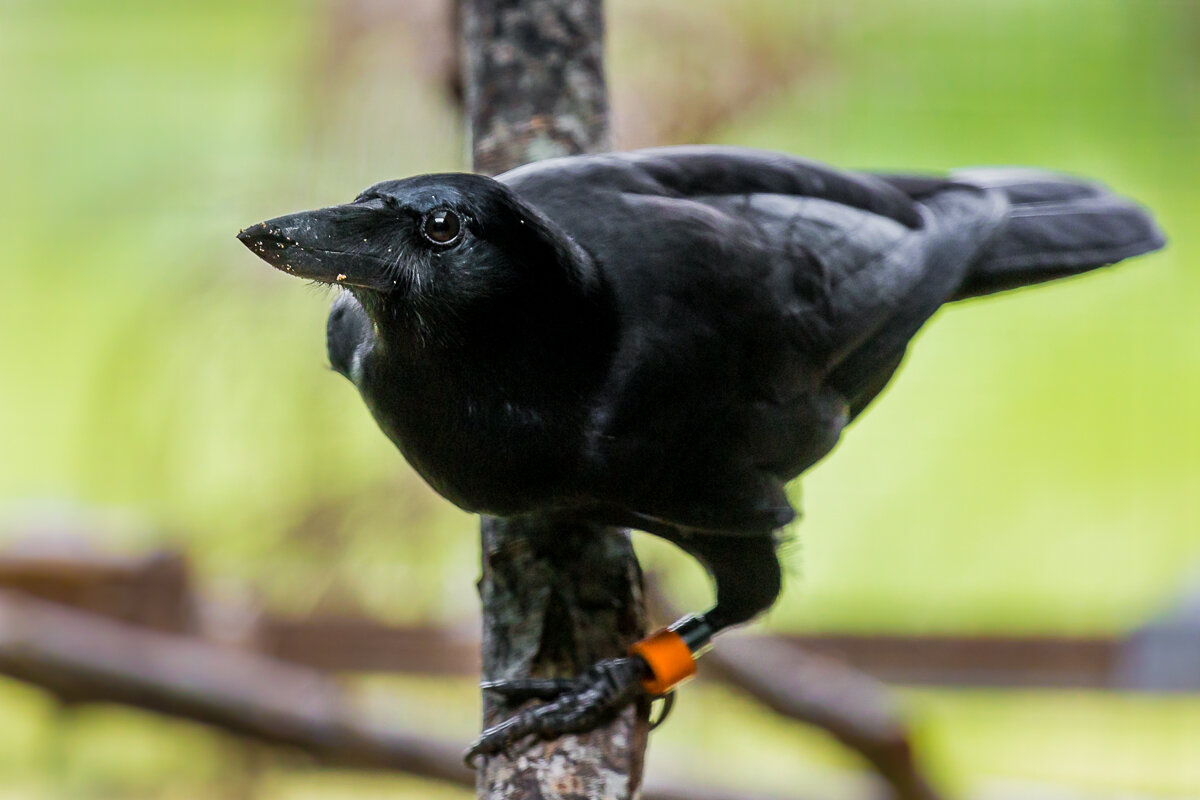

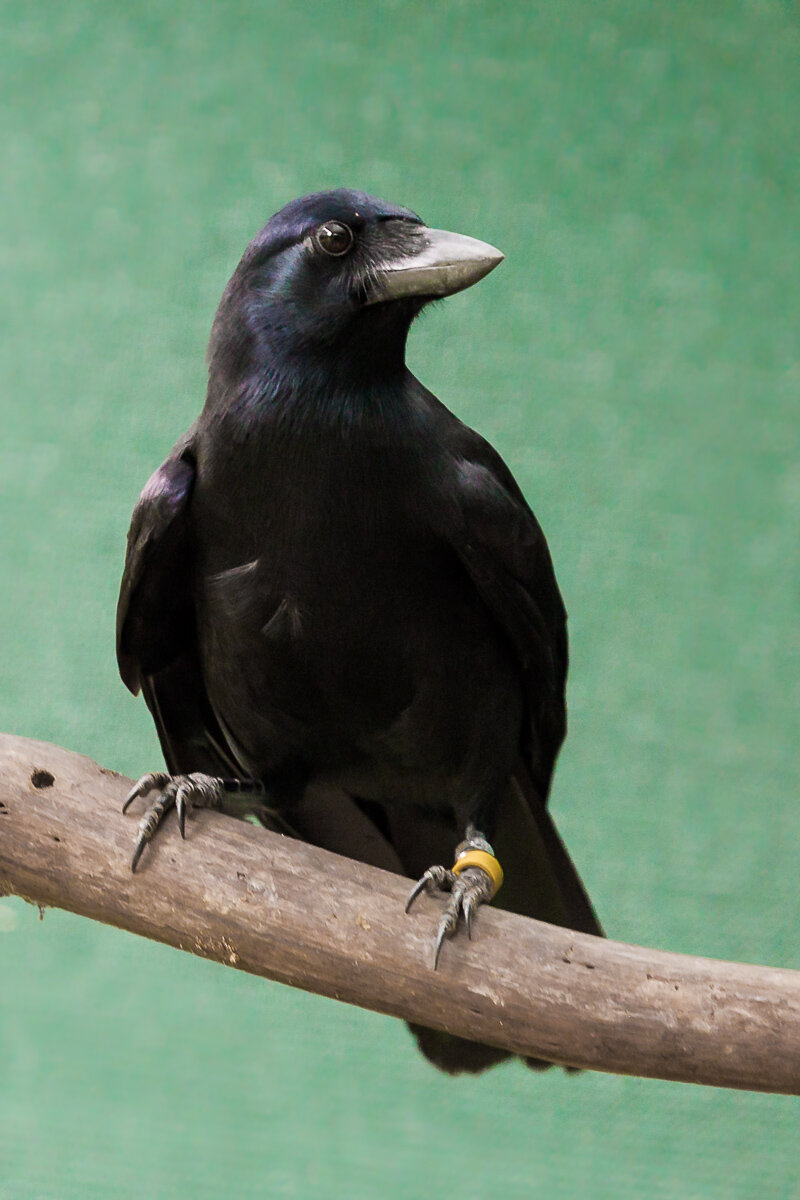


Birdwatching at Sea
During a whale-watching cruise in Kaikoura, I photographed a number of seabird species that inhabit these coasts. Some of those migrate long distances each year, going as far as Antarctica. Here, I share some images of the Cape petrel, Northern giant petrel, Southern giant petrel, and the Subantarctic Black-browed Albatross. You can find more information about these birds at the Albatross Encounter Kaikoura website.
Birds of Dunedin
Dunedin, the so-called wildlife capital of New Zealand, is an excellent place to go birdwatching, especially seabirds. This is the home to Taiaroa Head, the world’s only mainland breeding colony of royal albatross. I paid a visit to the Royal Albatross Centre to see these magnificent animals up close, and although it was not the right time to spot chicks, it was still incredible to see these giants take flight so close by.
Orokonui Ecosanctuary
The Orokonui Ecosanctuary in Dunedin is an excellent place to meet some of New Zealand’s most charismatic bird species. This is an open natural reserve where endemic birds can live and breed in a large predator-free area. There are also plenty of bird feeders to supplement the birds’ diets. The many walks at the sanctuary can easily provide a whole day’s worth of birdwatching, and are definitely worth a visit.
Pukaha Mount Bruce Wildlife Centre
The Pukaha Mount Bruce Wildlife Centre is located in the region of Wairarapa. It houses a wide range of native New Zealand birds, including the rare kokako and takahe. It was a lovely afternoon stop on a cloudy day.
Here are some images of the New Zealand fauna which can be seen at the sanctuary.
Gannets at Hawke's Bay
Cape Kidnappers is the largest terrestrial colony of Australasian gannets. Every winter, adult gannets flock here to mate. They raise a single chick every year, which fledges by the end of April. Surviving chicks embark on a long trip to Australia’s southern coasts, where they will mature into adults, before they return to their colony of origin. Only thirty percent of all chicks return each year.
We spent our first morning of 2018 here whilst staying in Napier. It was a fantastic way to see in a new year, right up close to these giants with 2 metre wingspans.

